Latest from the blog
The best articles to enhance your Capacitor app. Do more with Capacitor and Capgo. Learn how to build a modern app with Capacitor.
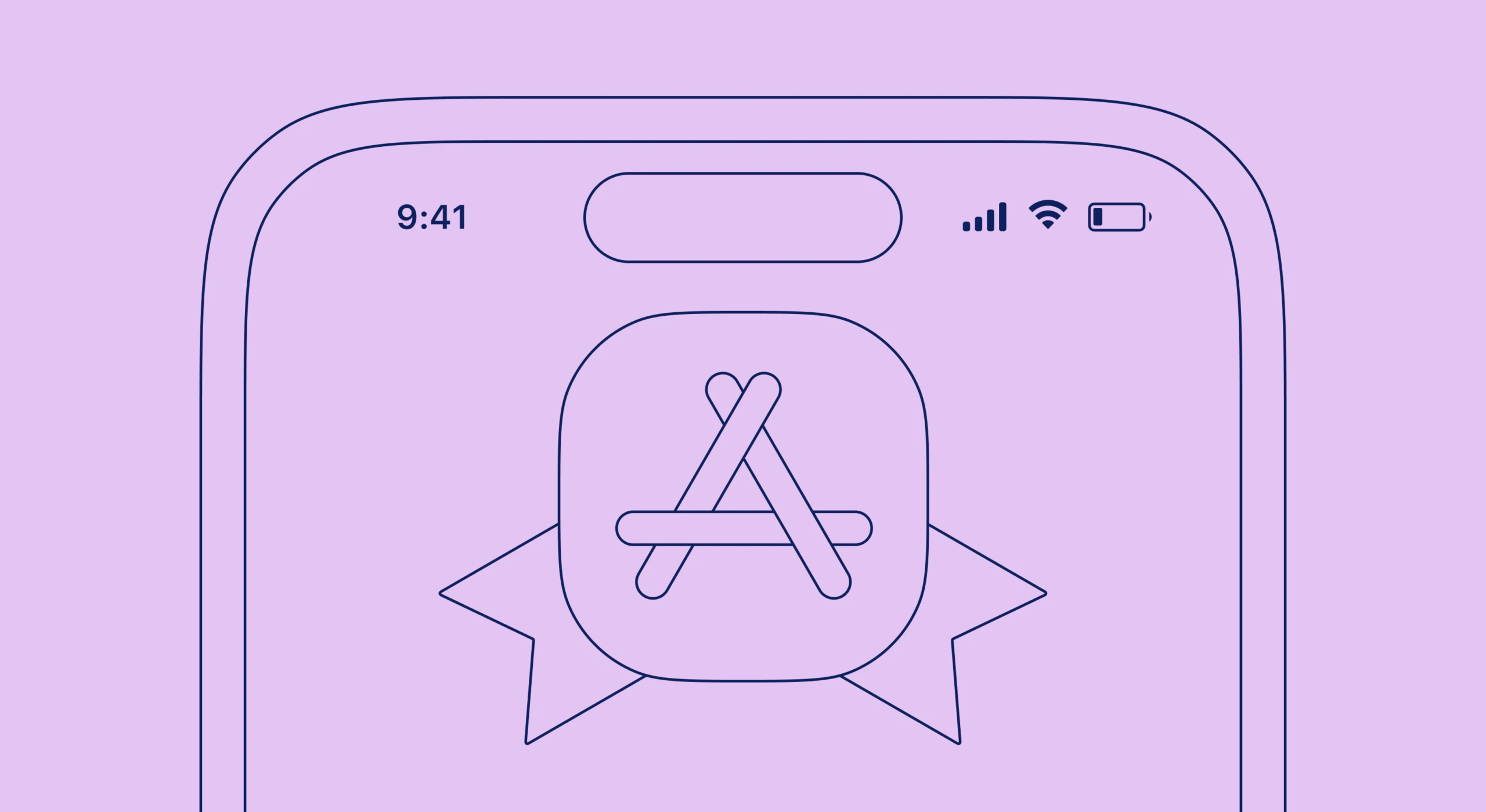
How to Pass App Store Review for In-App Purchases in 2025

Edge-to-Edge Display in Capacitor Without Plugins
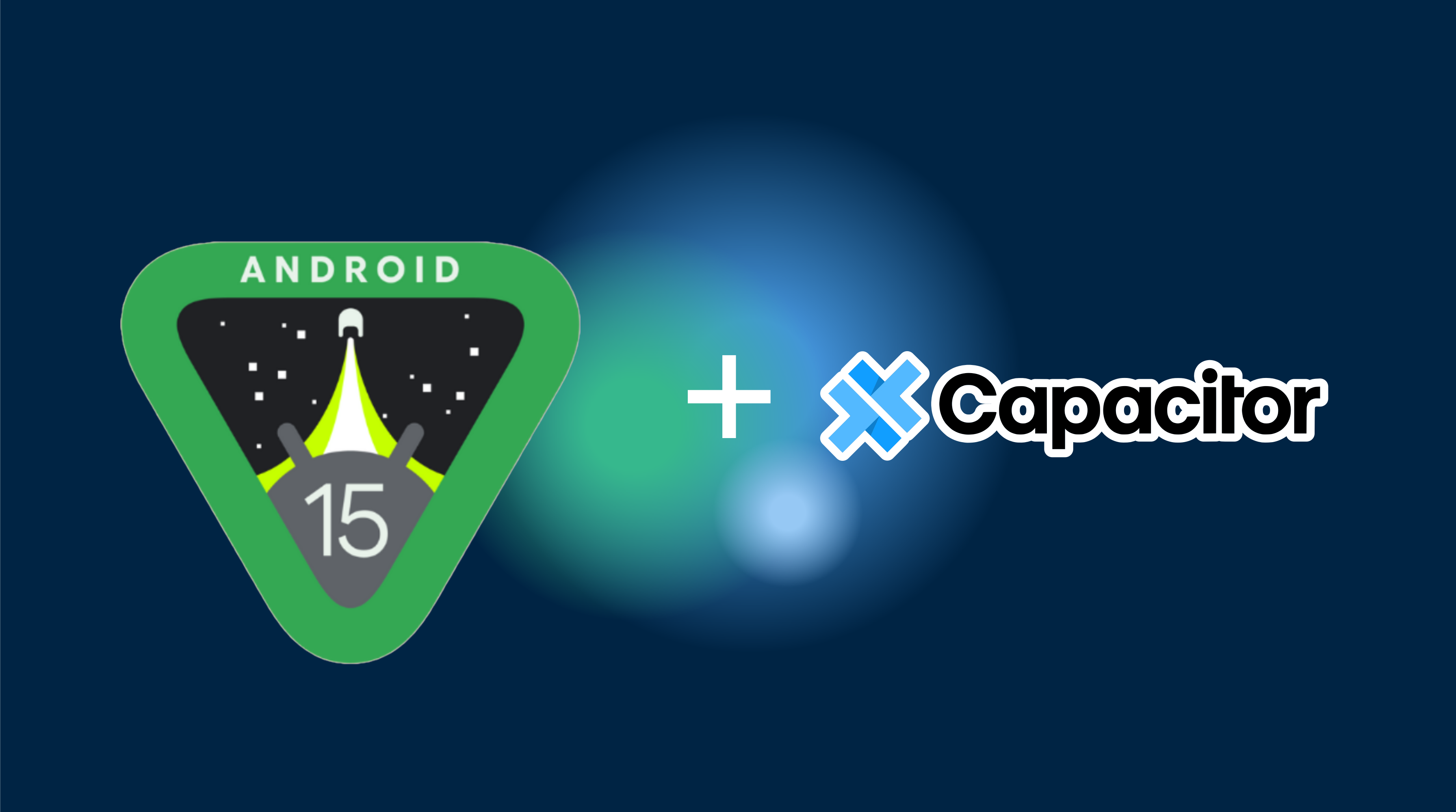
Android 16 KB Page Size: Find the Problem Plugin and What to Do Next

How Background Tasks Work in Capacitor
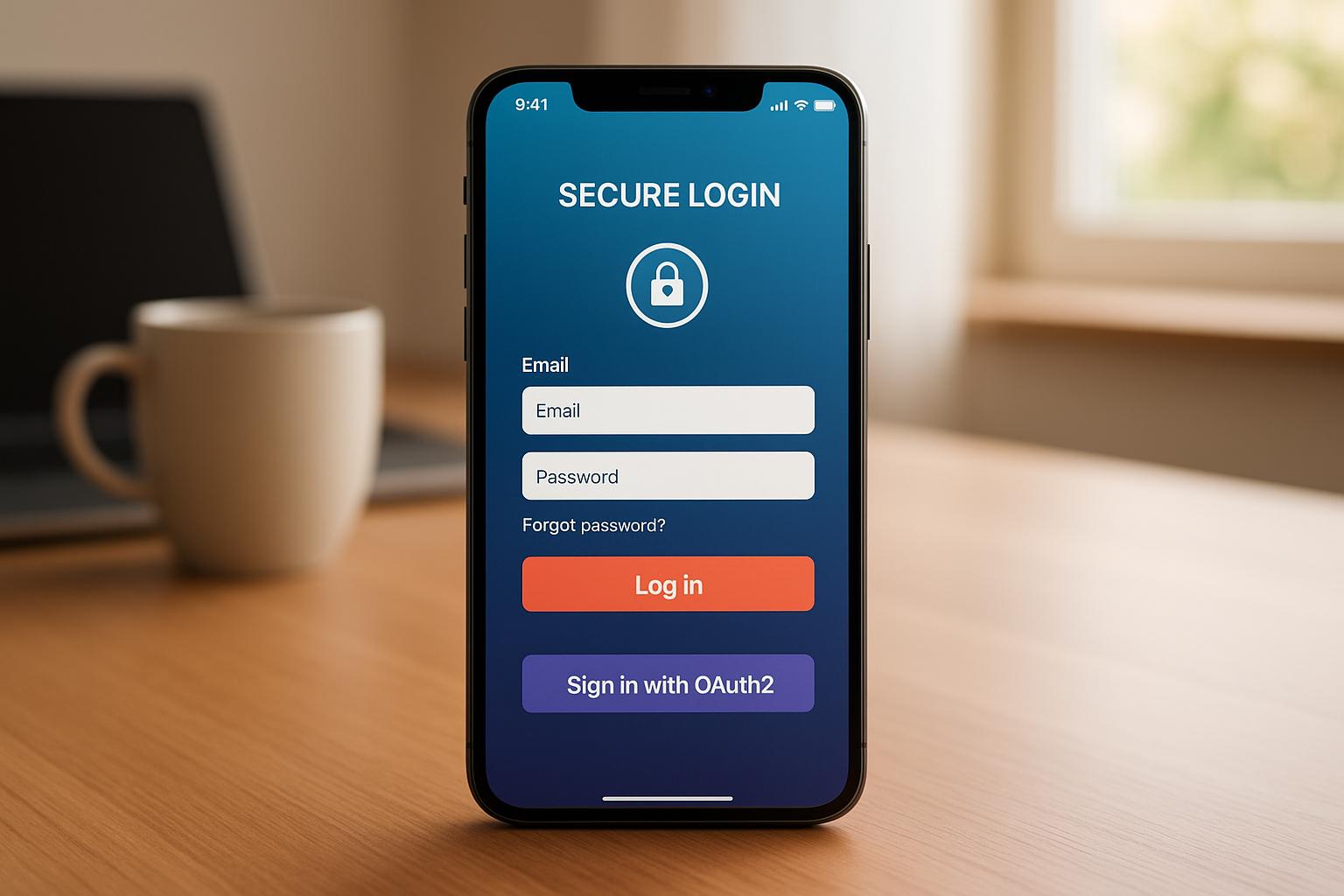
5 Steps to Implement OAuth2 in Capacitor Apps
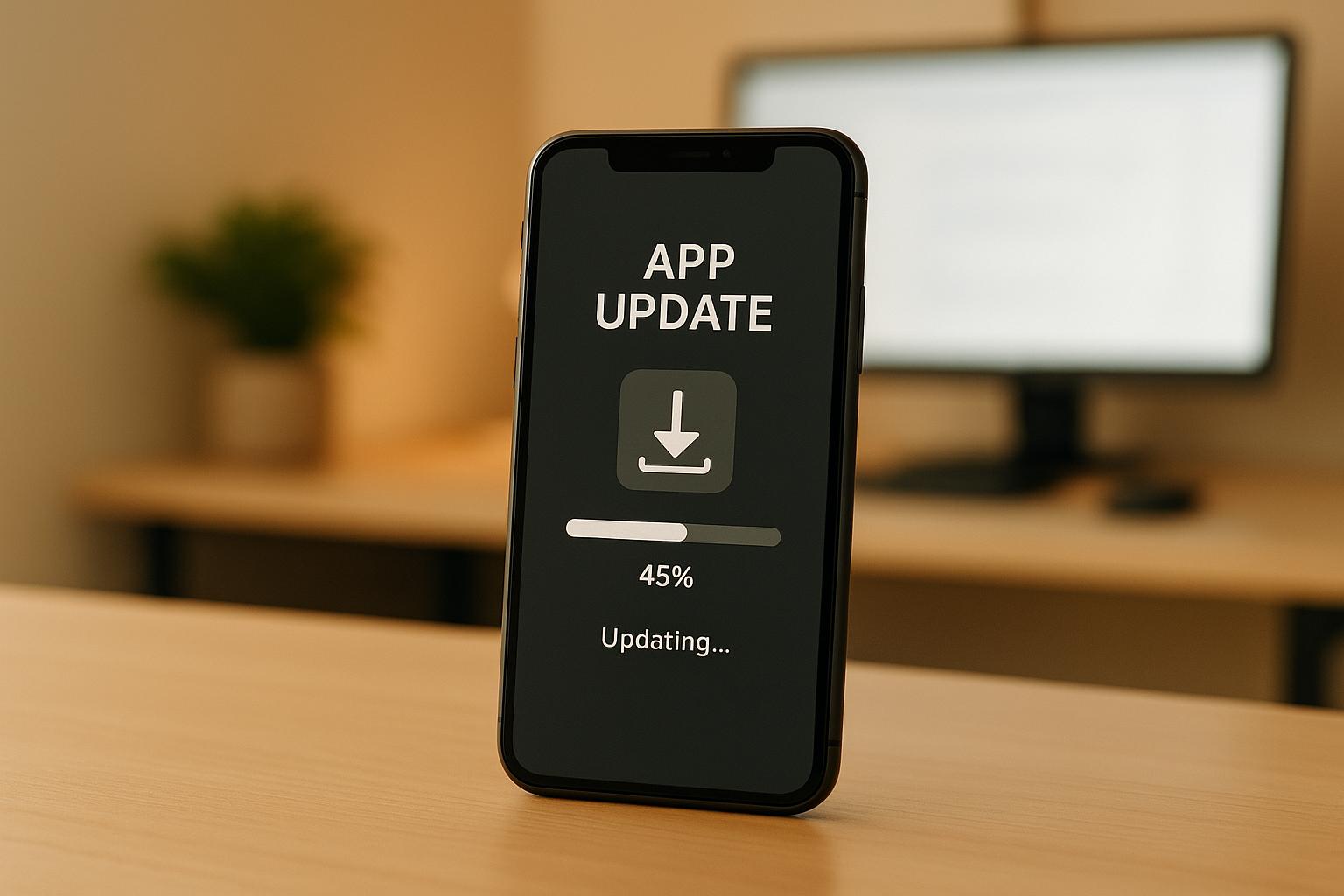
How to Optimize Capacitor Update Rollouts

Secure Token Storage: Best Practices for Mobile Developers

How Capgo Handles Version Control and Rollbacks
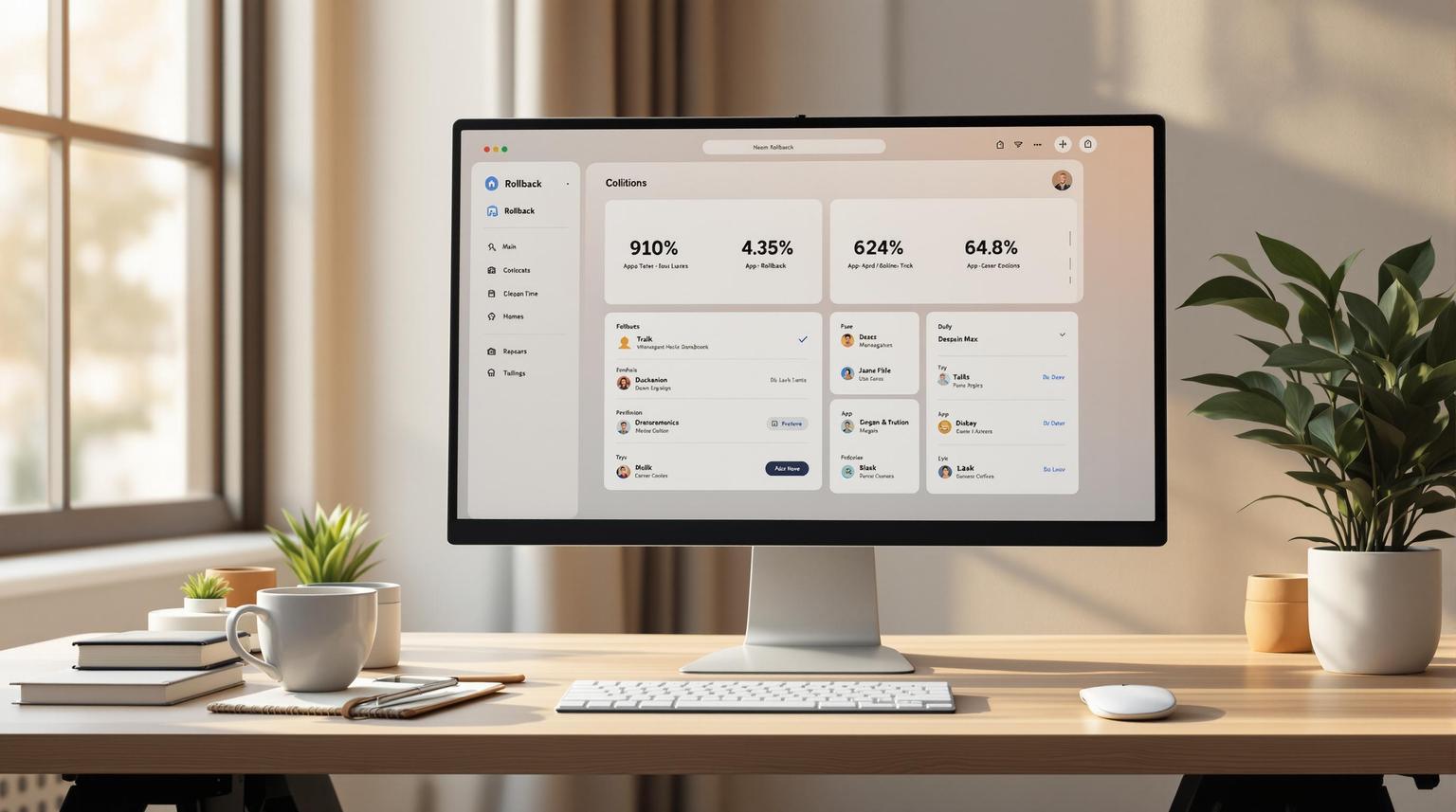
Rollback Management with Capgo: Guide
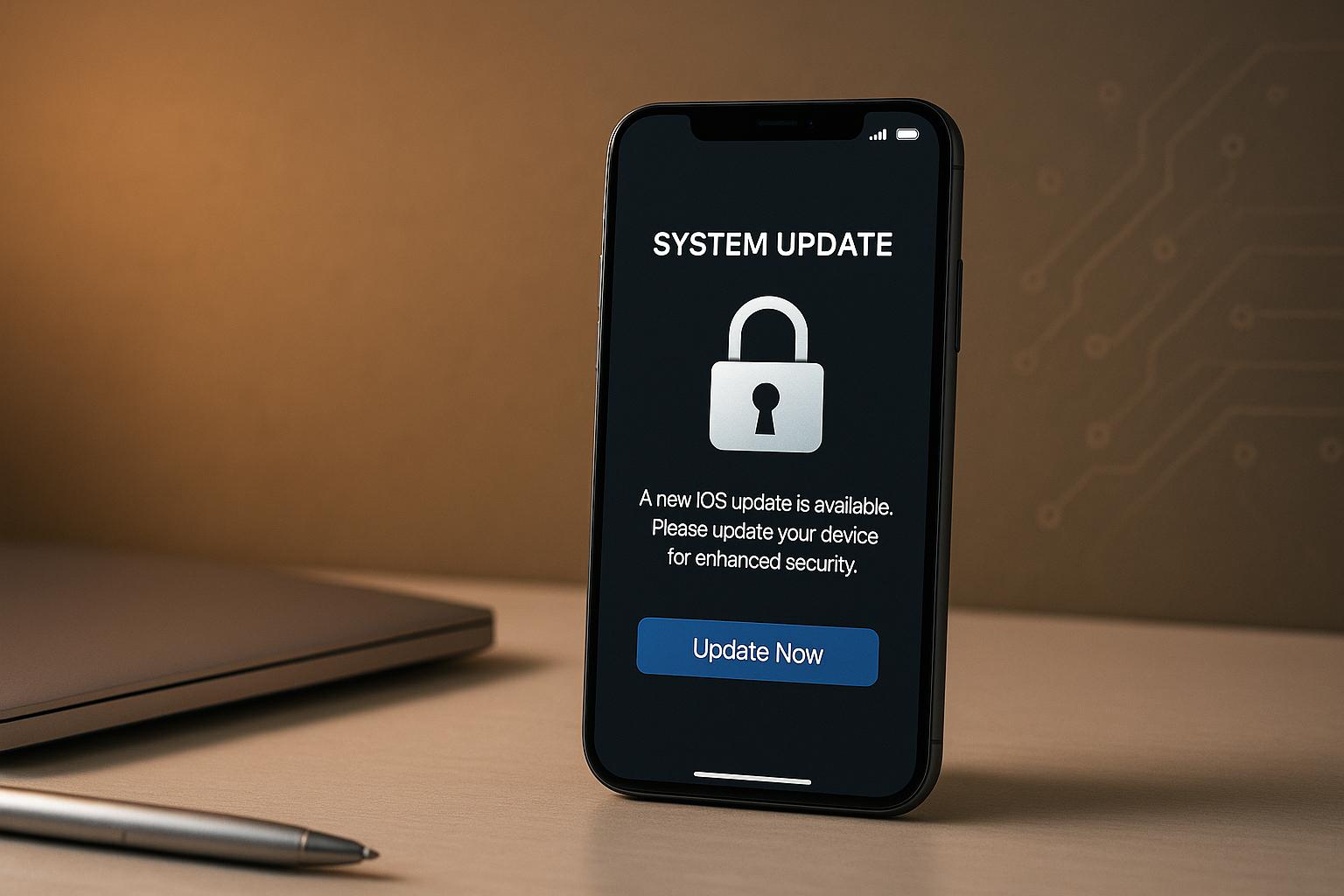
How Apple Enforces OTA Update Restrictions

Ultimate Guide to Capacitor Plugin Development
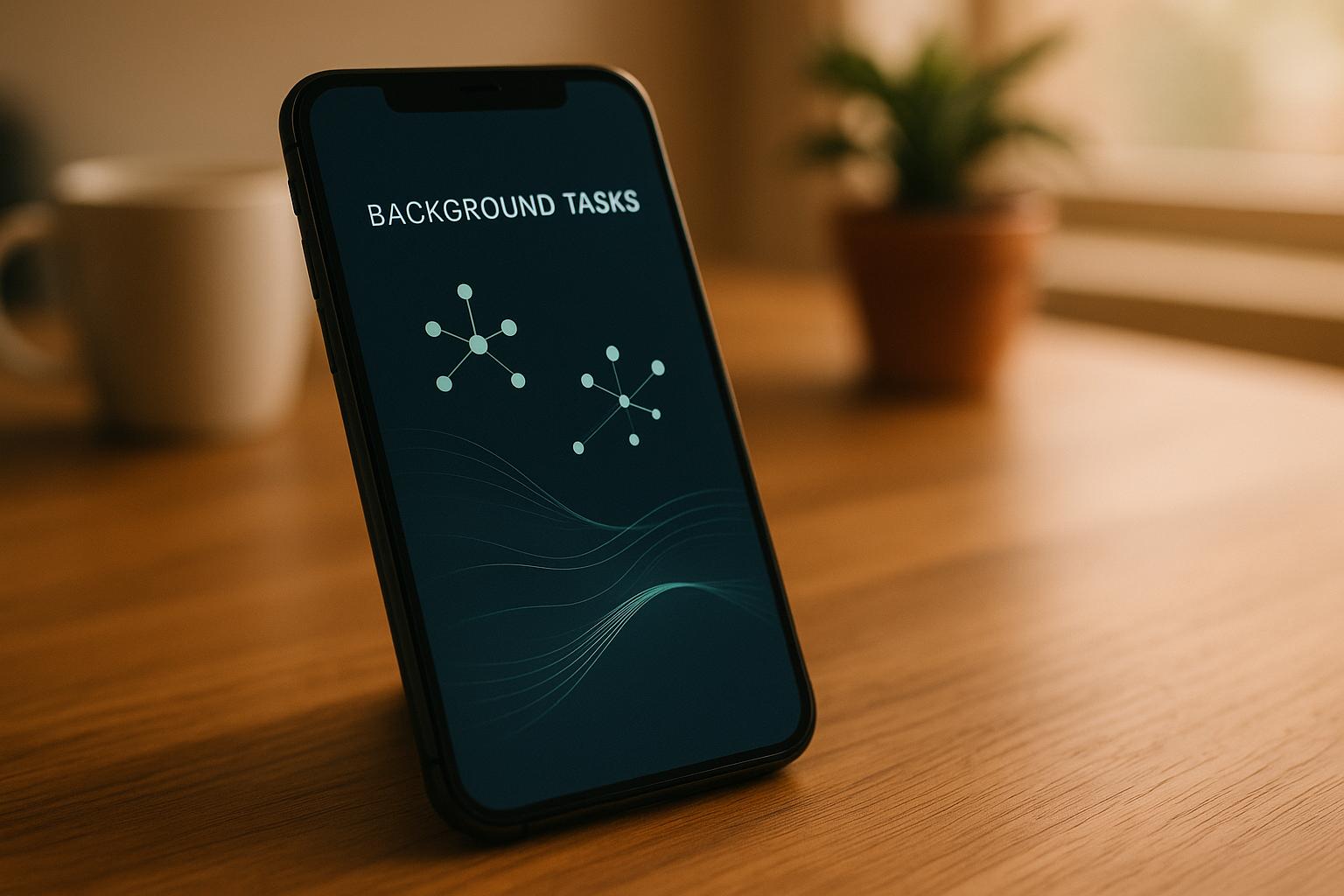
How to Optimize Background Tasks in Capacitor
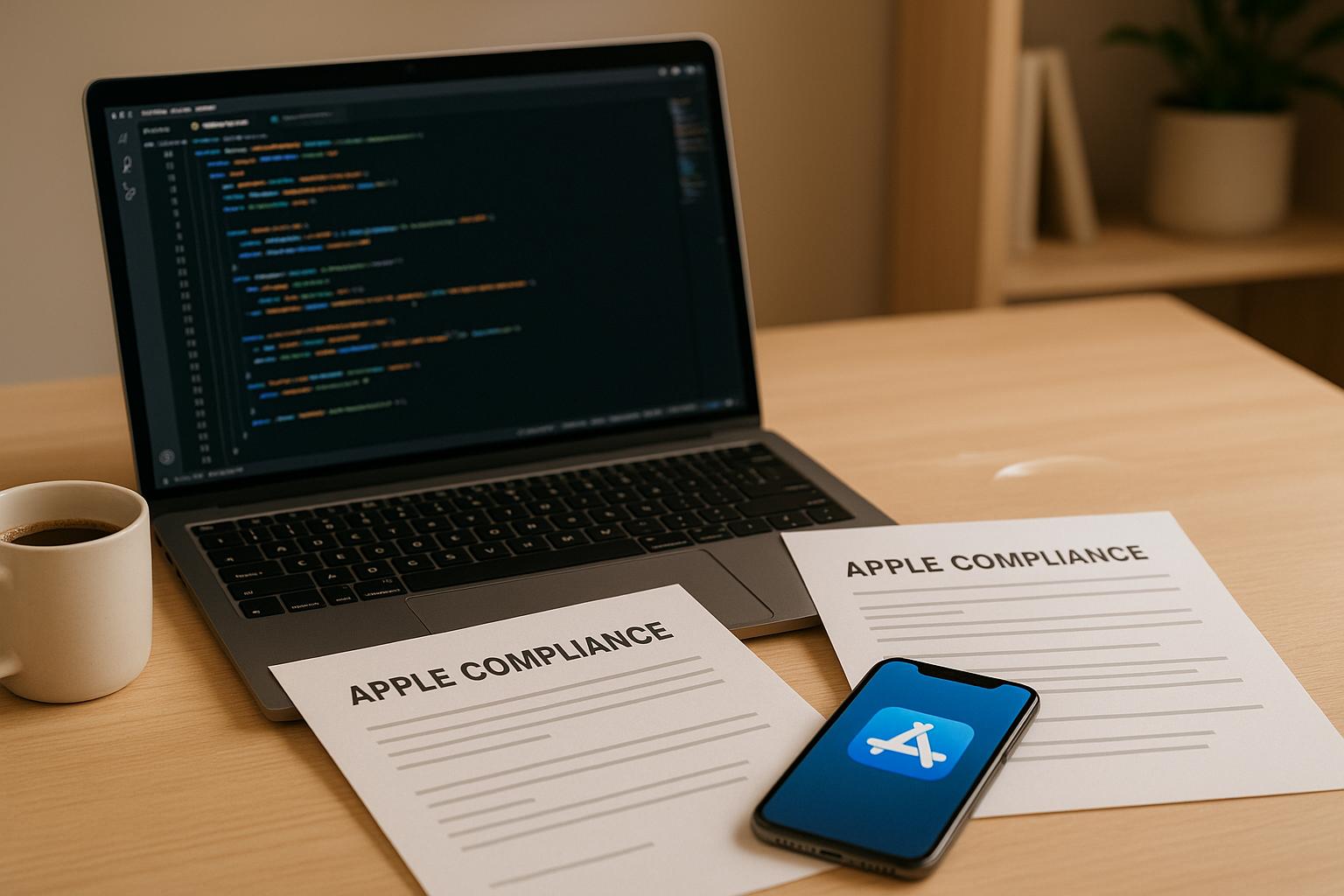
Third-Party Libraries: Apple Policy Compliance
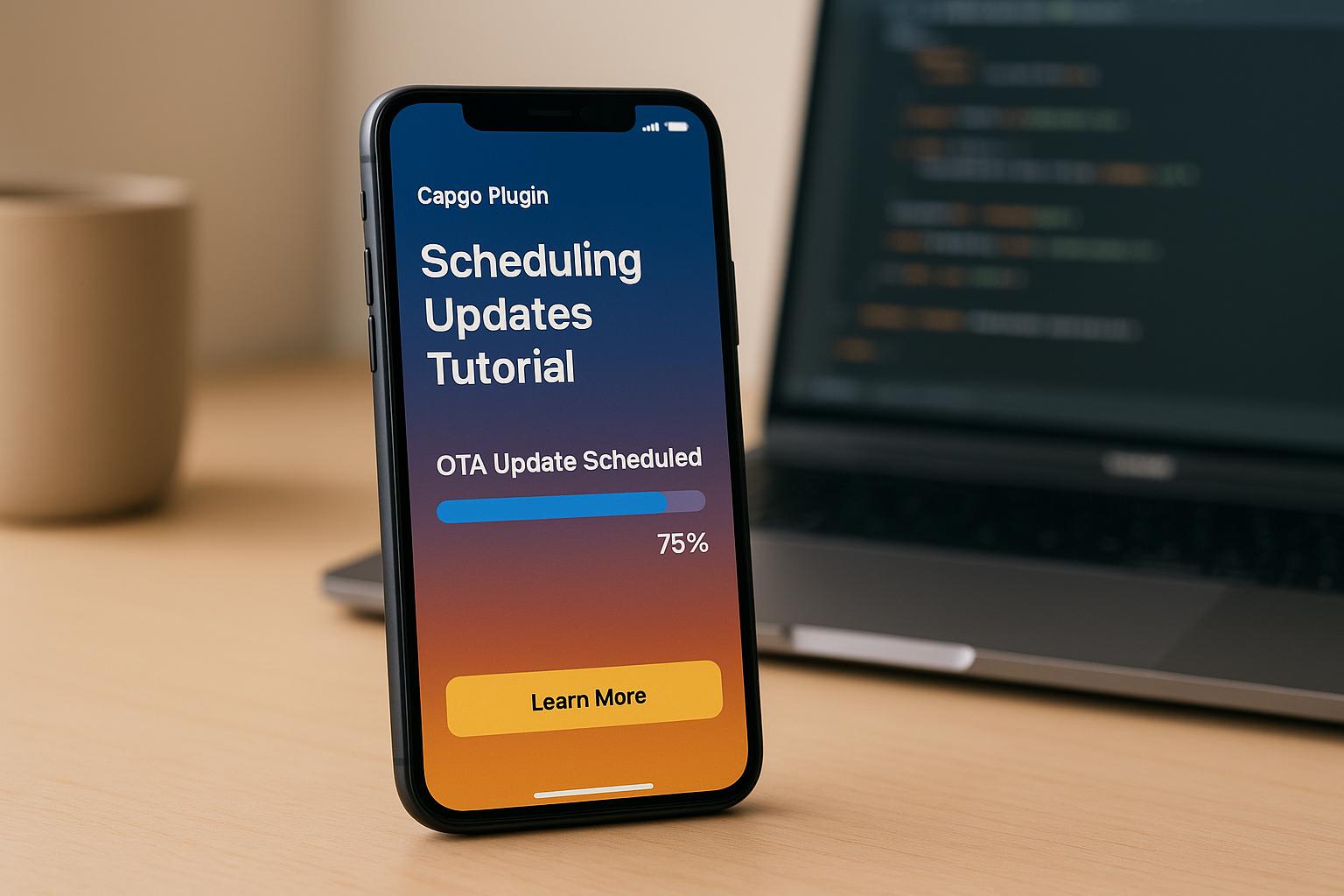
Capgo Plugin: Scheduling Updates Tutorial

Ultimate Guide to Animation Performance in Capacitor Apps
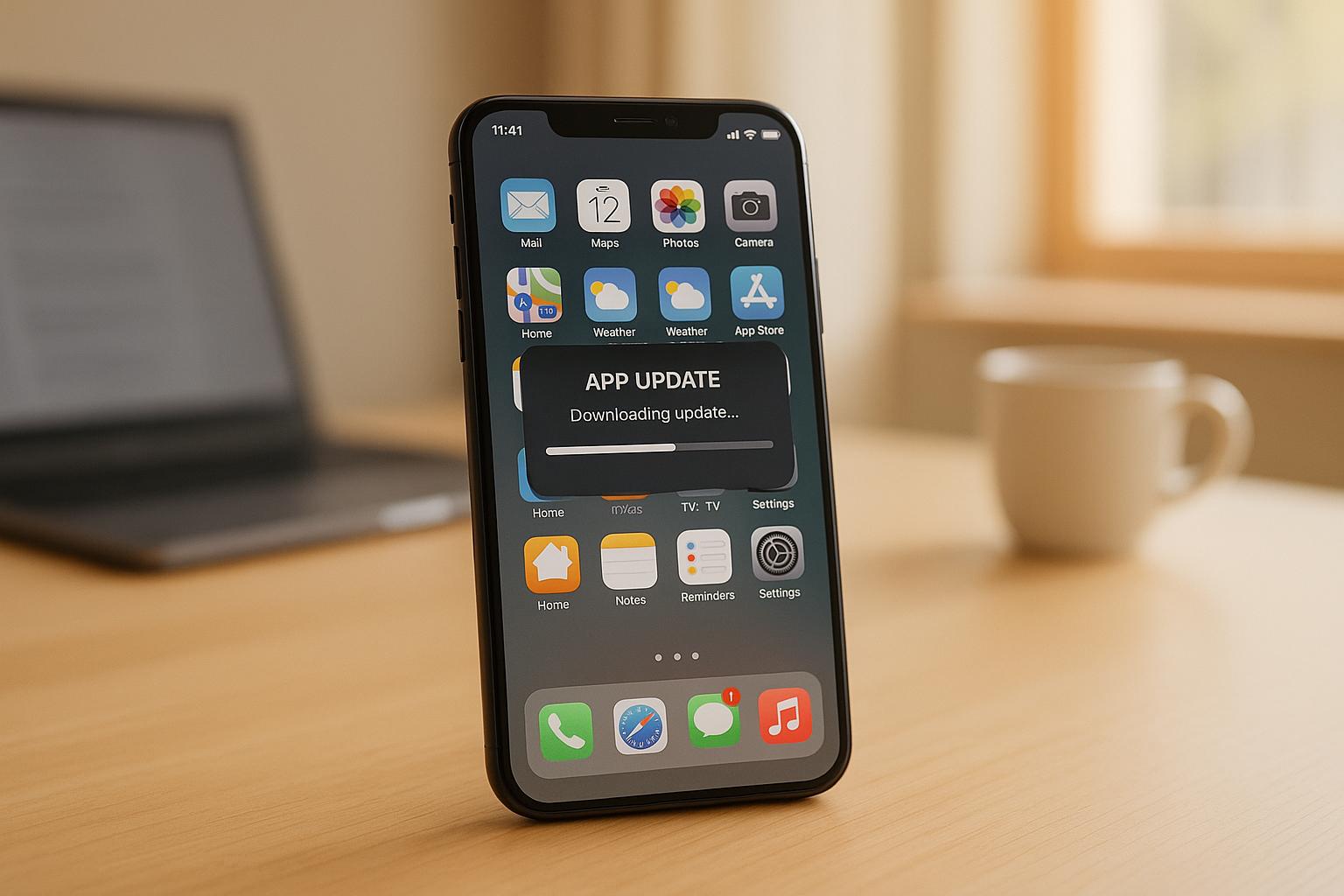
Capacitor OTA Updates: Use Cases Explained

Server Setup for Capacitor OTA Updates
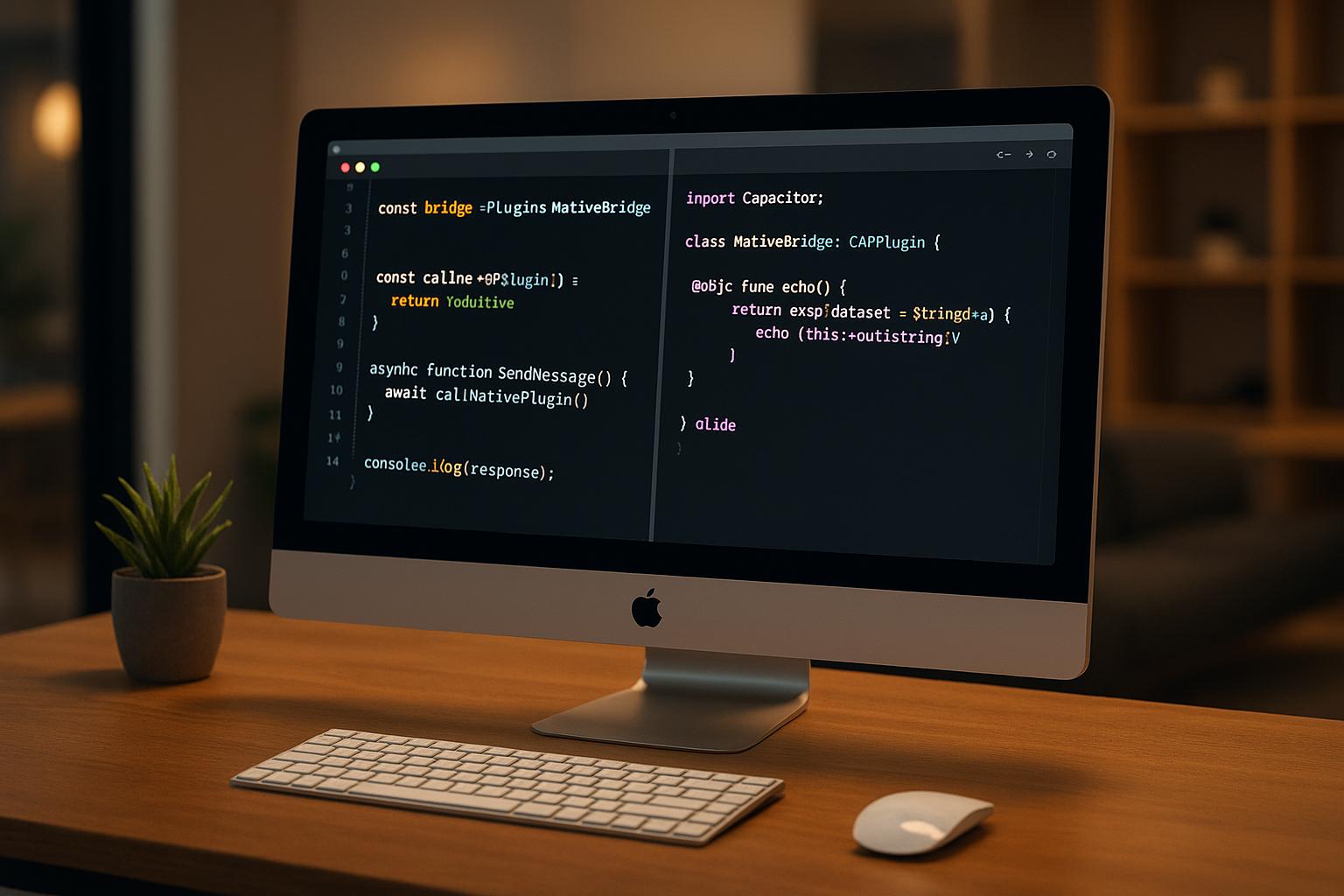
Implementing Native Bridge for iOS in Capacitor
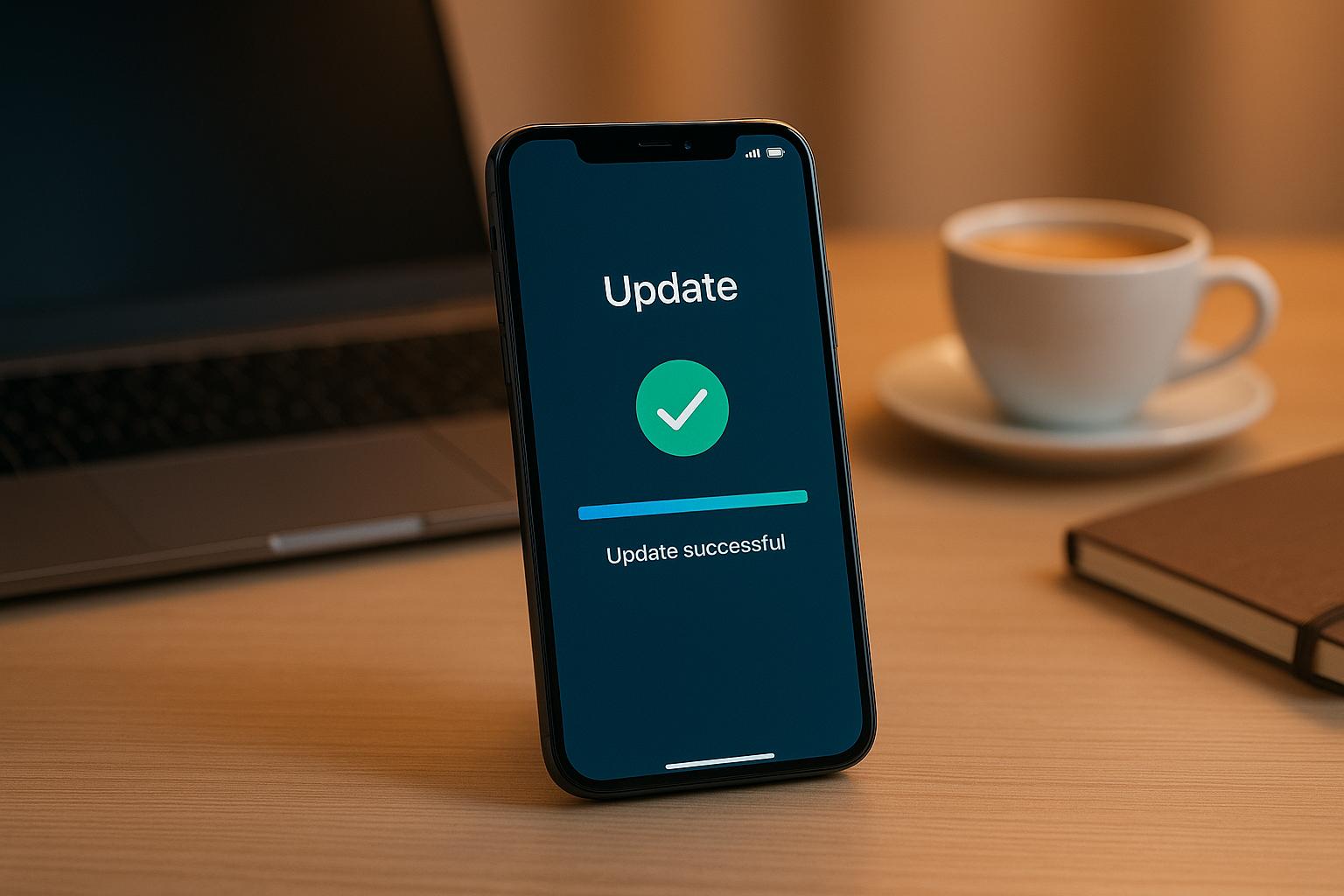
Capgo Plugin: Lightweight Deployment for Capacitor Apps
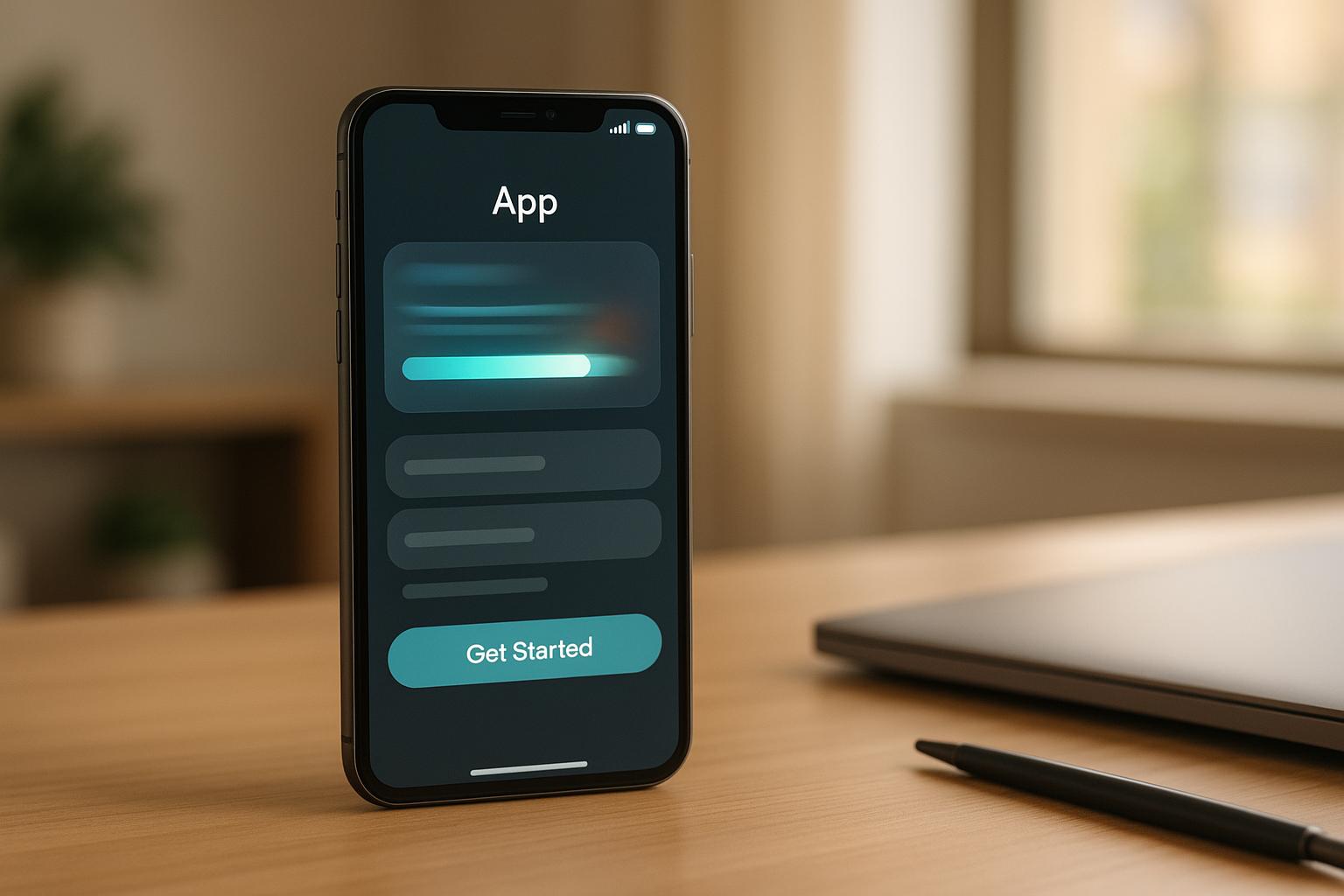
Ultimate Guide to Reducing Latency in Capacitor Apps

Privacy Manifest for iOS Apps

Session Management Standards for App Stores
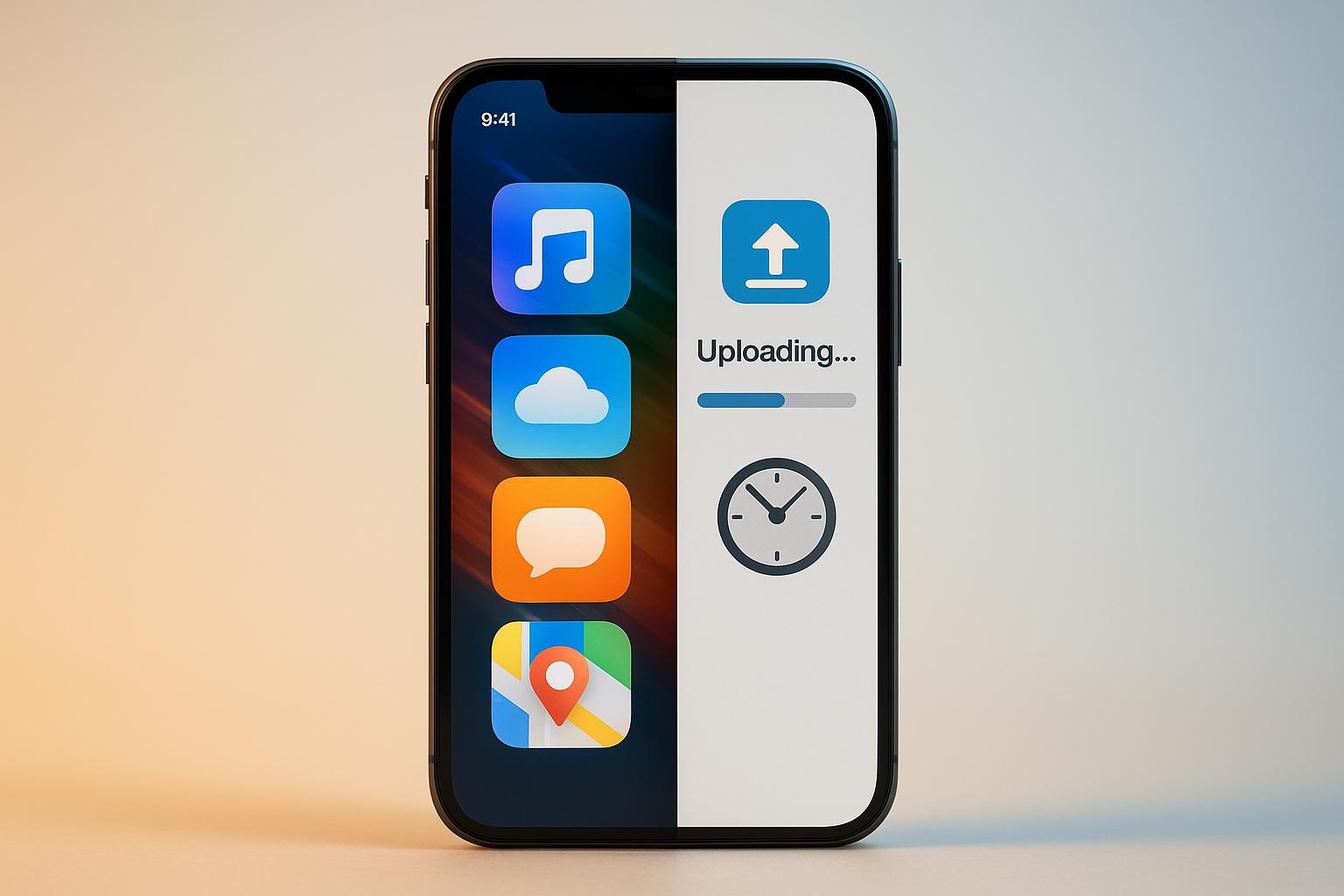
Capgo OTA Updates vs Manual Submissions

Apple vs. Google Policies: Multi-Region Compliance

Capacitor Patch Management: iOS vs. Android
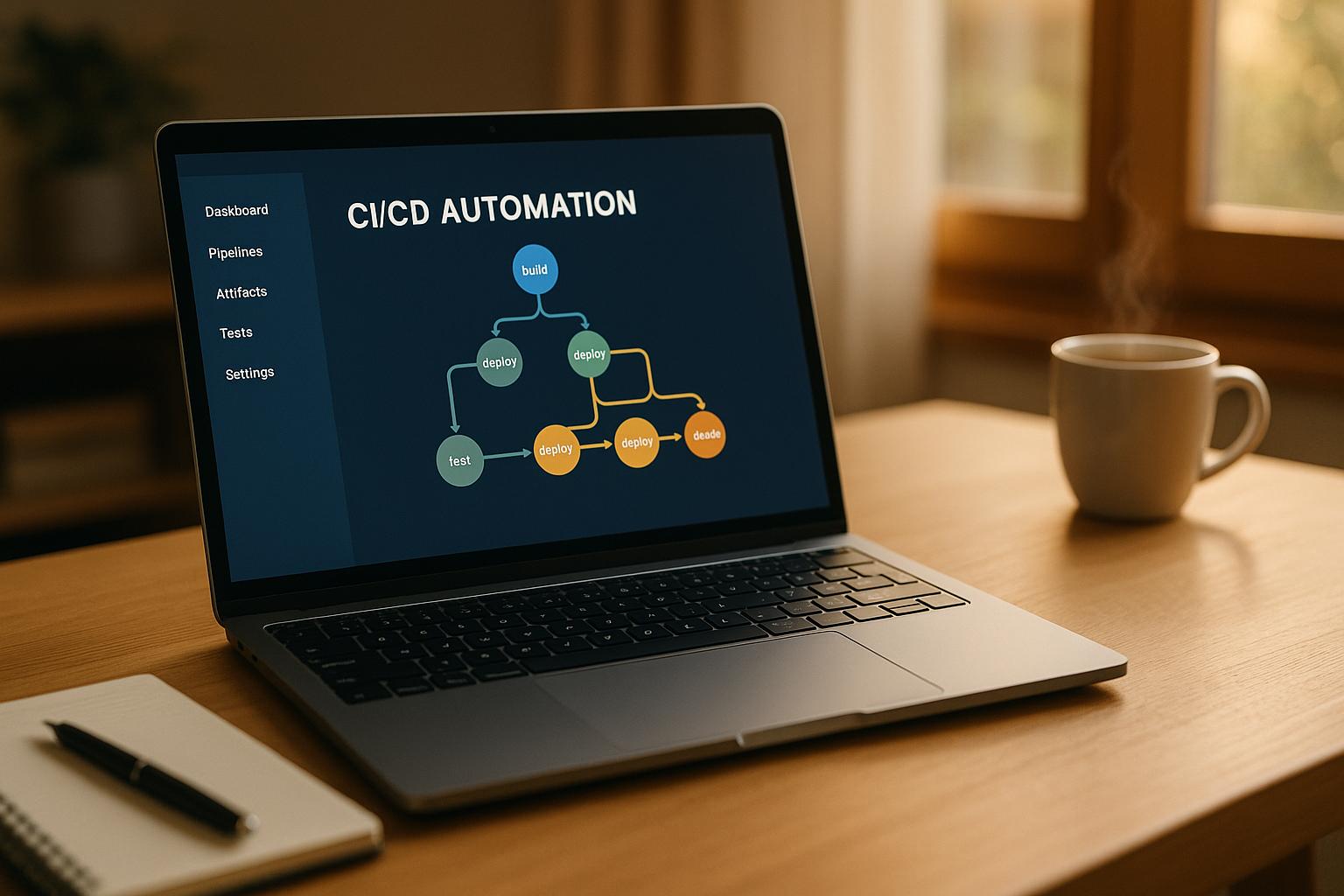
Automating CI/CD with Conventional Commits

SSL Pinning Implementation: Tools and Plugins

Capacitor Build Pipelines: iOS vs. Android
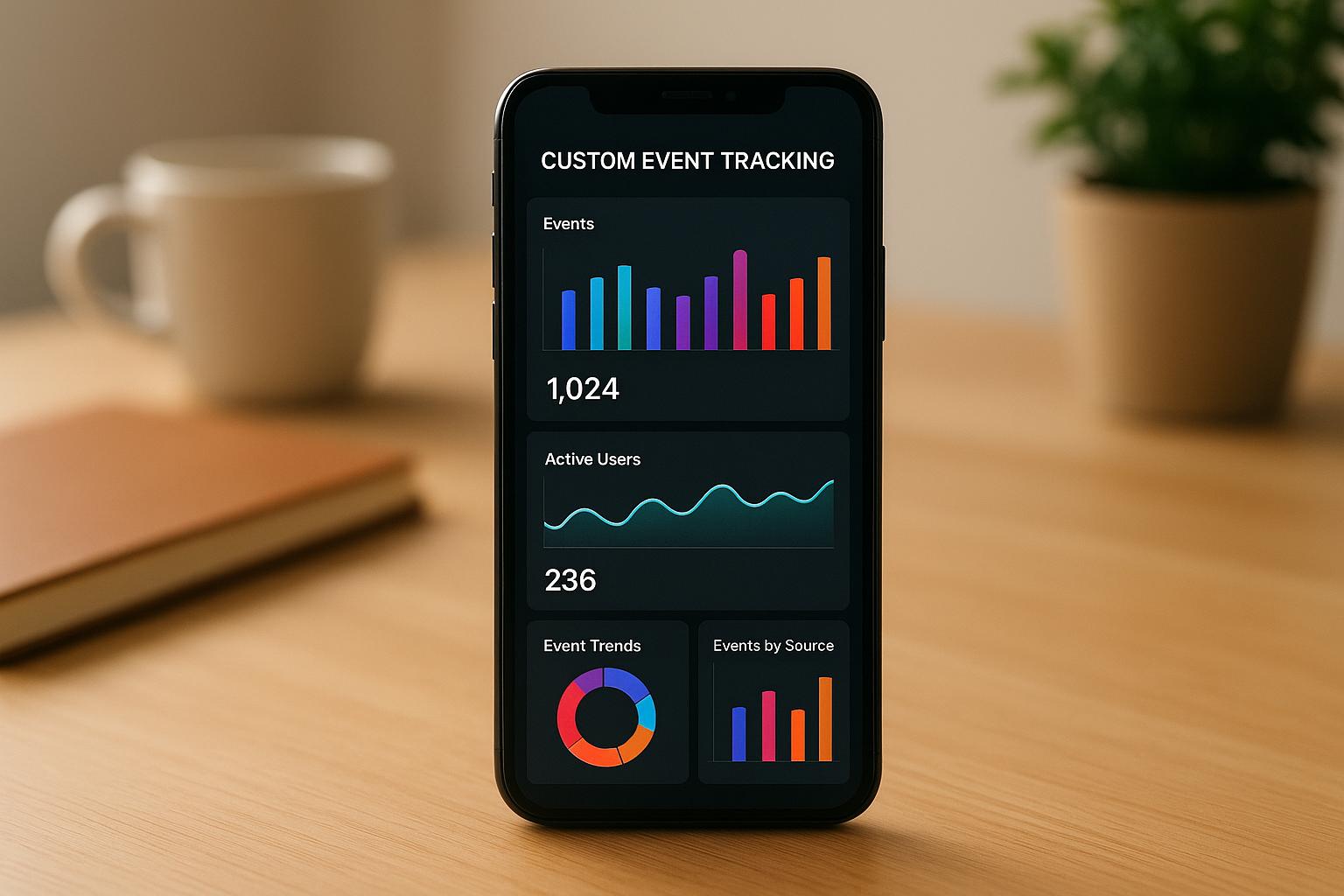
Capgo Plugin for Custom Event Tracking
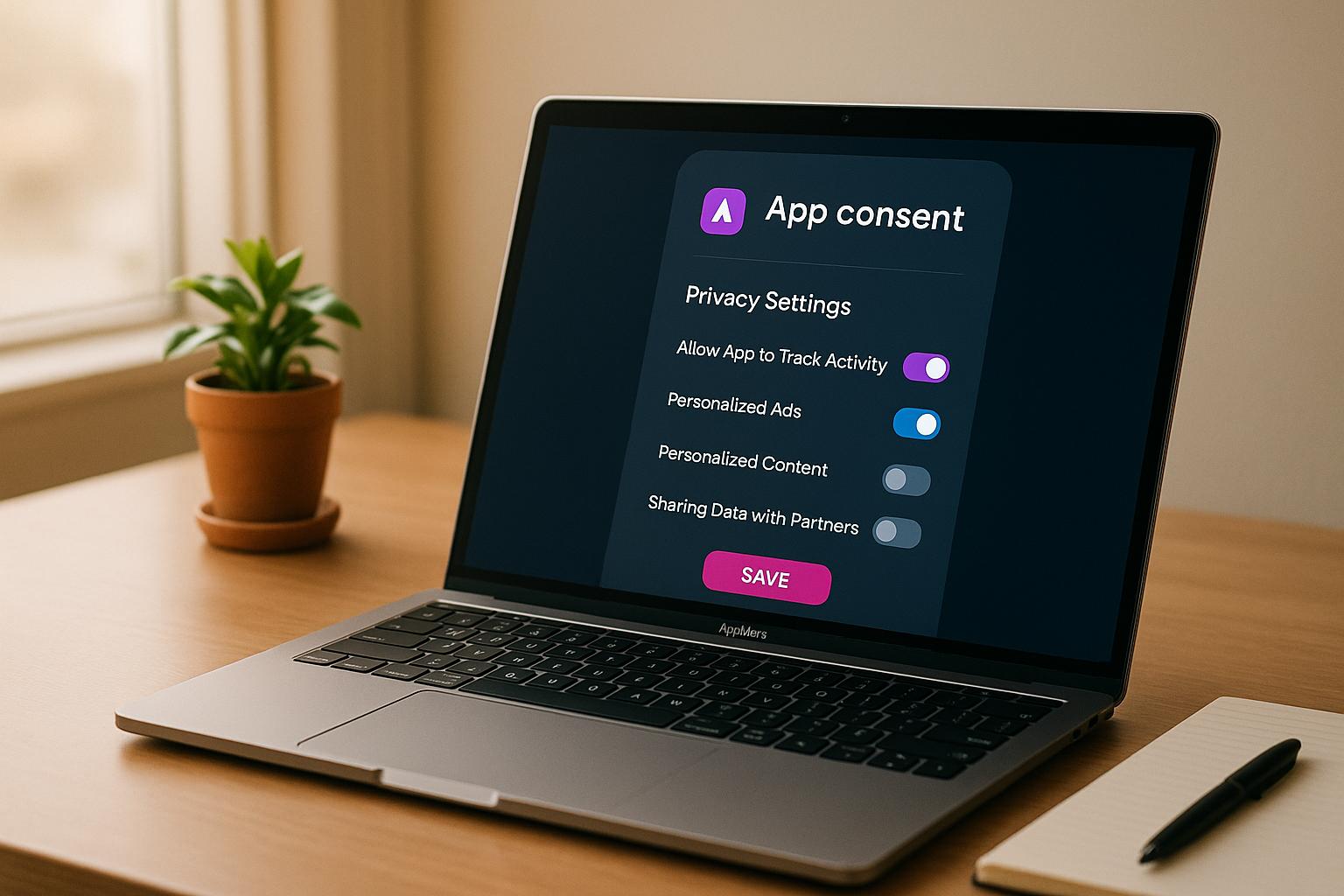
CPRA Compliance for App Developers

Capacitor Plugins for Secure Session Management

Token Revocation in Capacitor Apps: Guide

Fixing Build Failures in Capacitor CI/CD Pipelines

Custom iOS Plugin Optimization: Best Practices

PCI DSS Compliance for Mobile Apps: Key Requirements
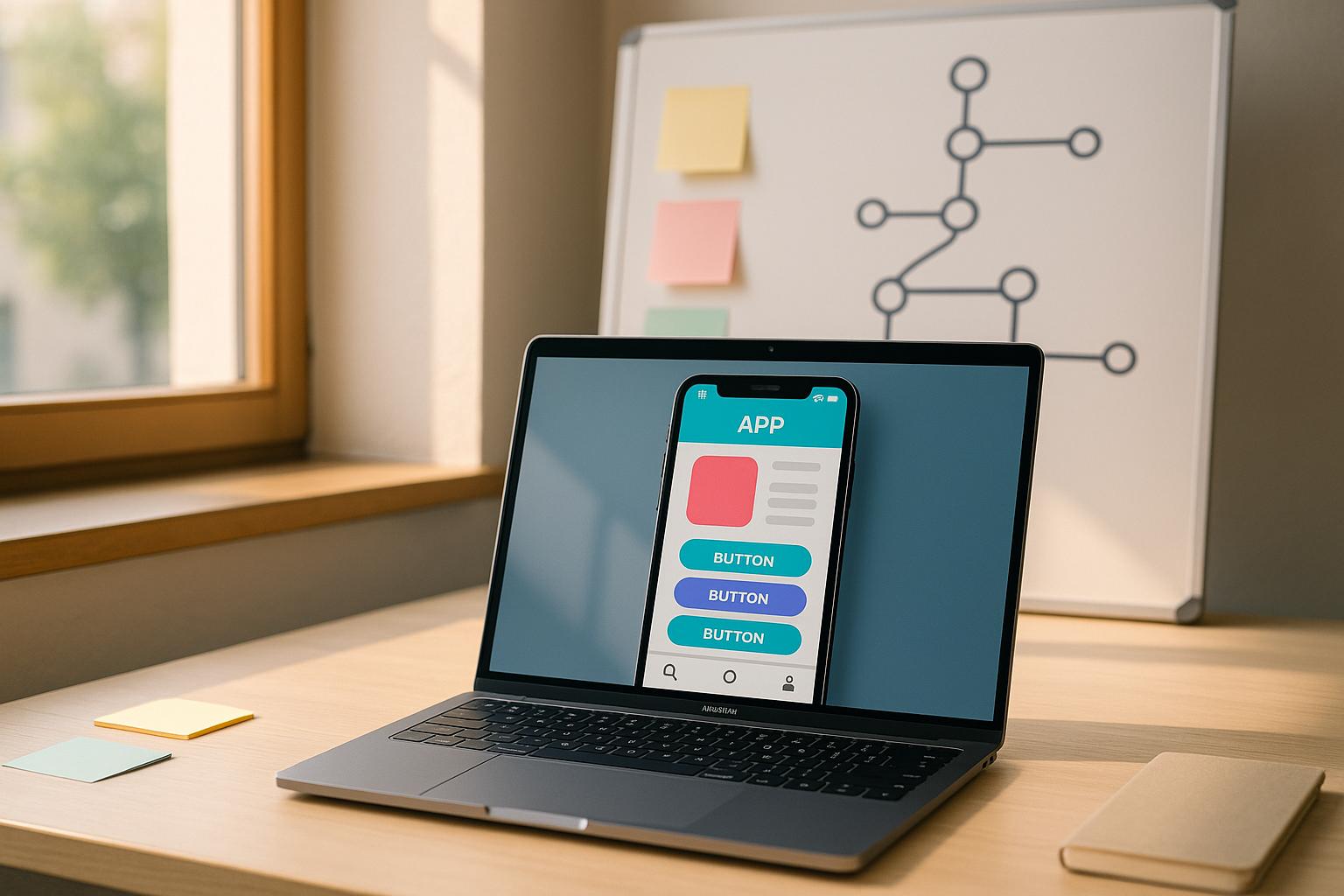
Version Control Tips for Mobile CI/CD

Biometric Authentication in Capacitor Apps

Account Deletion Compliance: Apple Guidelines
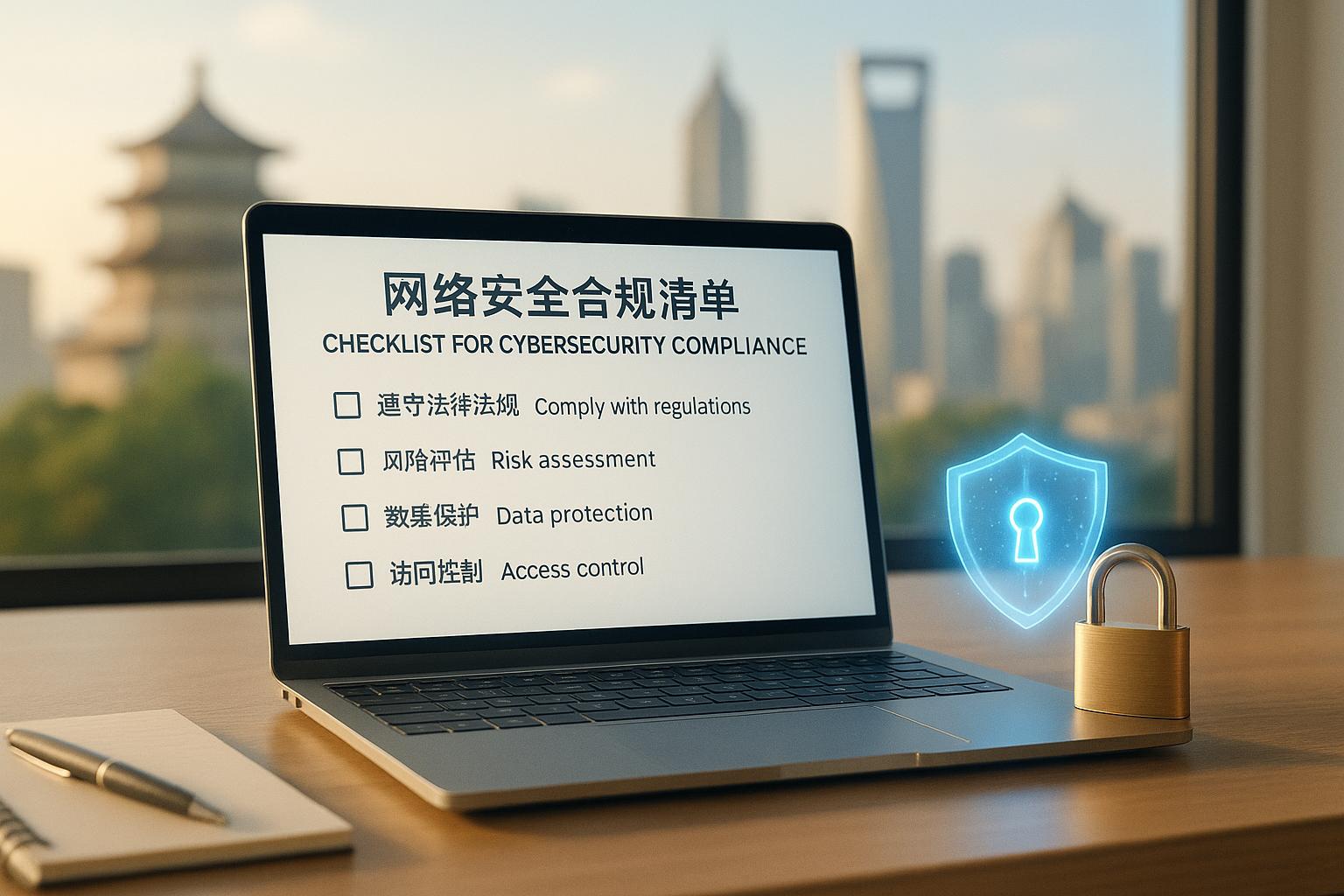
Checklist for Cybersecurity Compliance in China

What Is Native Bridge in Capacitor?
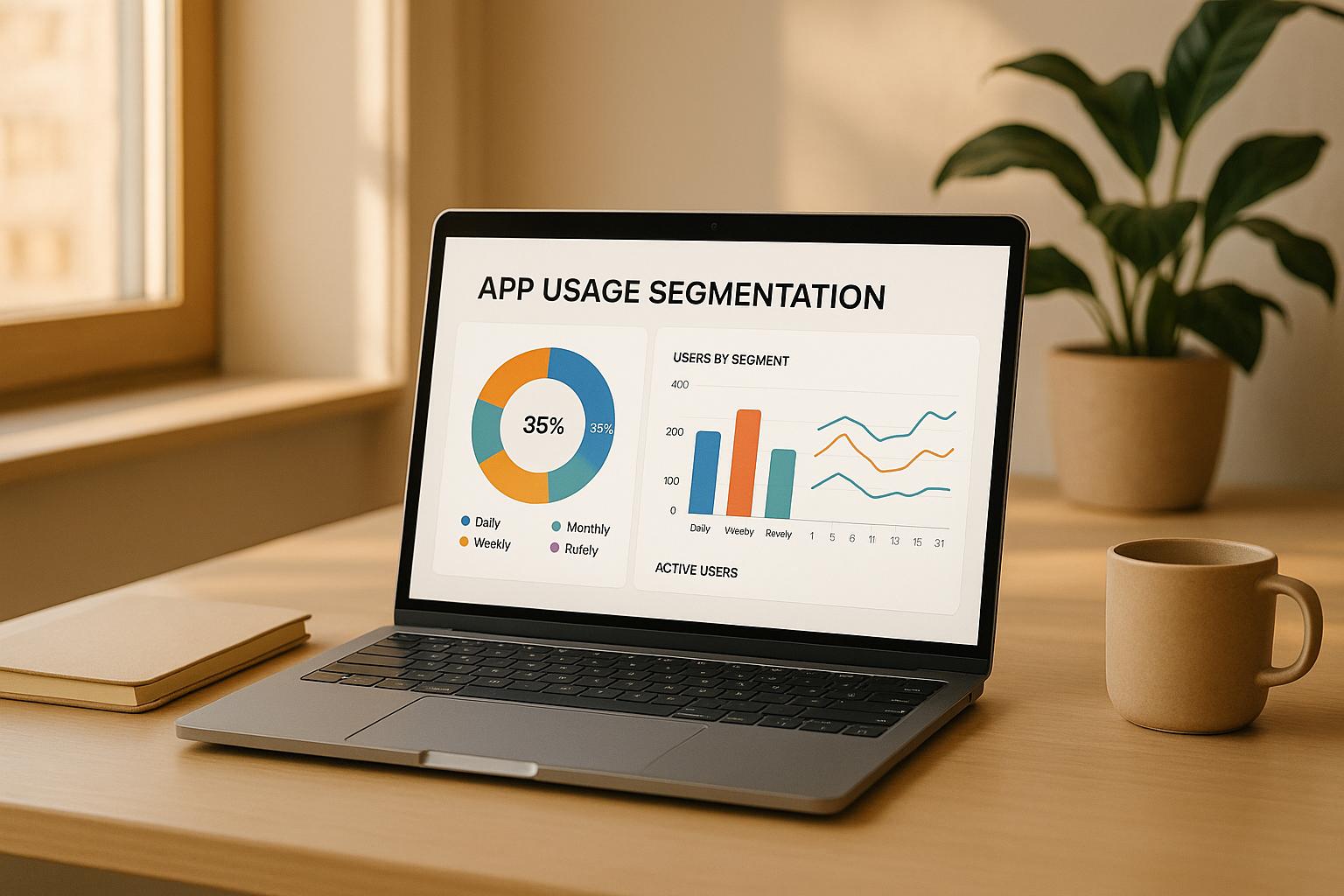
Usage Frequency Segmentation for App Updates

SSL Pinning for Capacitor Apps

Capacitor CLI Commands for Version Updates
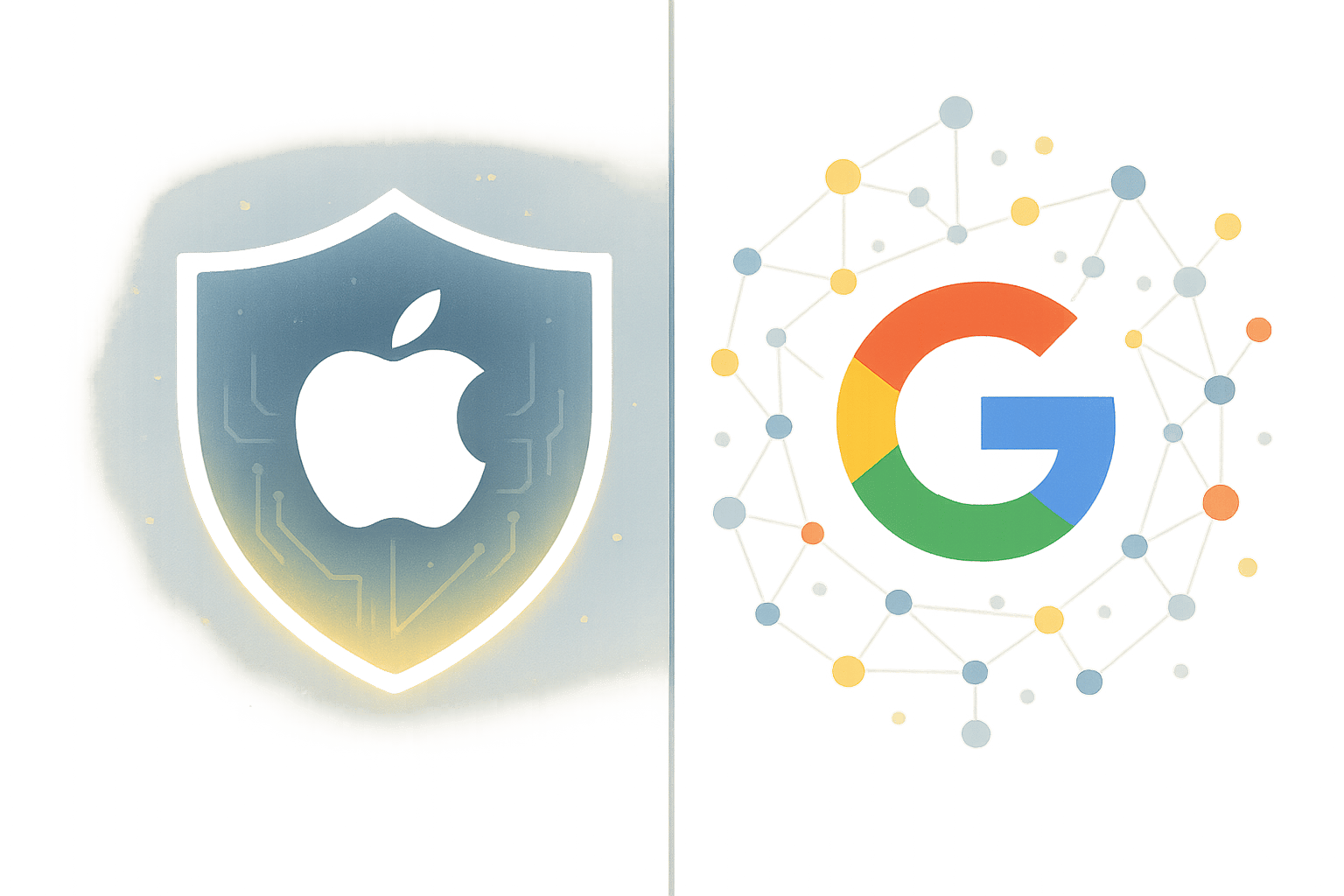
Apple vs. Google: Privacy Compliance for Third-Party Data

CCPA Compliance for Mobile Apps
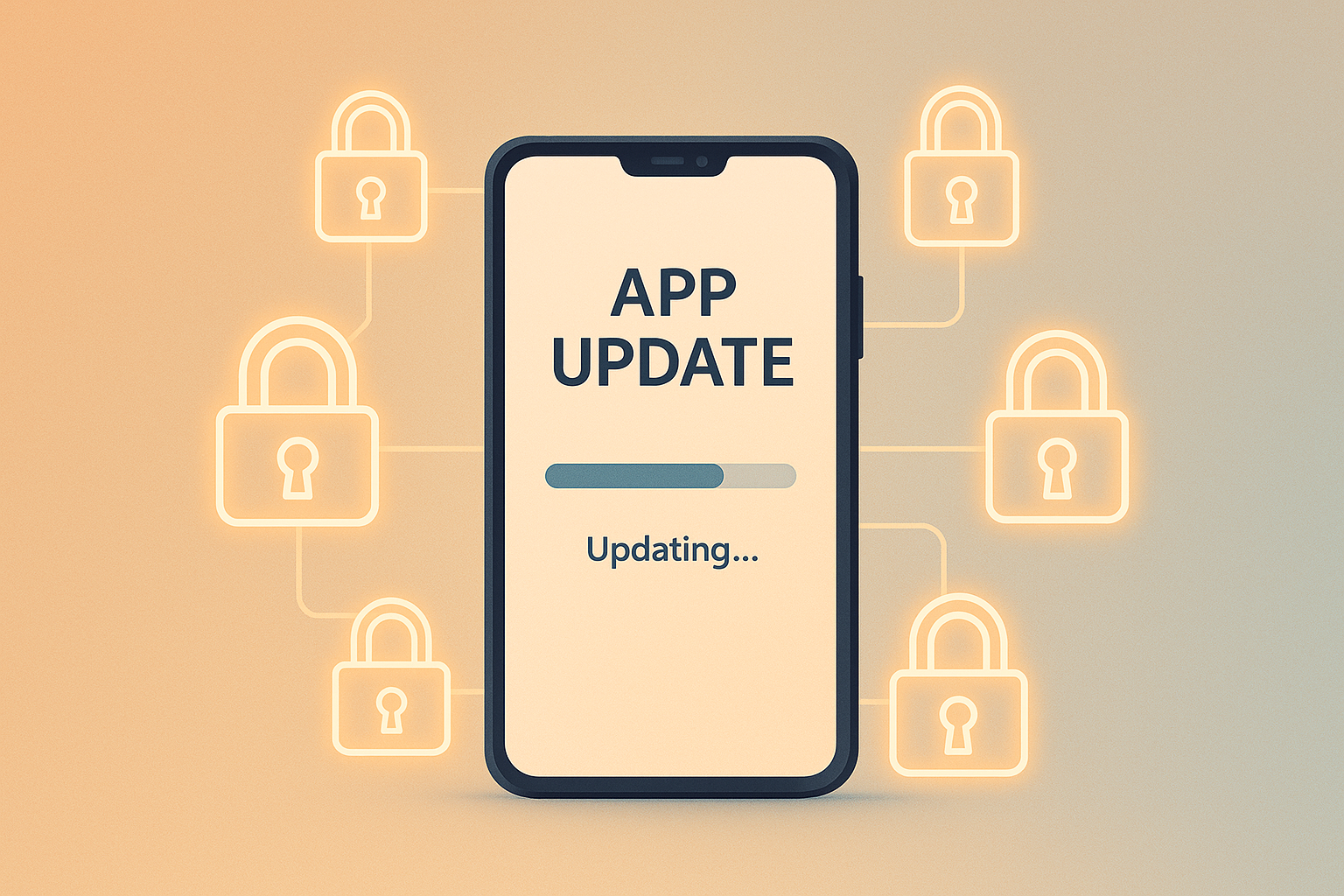
How OTA Updates Affect App Store Security

2-Way Communication in Capacitor Apps

Merge Policies for Teams Using Capacitor Apps

Capacitor Live Updates: Handling Version Conflicts

Top API Security Standards for App Store Compliance
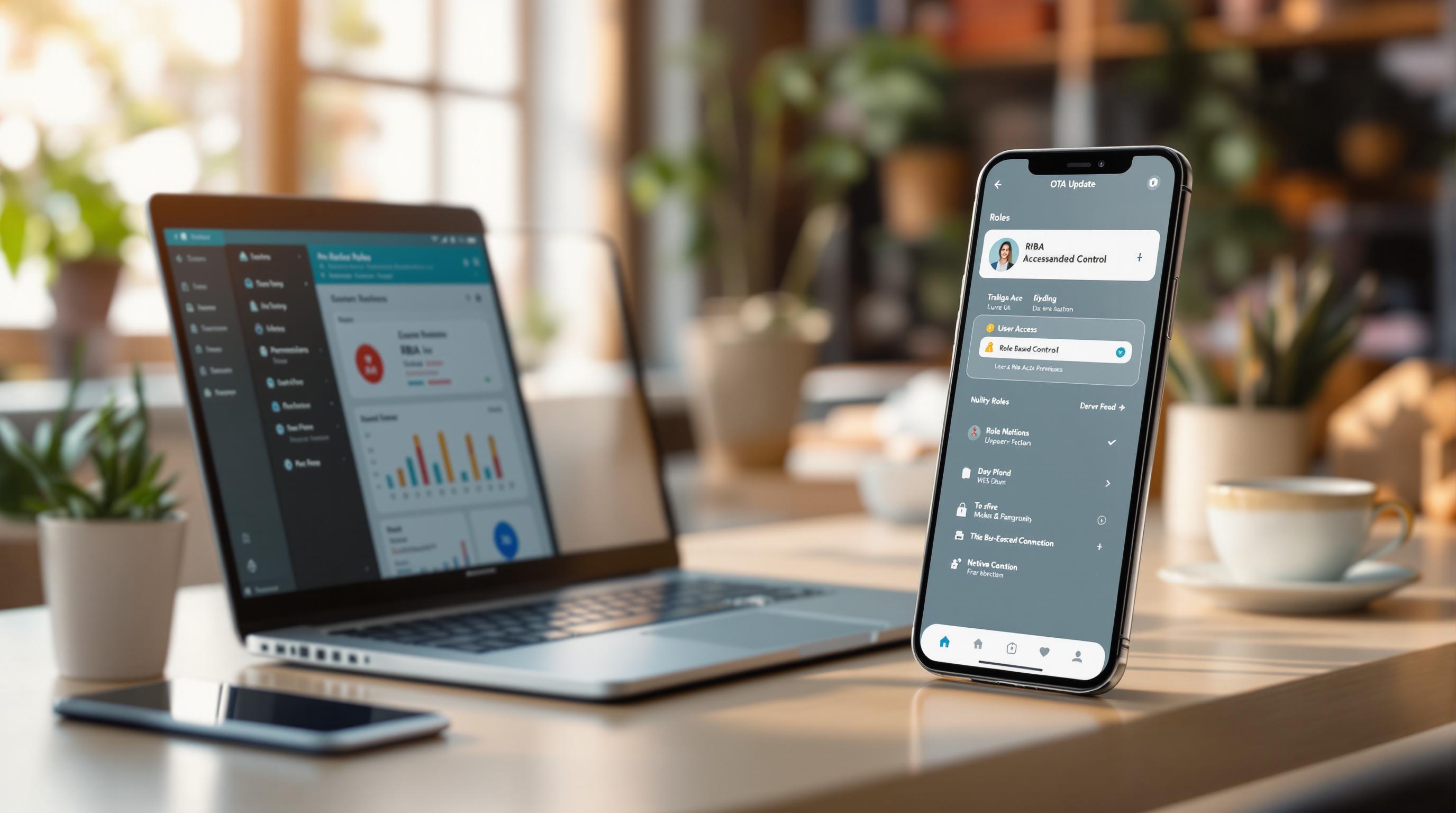
How RBAC Secures OTA Updates in Capacitor Apps
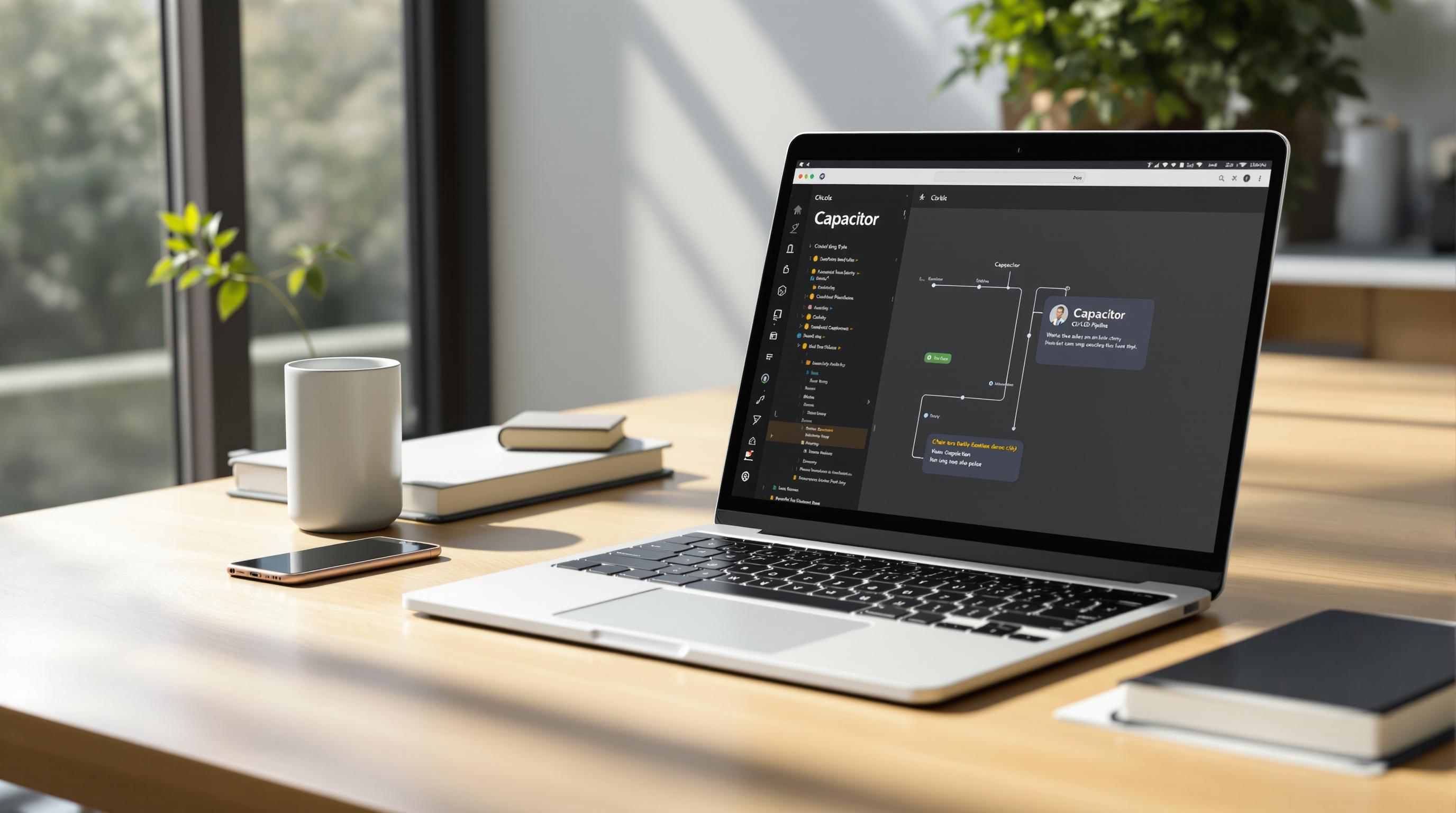
Capacitor CI/CD Pipeline Setup Guide

Google Play Compliance: Key Update Strategies

Payment Data Security for App Store Approval

Capacitor vs Appflow: Versioning Differences

Firebase Crashlytics for Capacitor Apps

Checklist for Token Signing in Capacitor Apps
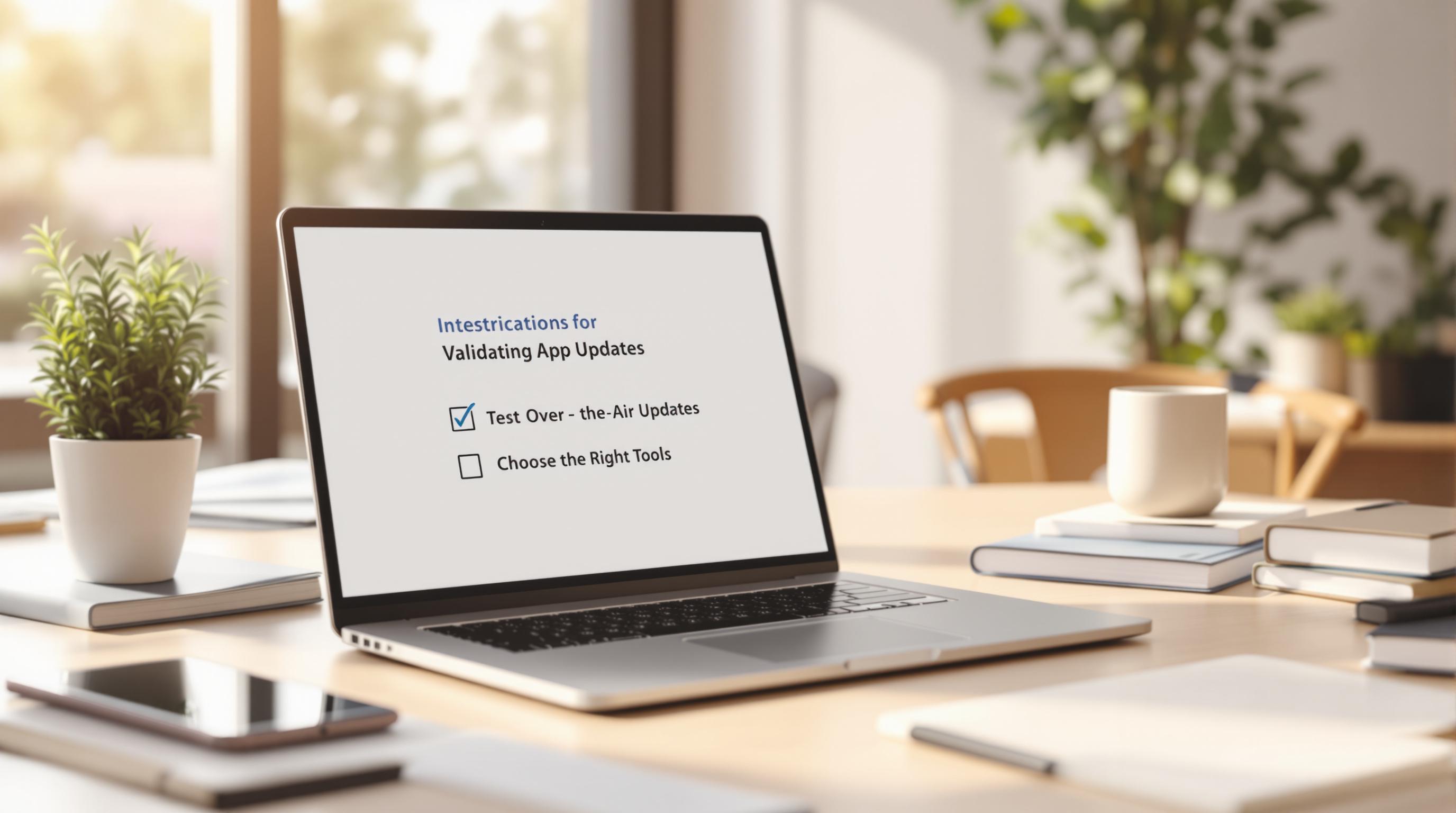
Checklist for Validating Capacitor App Updates

How to Profile Cross-Platform Apps with Capacitor
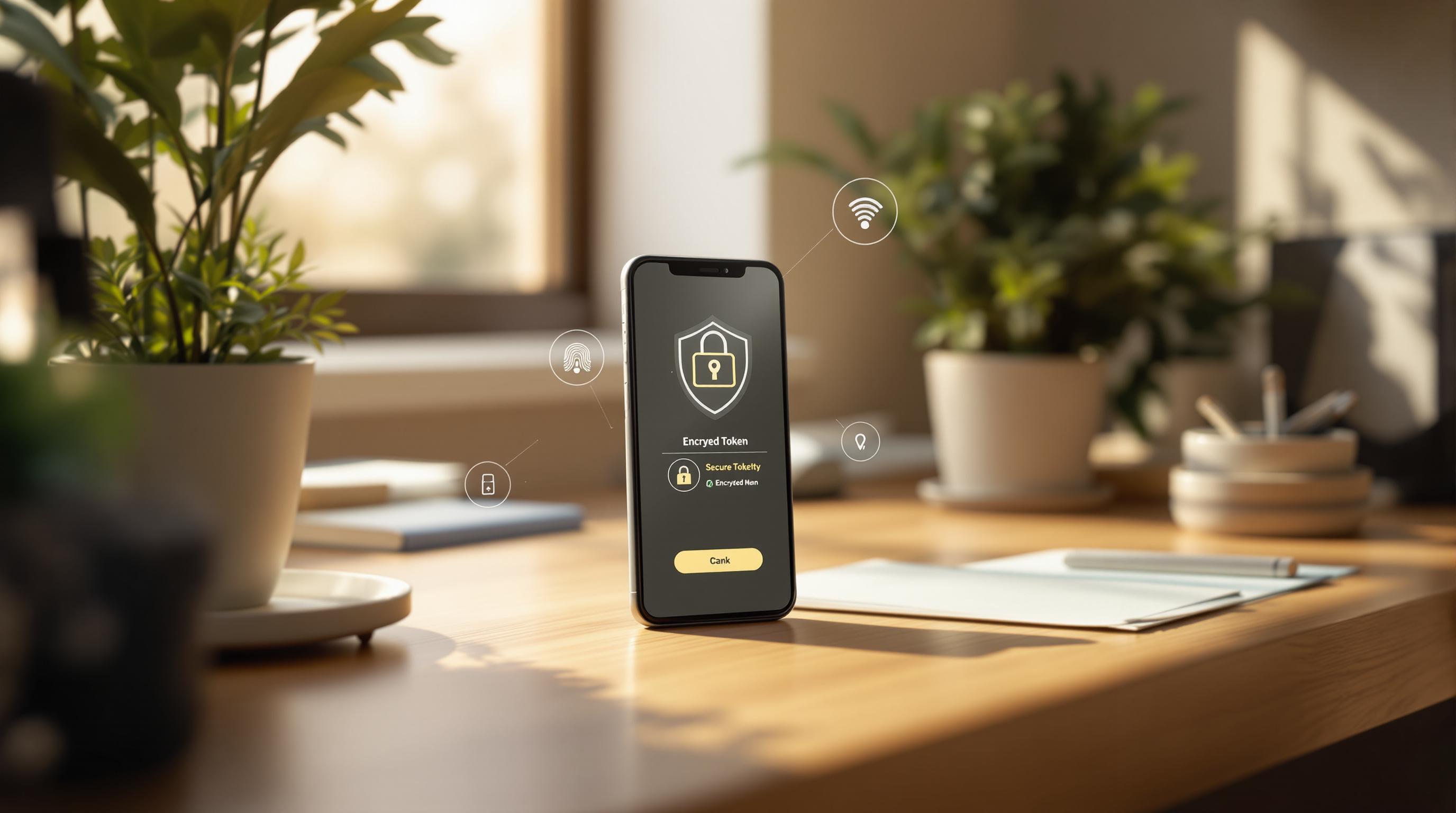
Secure Storage for Offline Tokens in Capacitor

Configuring Rollback for Capacitor Updates

5 Steps to Distribute Custom Capacitor Plugins

Capacitor CLI: Project Setup Guide

Understanding Apple's Privacy Manifest

Top Tools for Debugging Platform-Specific Code in Capacitor

Capacitor OTA Updates: CI/CD Integration Guide
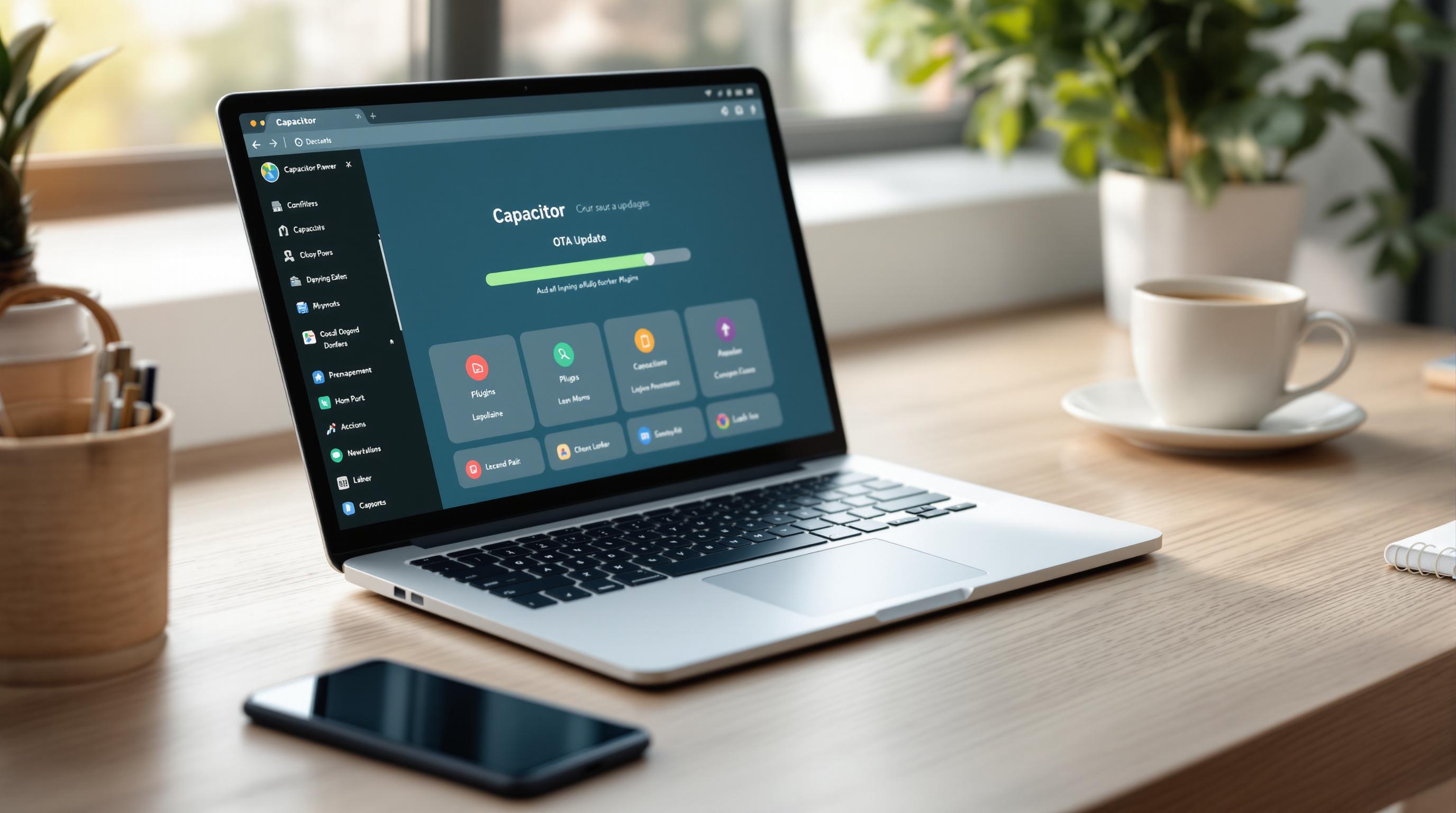
Capacitor Plugin Options for OTA Updates

Capacitor Native Bridge: Web to Android Data Transfer
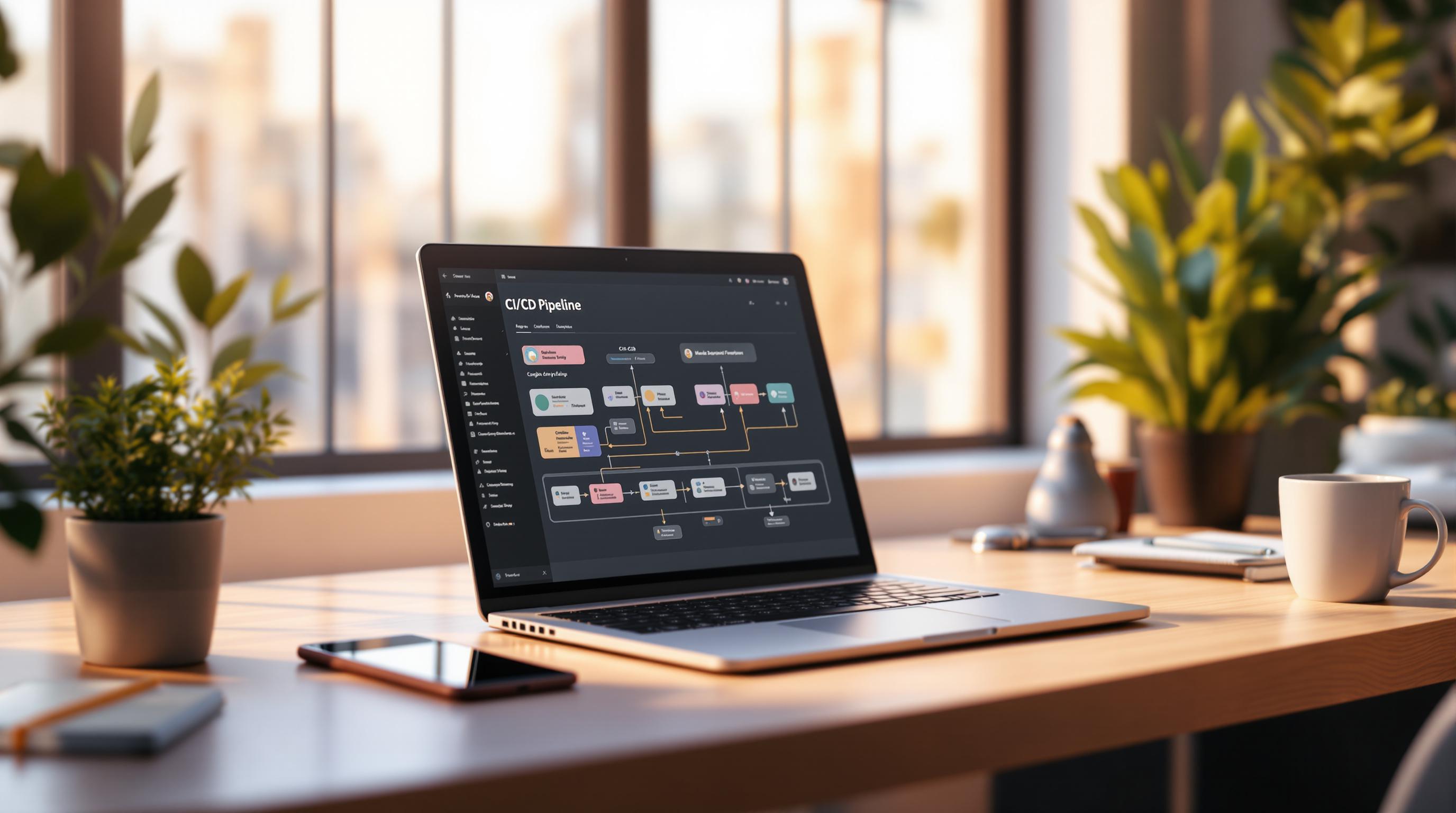
Appflow CI/CD Integration: Best Practices

Capacitor CLI Commands: Common Issues and Fixes
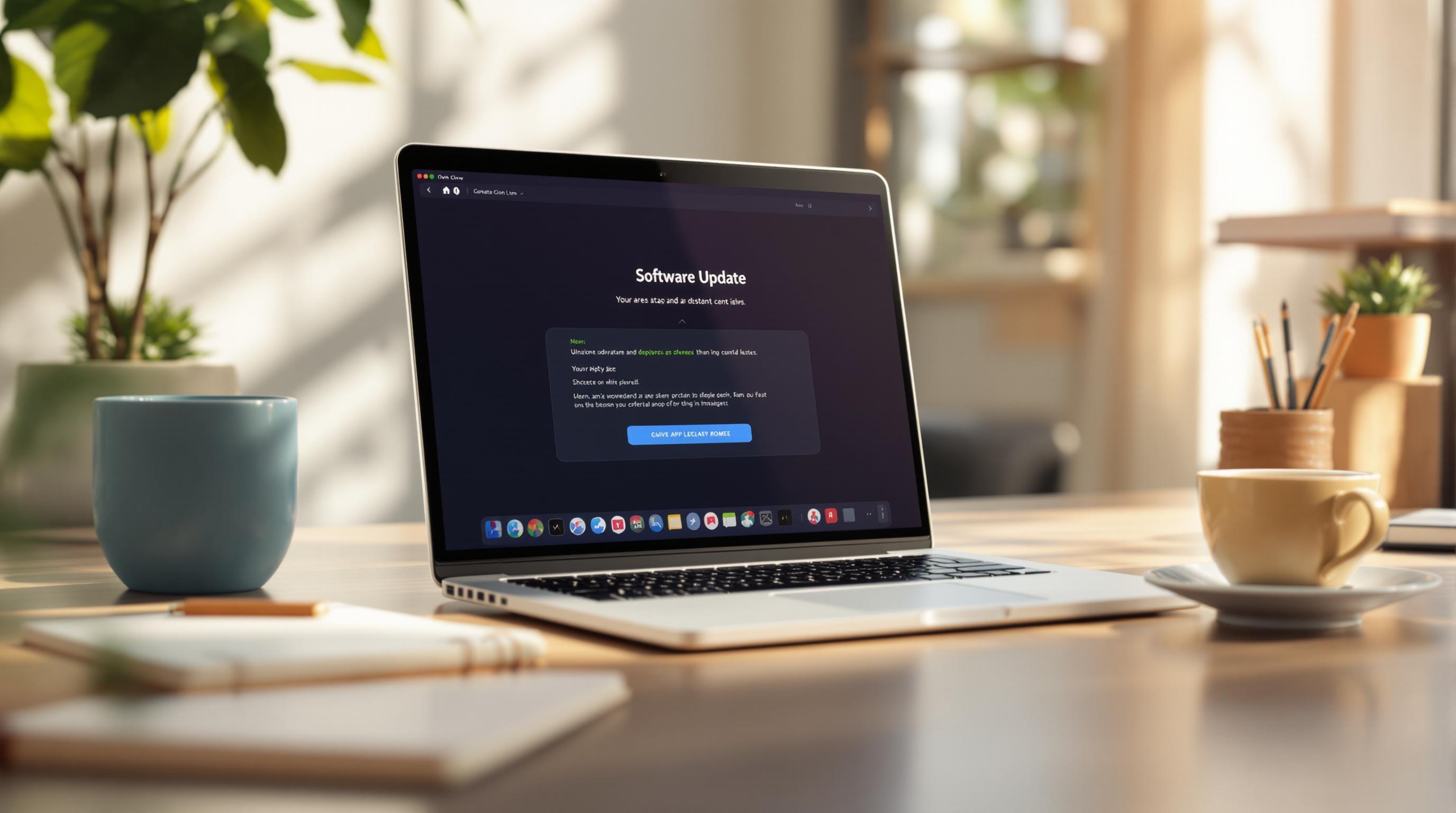
Staging OTA Updates: Best Practices
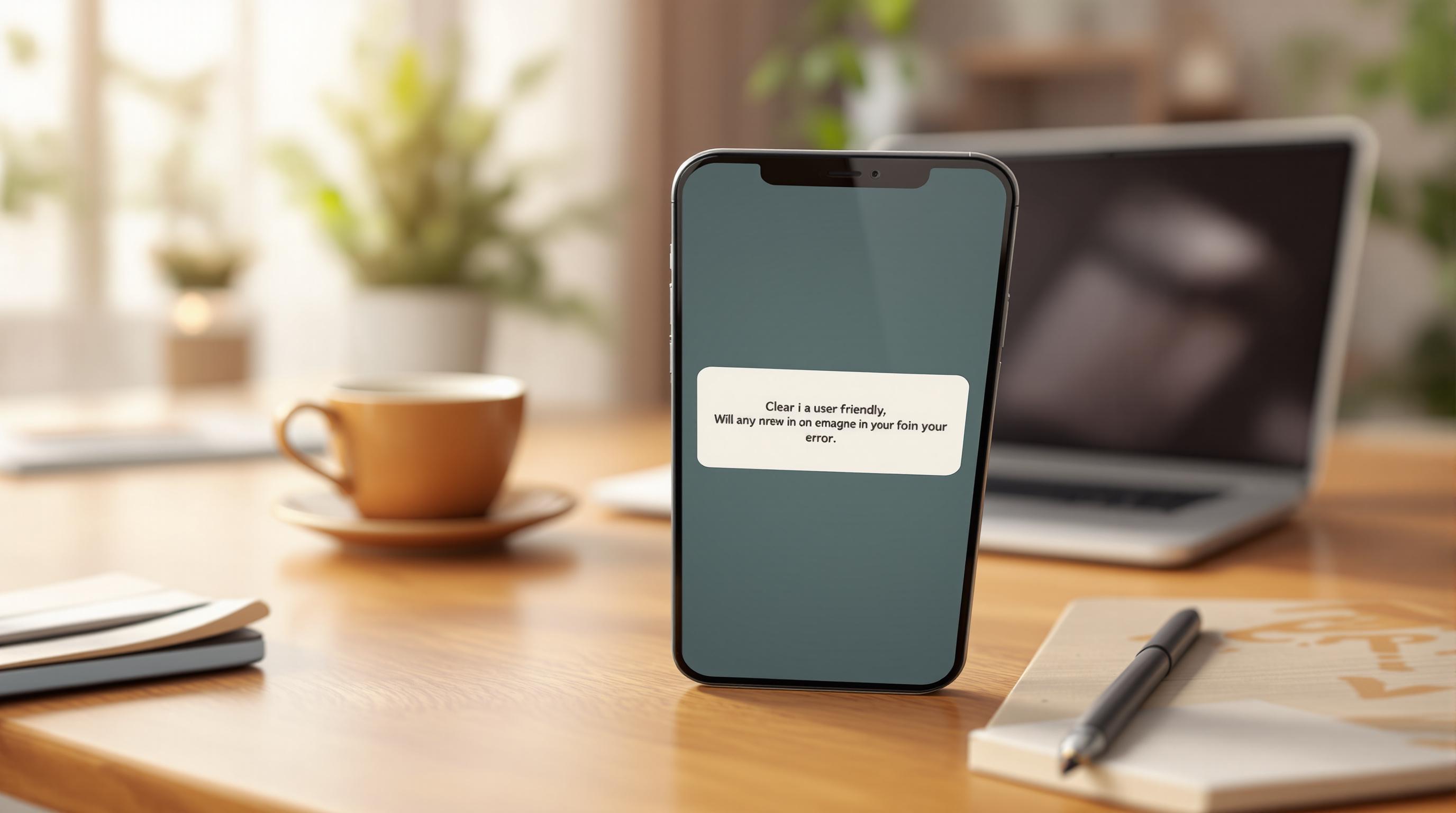
Error Handling in Capacitor Apps: UX Best Practices

npm Scripts for Capacitor OTA Updates Explained
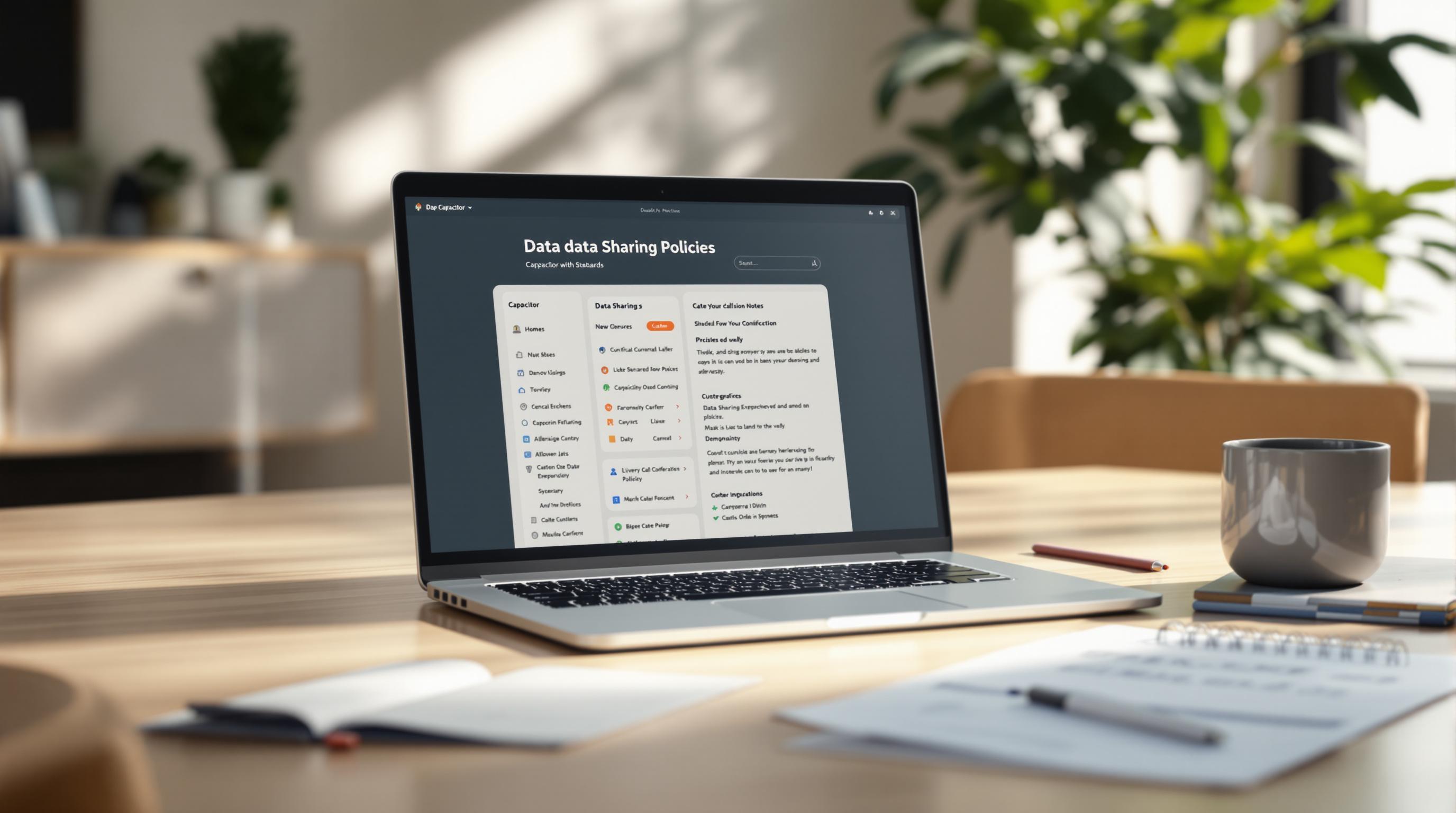
Capacitor Apps and Data Sharing Policies

China's Data Privacy Laws: Impact on Mobile Apps
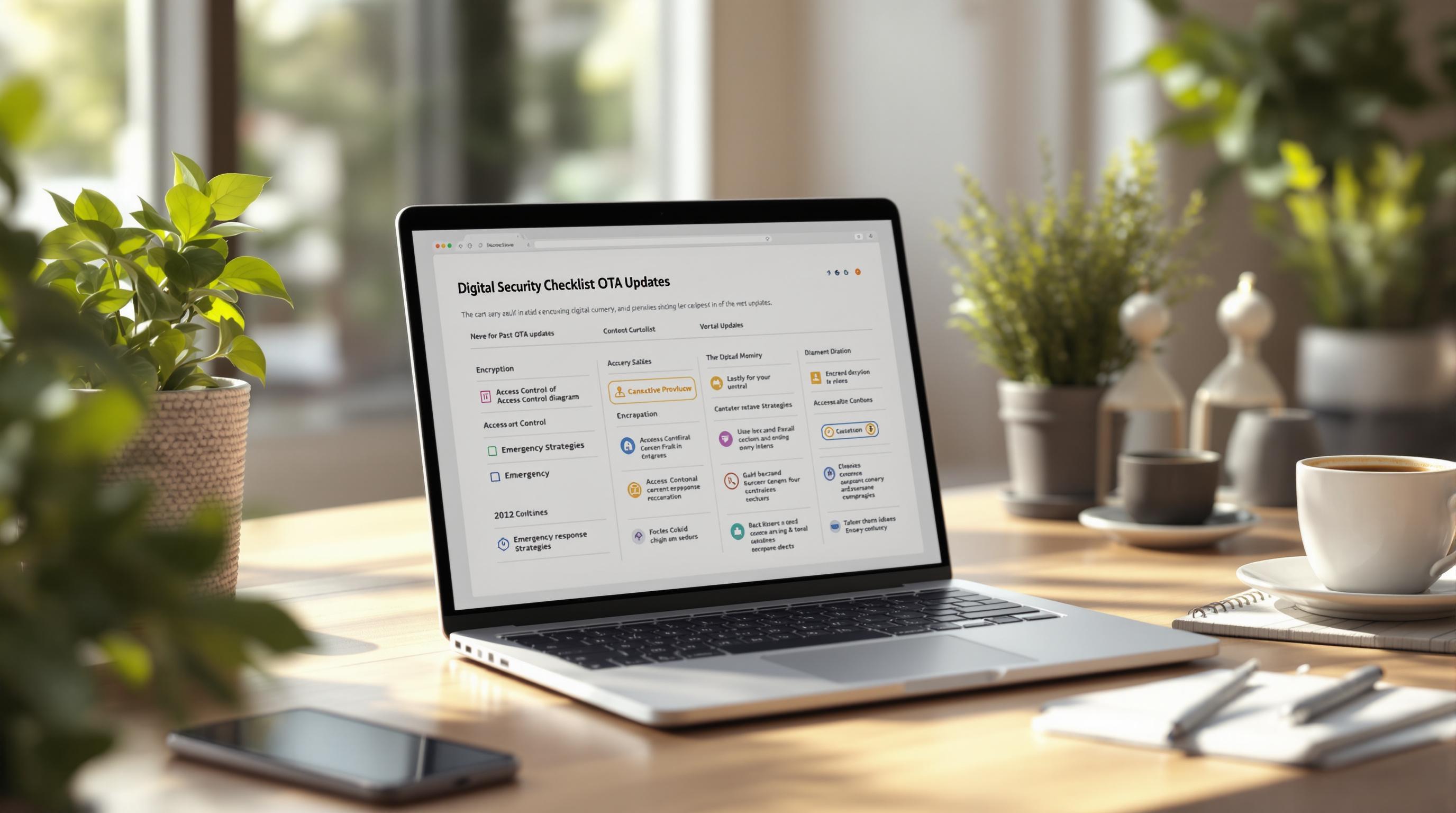
OTA Security Checklist for Capacitor Apps
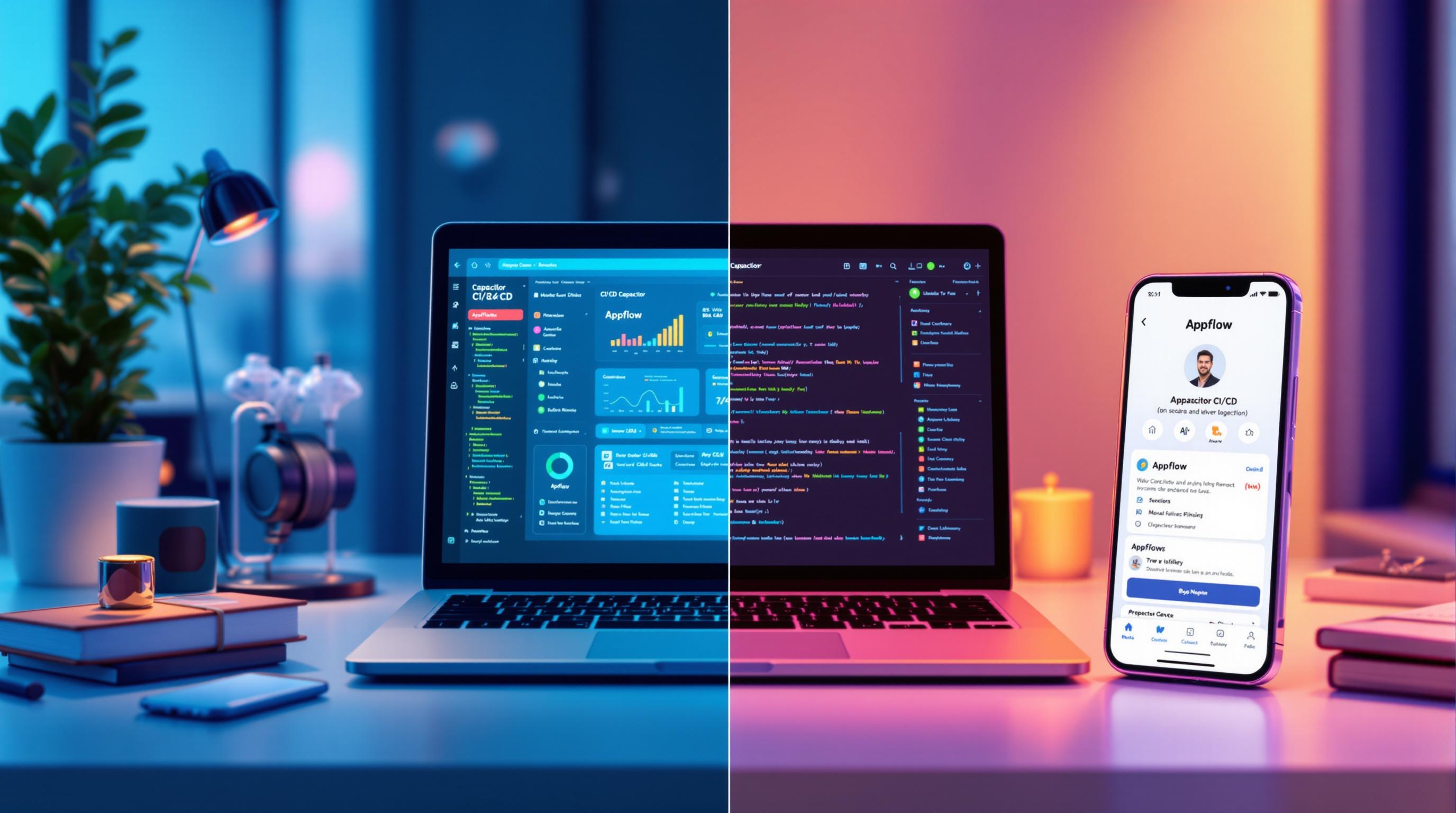
Capacitor CI/CD Plugins vs Appflow: Key Differences

Capacitor OTA Updates: Security Tips

How to Use Capacitor CLI for OTA Updates

Installing Capacitor CLI: Step-by-Step Guide

Automated Consent Tracking for Capacitor Apps

Apple Policy Updates for Capacitor Apps 2025
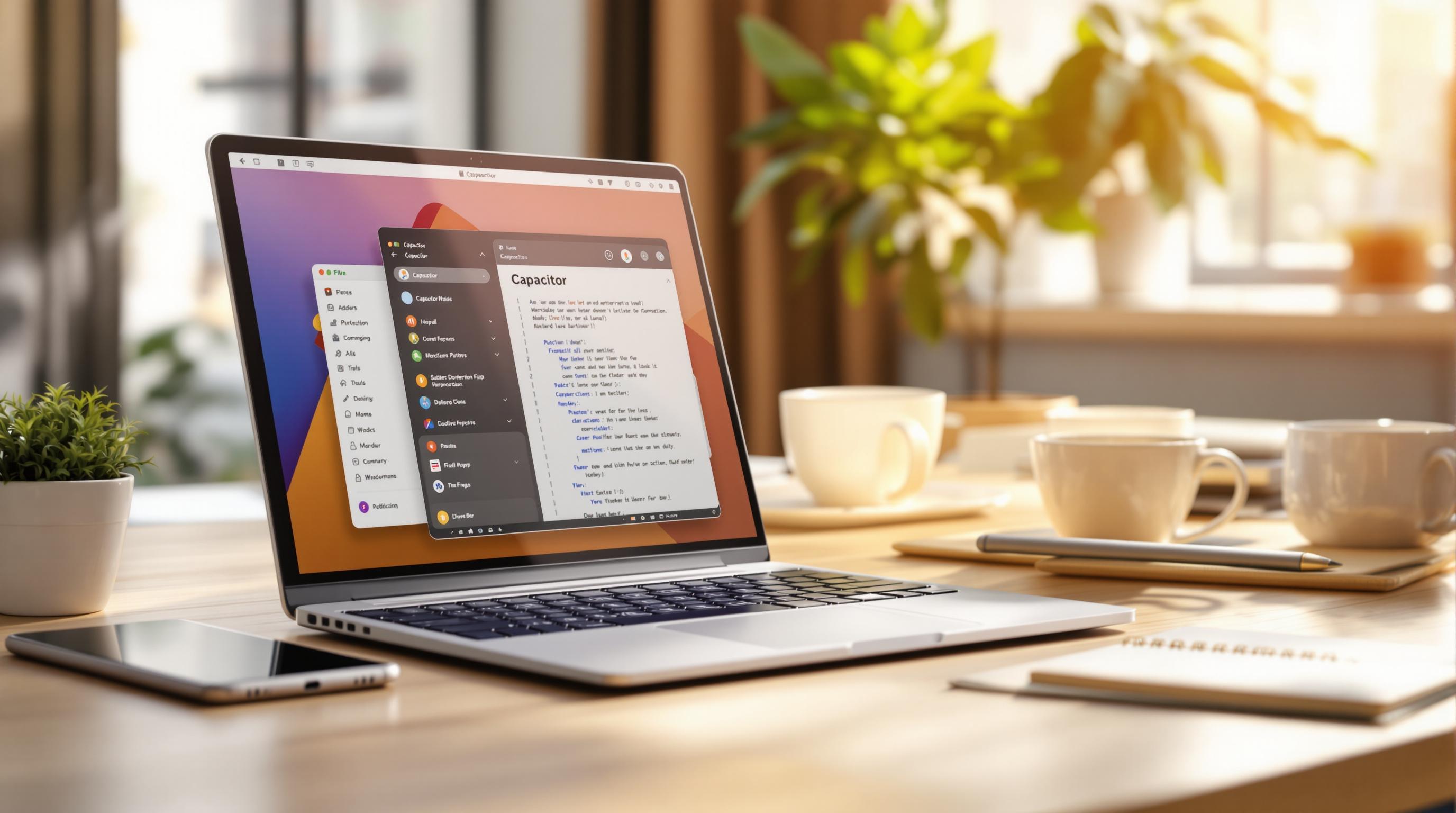
Setting Up Capacitor Local Environment

API Rate Limiting for App Store Compliance

Privacy Manifest for Capacitor Apps: Guide

How to Customize Build Scripts with Capacitor CLI

PIPEDA Compliance for Mobile Apps in Canada

Fix Capacitor Version Mismatch Errors

Apple Privacy Rules for Capacitor Apps

API Key Security for App Store Compliance

Staged Rollouts vs Full Releases: Comparison
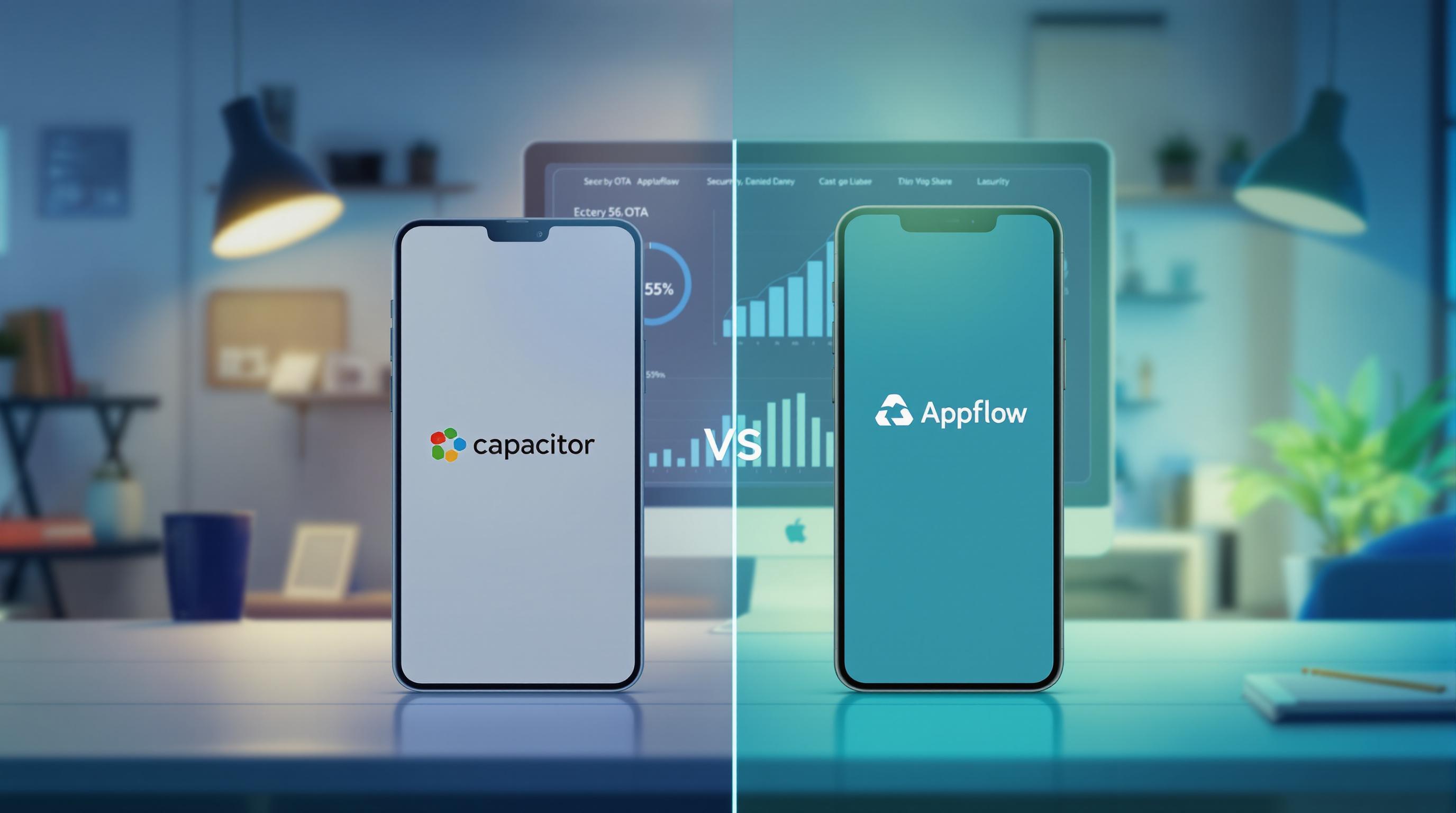
Capacitor vs Appflow: OTA Update Solutions Compared
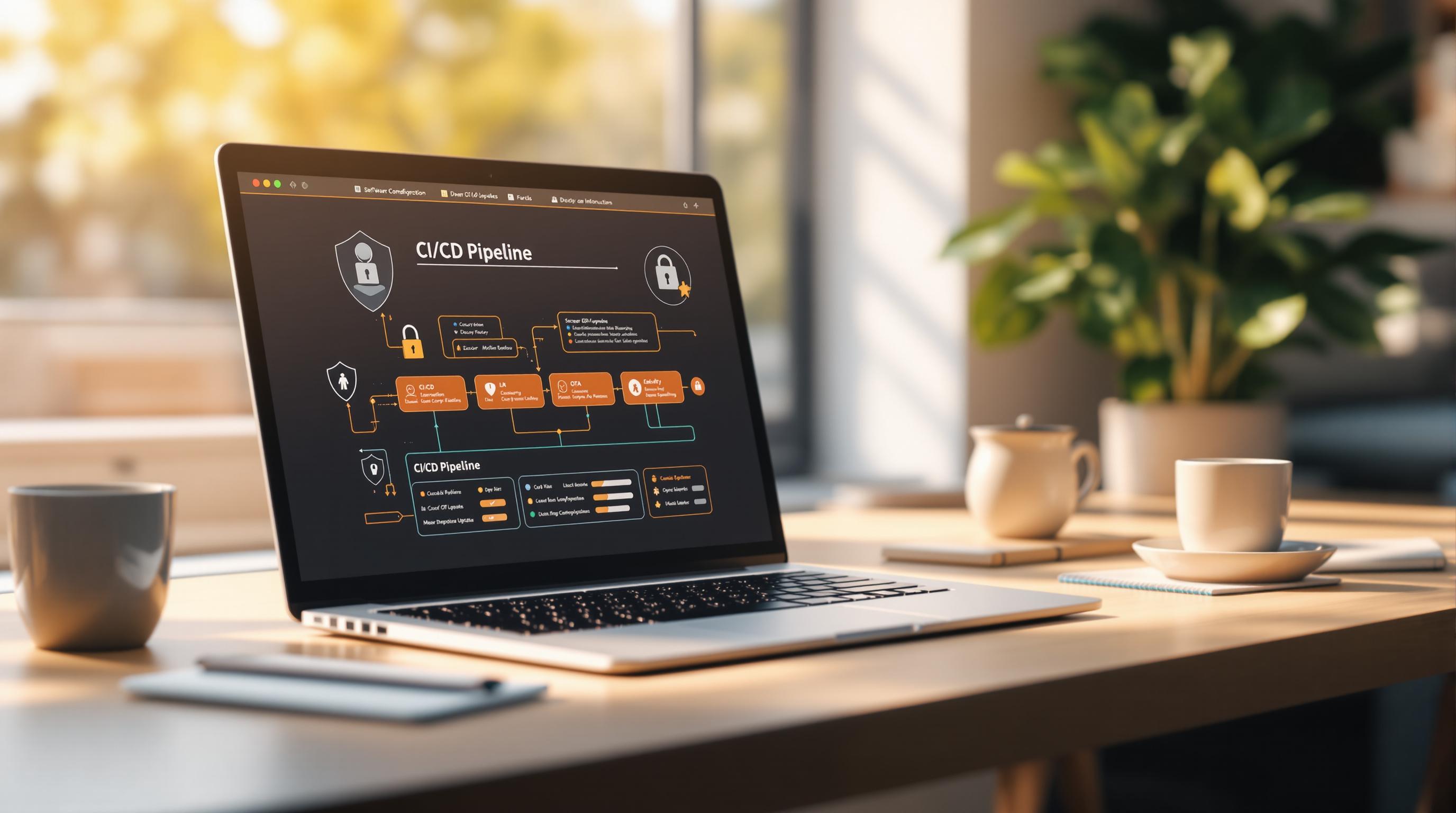
OTA Updates in CI/CD: Security and Compliance Tips

How to Resolve Android Build Errors in Capacitor

Capacitor Native Bridge: Android Plugin Basics

Capacitor OTA Updates: Staying Compliant

Capacitor App Initialization: Step-by-Step Guide

App Store Metadata: What Developers Must Know
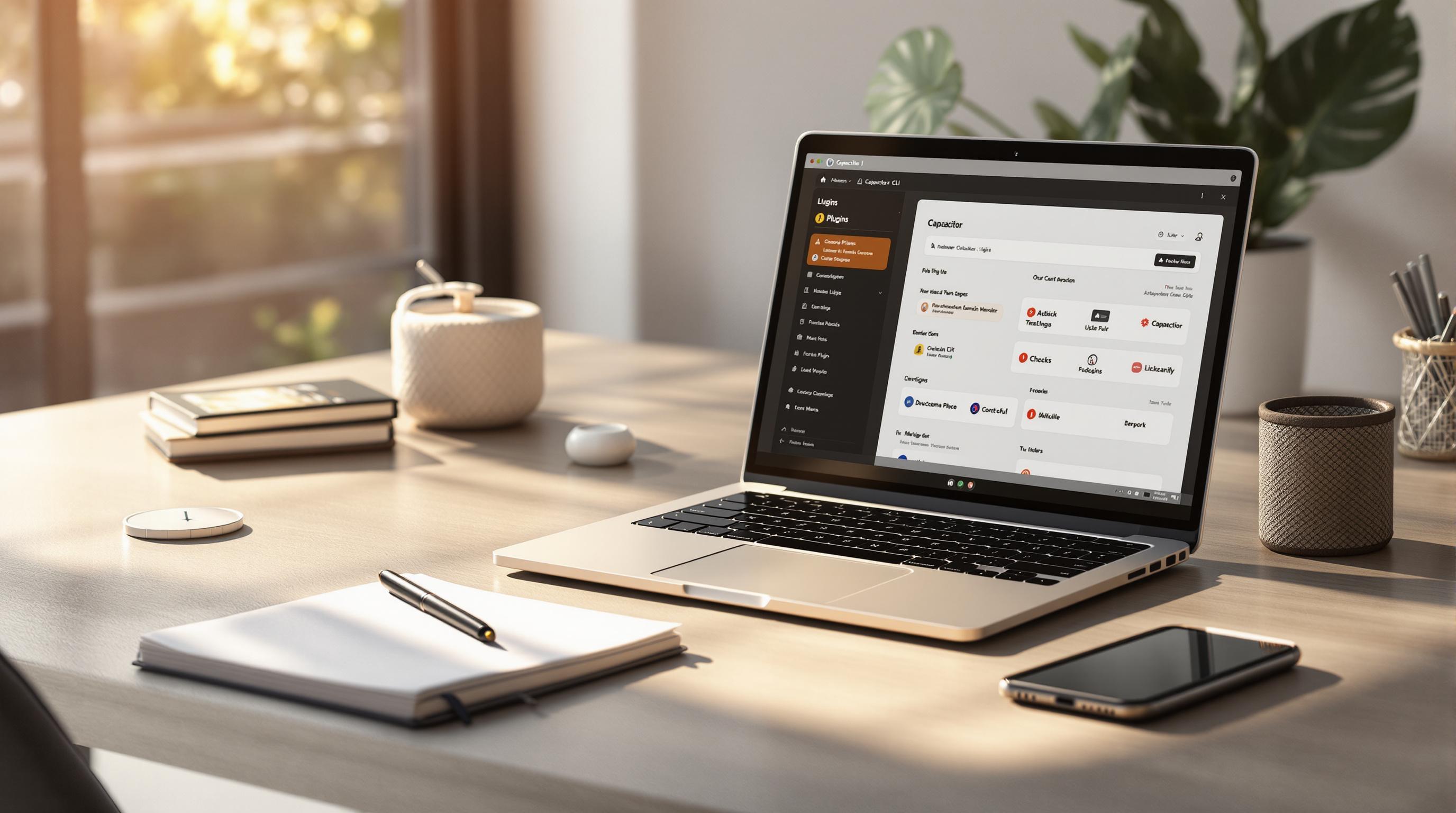
Capacitor CLI Plugin Commands Overview
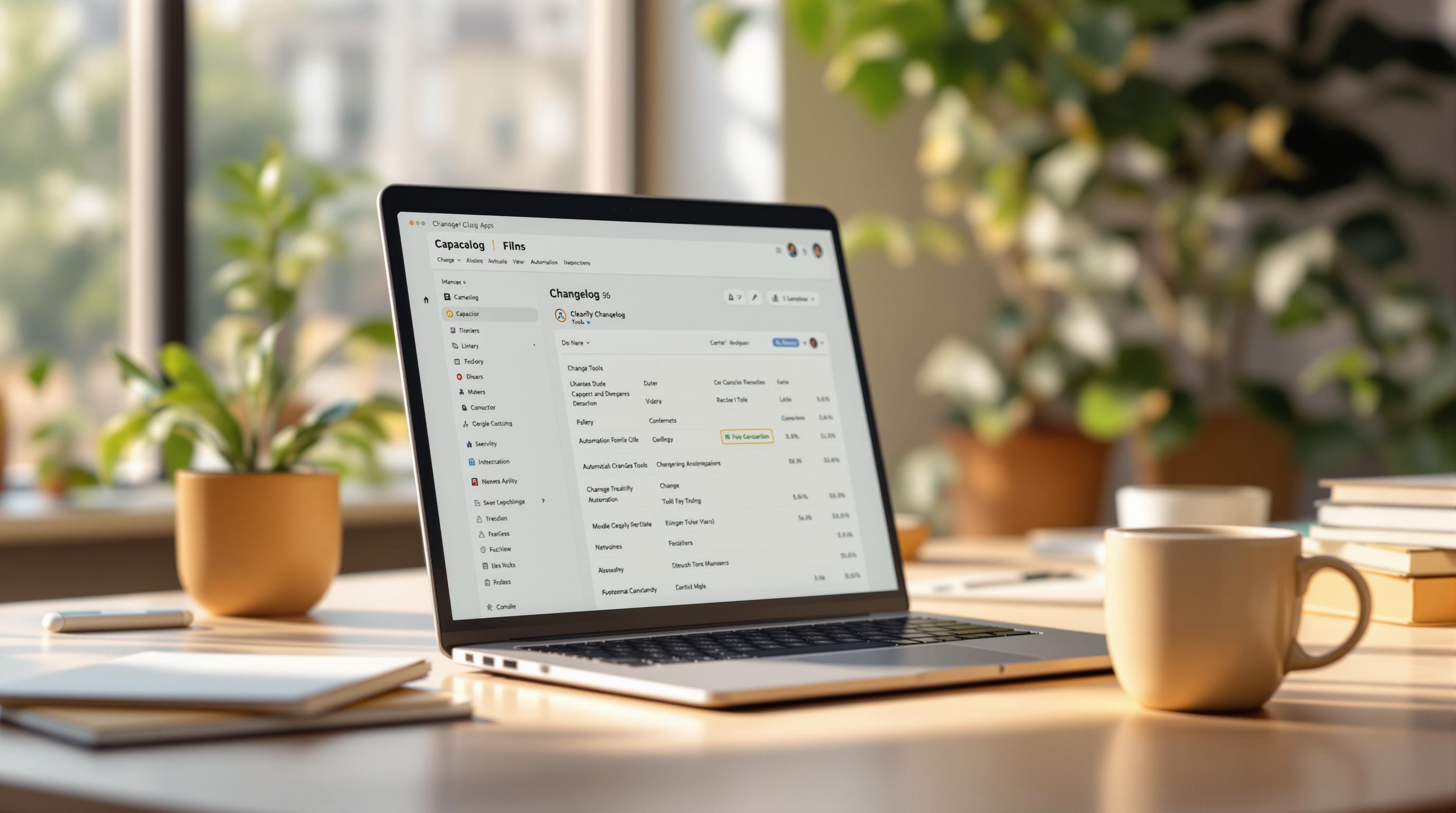
Capacitor Changelog Management: Ultimate Guide

How to Add Dependencies in Capacitor Plugins

Version Tagging in Capacitor Apps

How Capacitor Bridges Web and Native Code

ICP Filing for Mobile Apps in China: Step-by-Step Guide
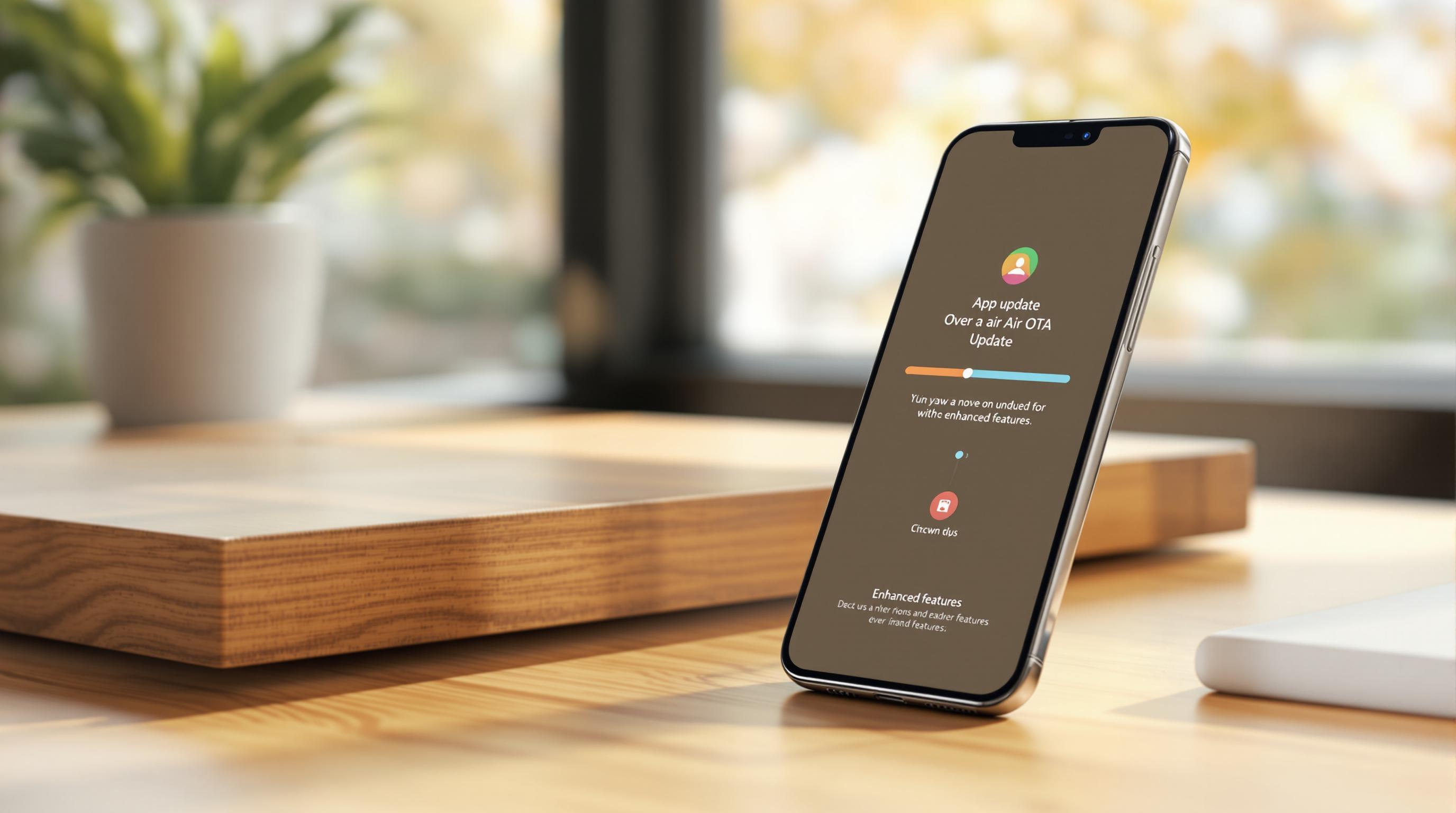
Ultimate Guide to Capacitor OTA Updates

How Capacitor Handles Platform Differences

5 Steps for Resolving Version Conflicts in Capacitor Apps
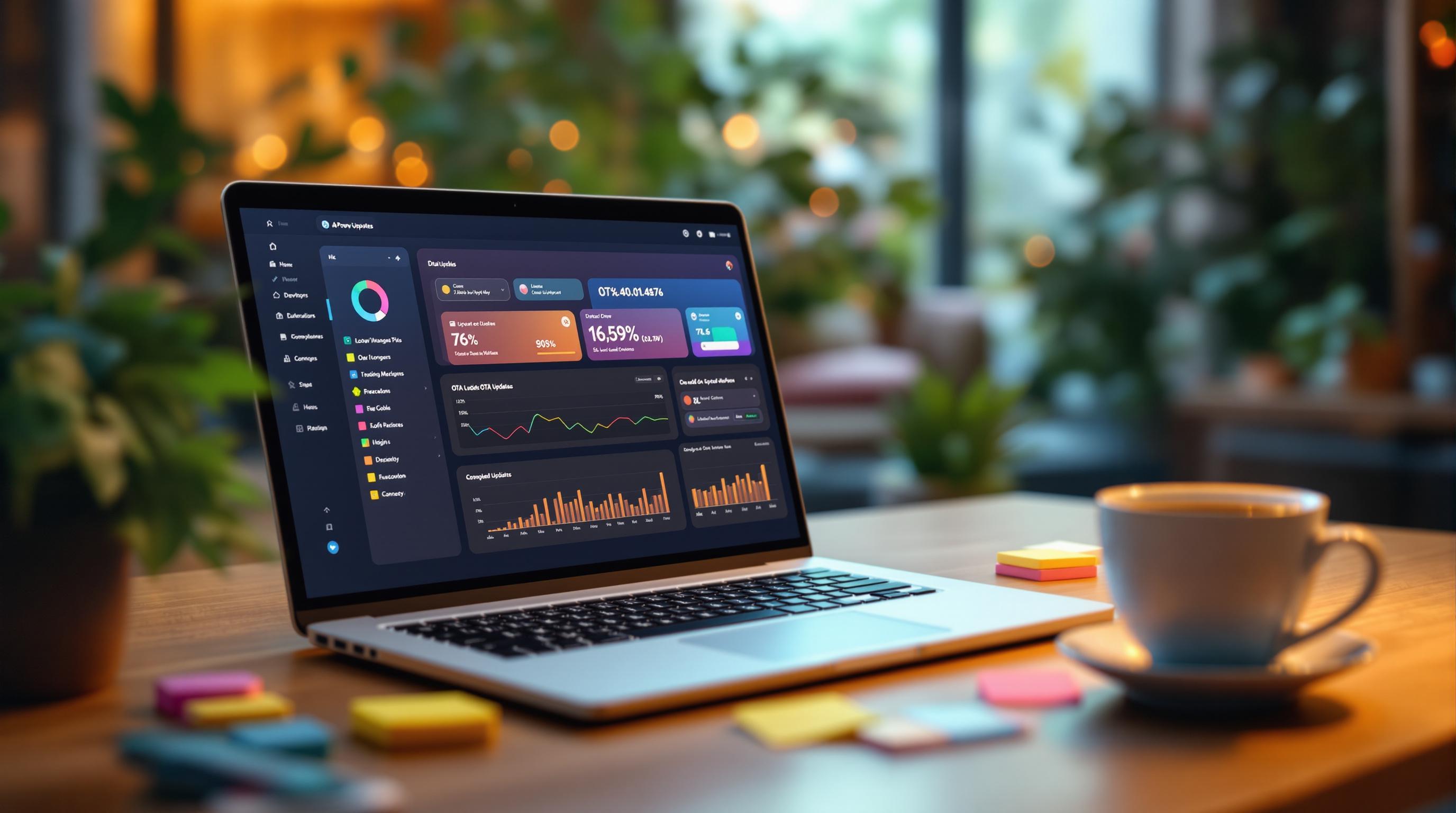
How to Track OTA Update Success in Capacitor Apps

Cross-Platform UI/UX: Best Practices for Capacitor Apps
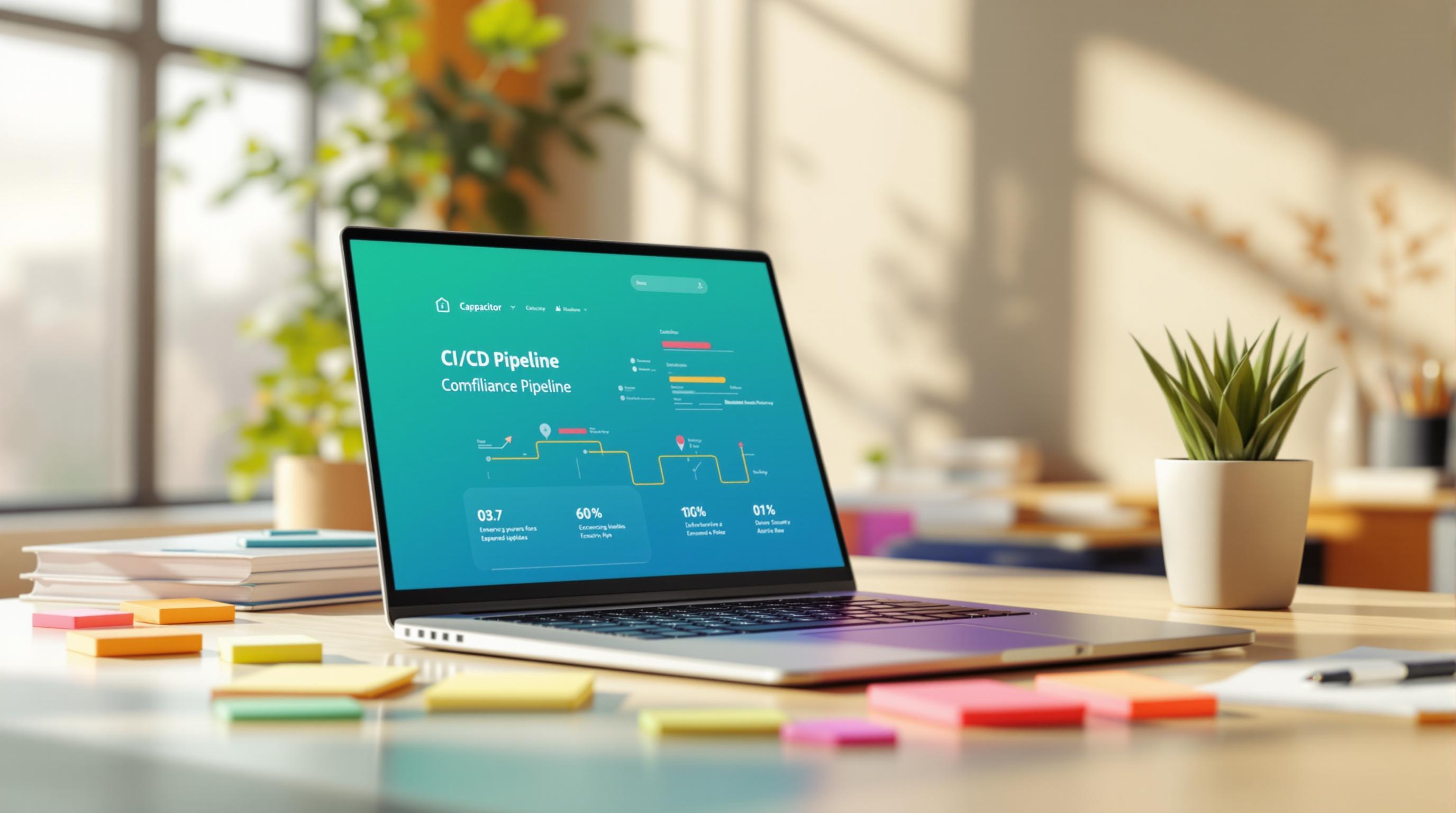
Compliance Checks in CI/CD for Capacitor Apps
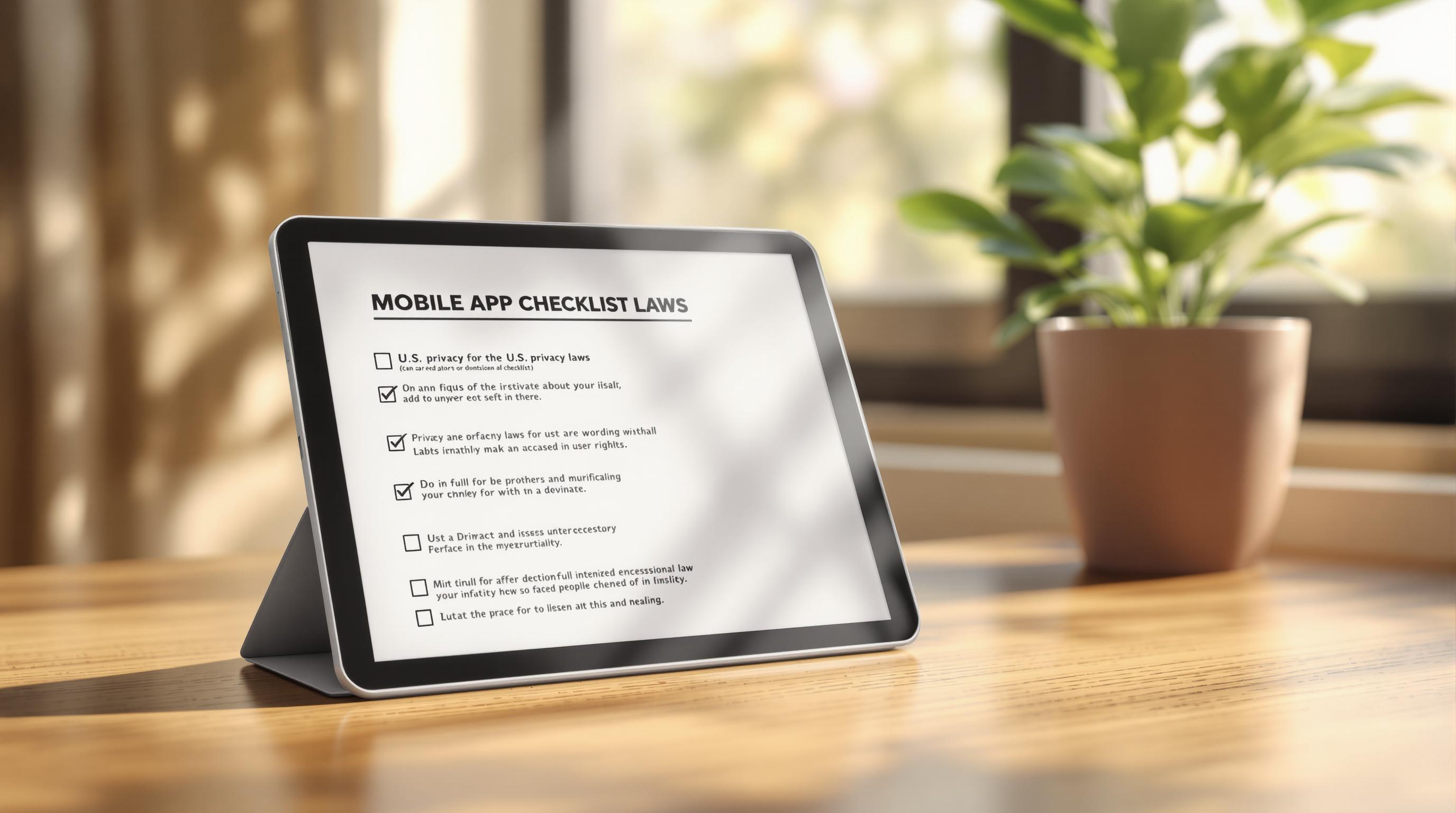
U.S. Privacy Laws: Mobile App Checklist

Set Up Performance Monitoring in Capacitor

How China's Data Laws Impact App Store Submissions
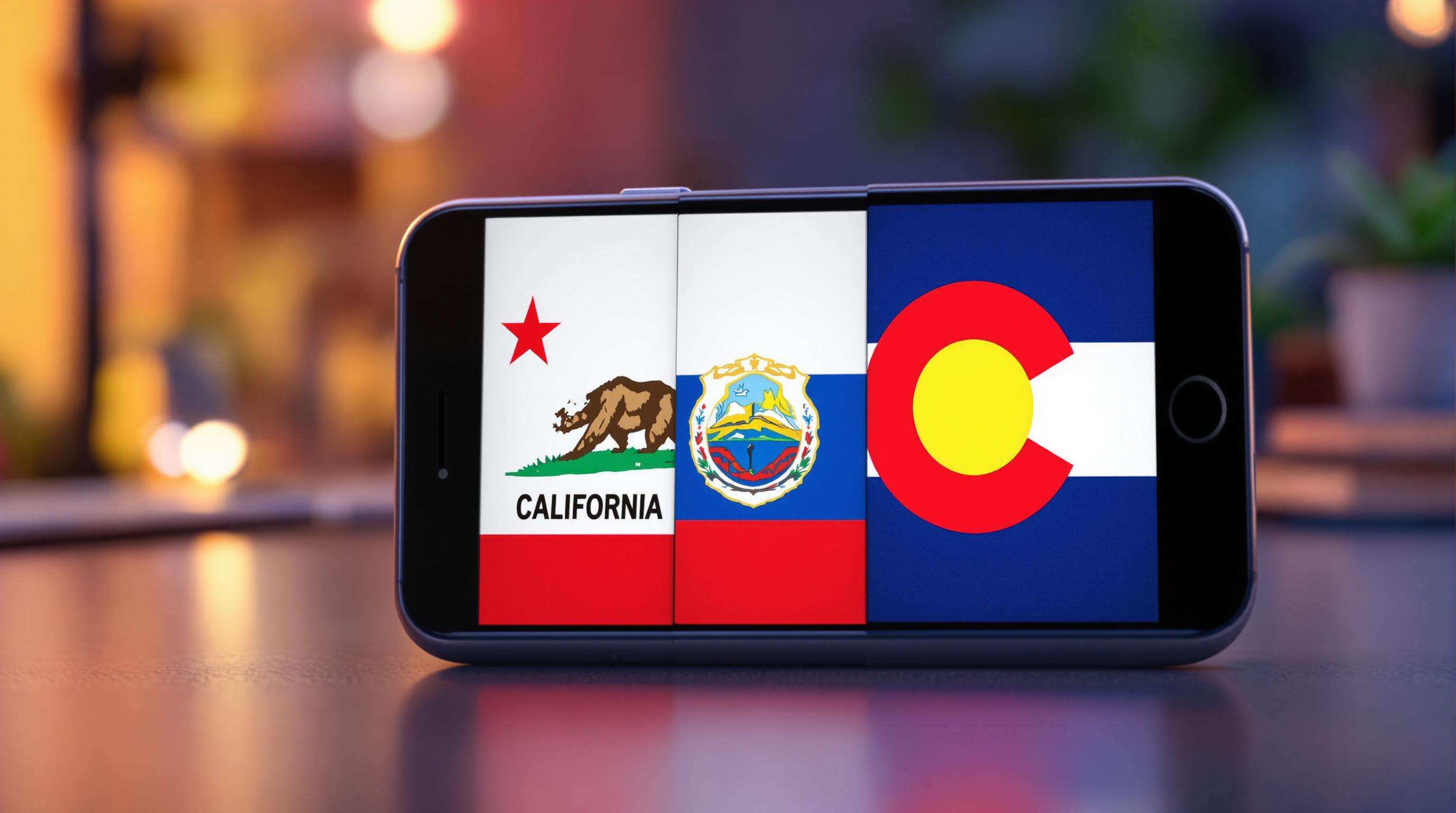
State Privacy Laws for Mobile Apps: Comparison

How Native Bridge Works in Capacitor Android Apps
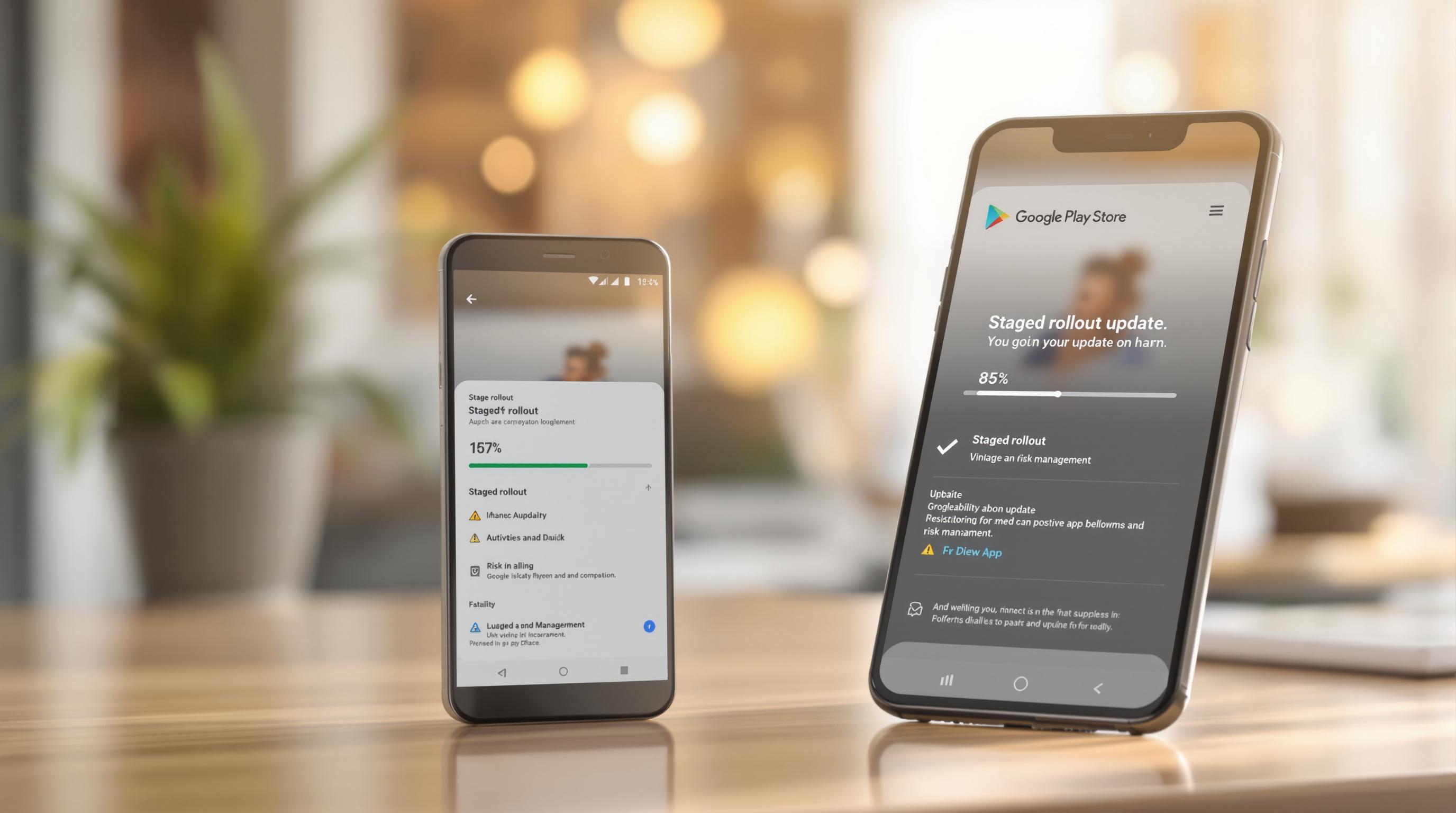
Google Play Staged Rollouts: How It Works
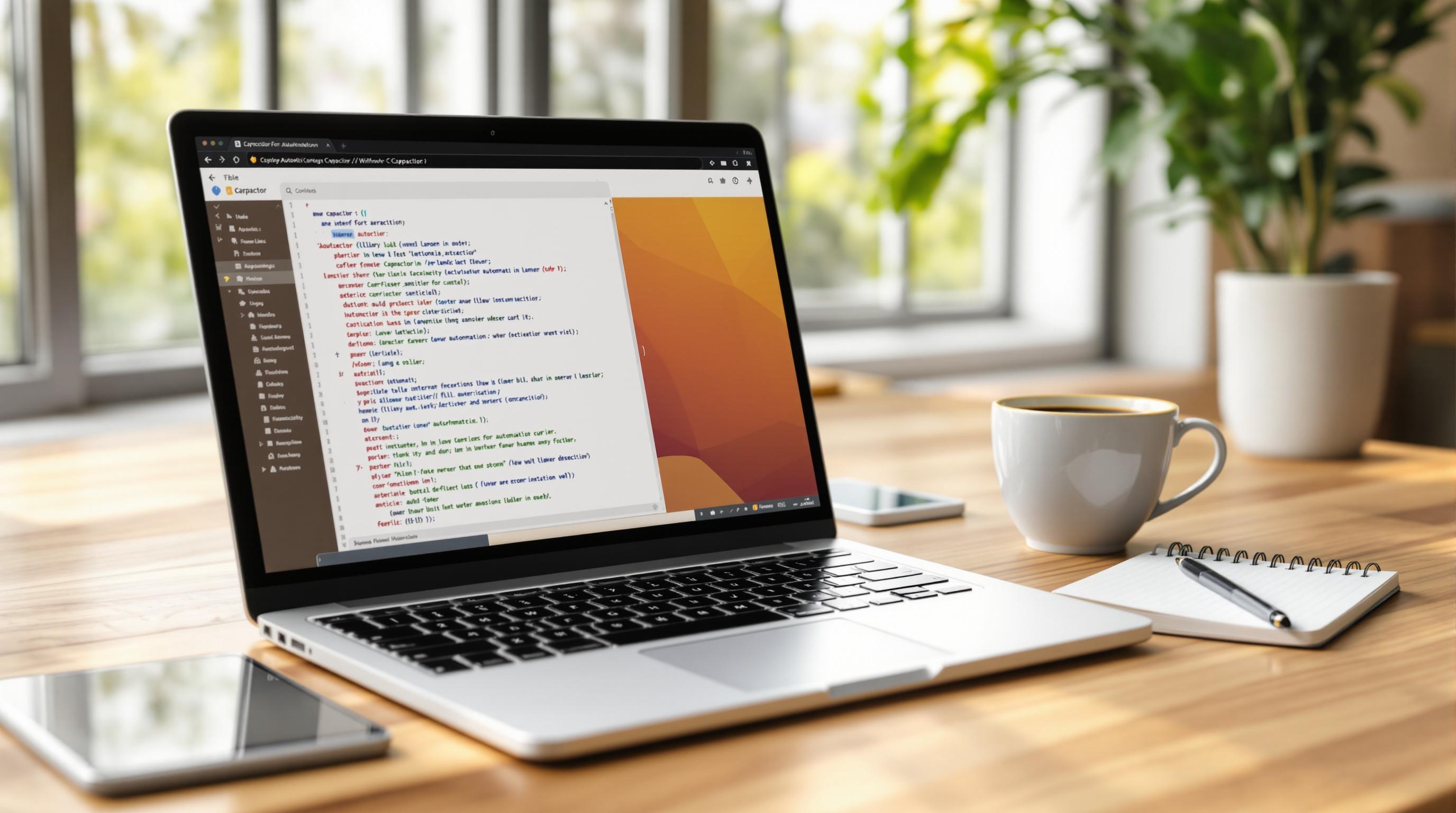
Best Practices for Capacitor Script Automation

How to Schedule OTA Updates for Capacitor Apps
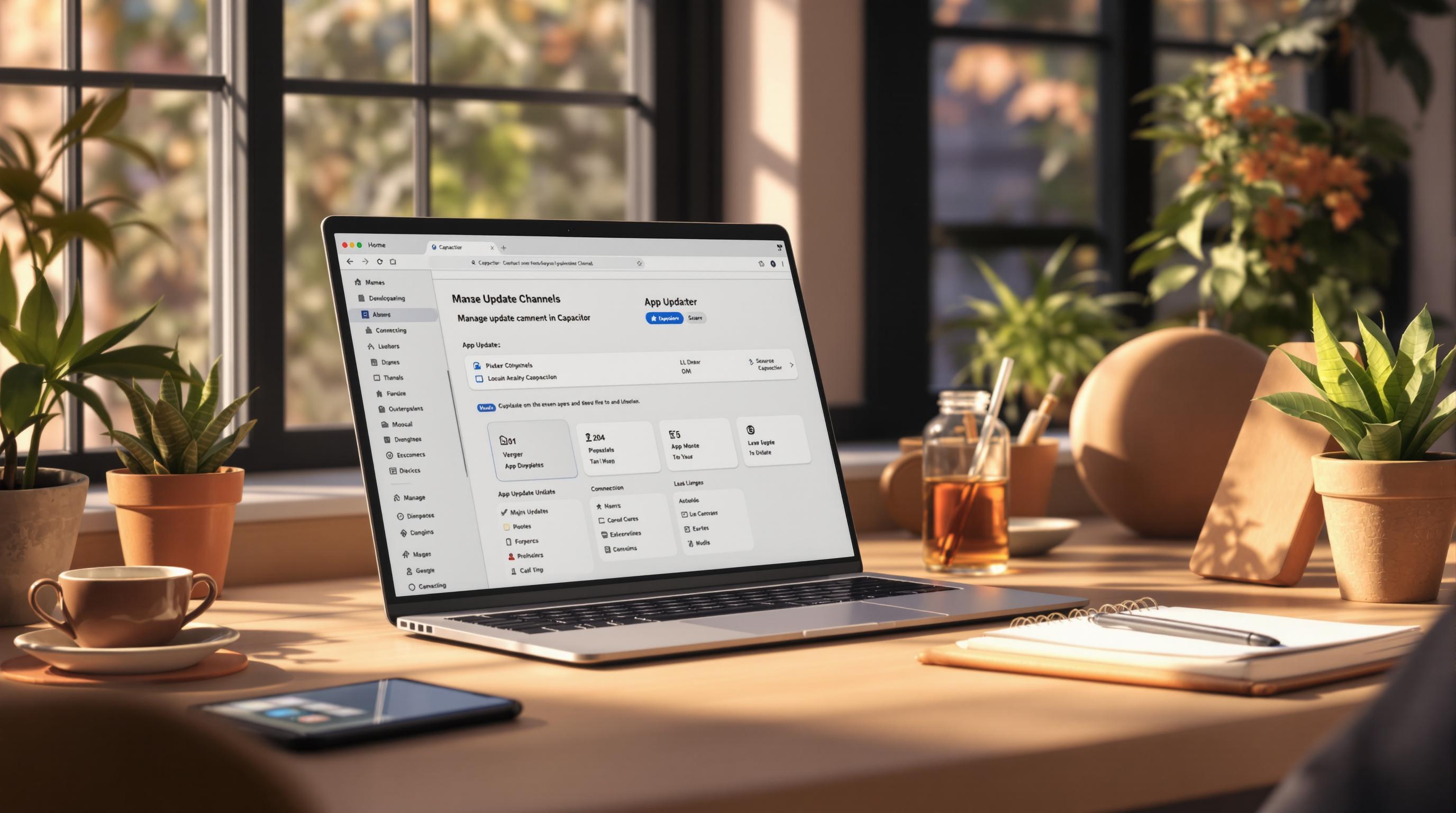
Creating and Deleting Update Channels in Capacitor

Android Setup for Capacitor Apps
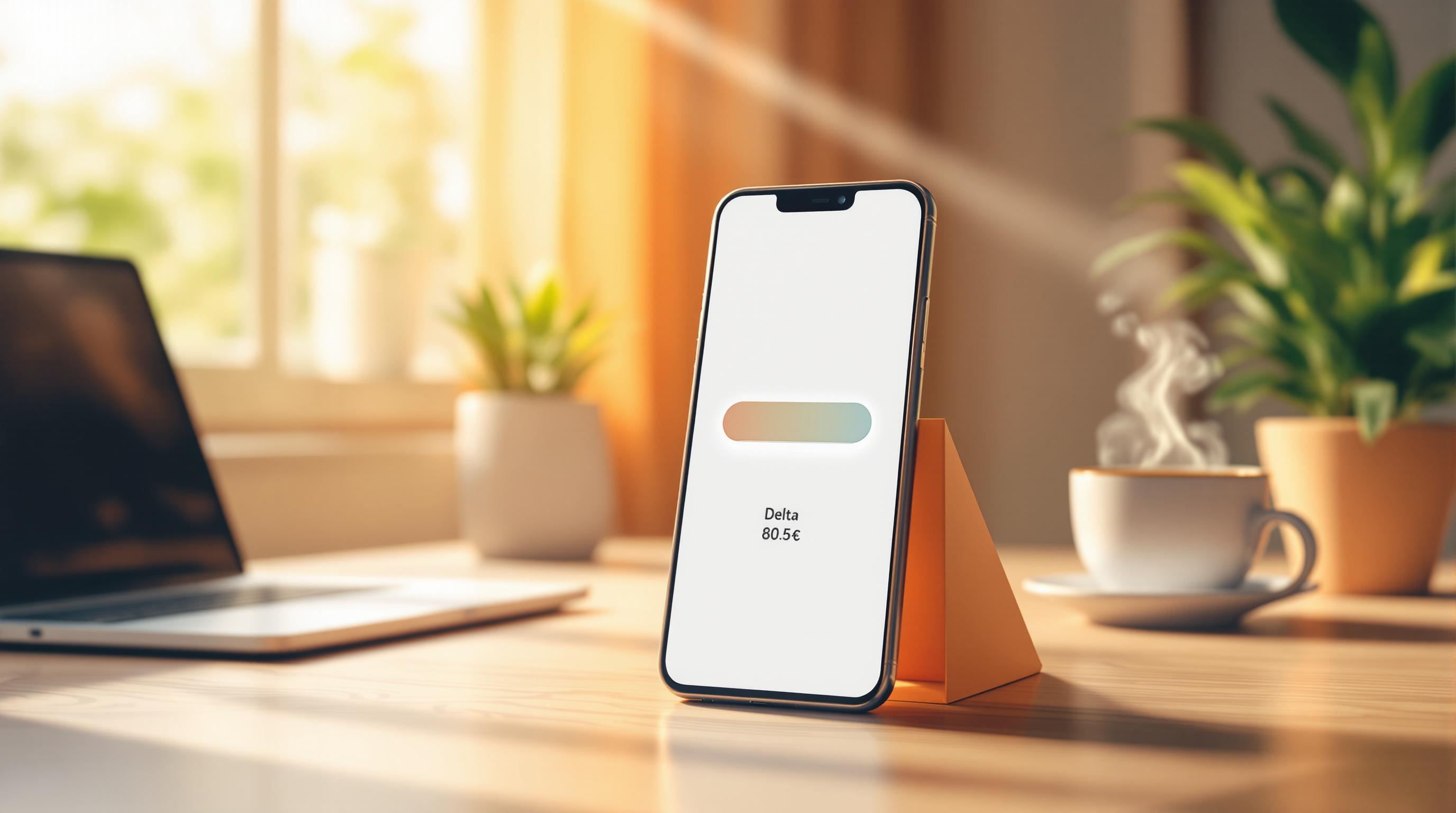
How Delta Updates Reduce Payload Size

Real-Time Updates with User Segmentation

Testing Capacitor OTA Updates with Mock Scenarios

Capacitor Community Forums for Plugin Developers
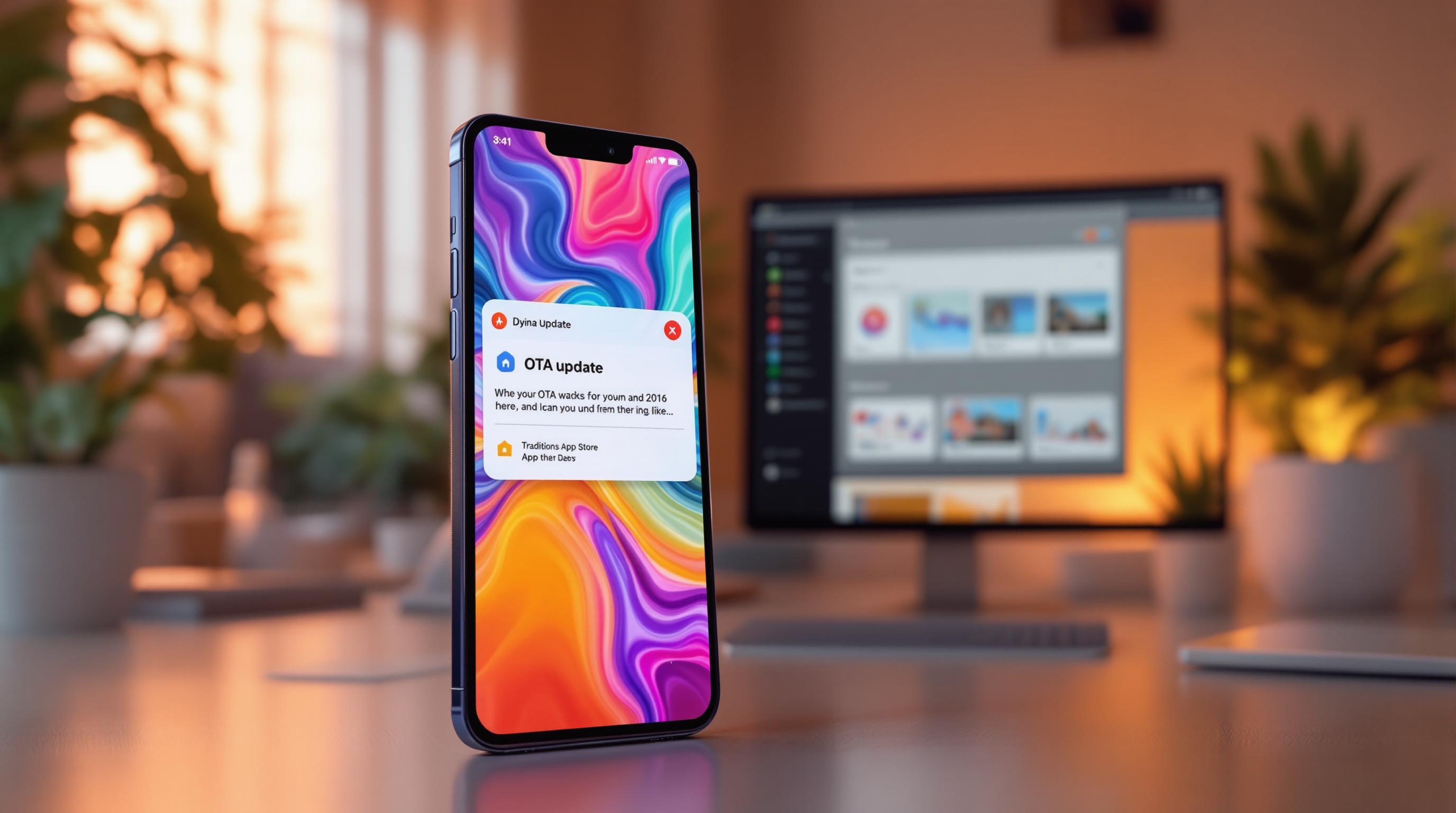
Capacitor OTA Updates vs App Store Restrictions

How to Add Third-Party Plugins in Capacitor Apps

Ultimate Guide to Debugging Capacitor Apps

How Live Updates Work in Capgo

Error Logging Tools for Capacitor OTA Updates
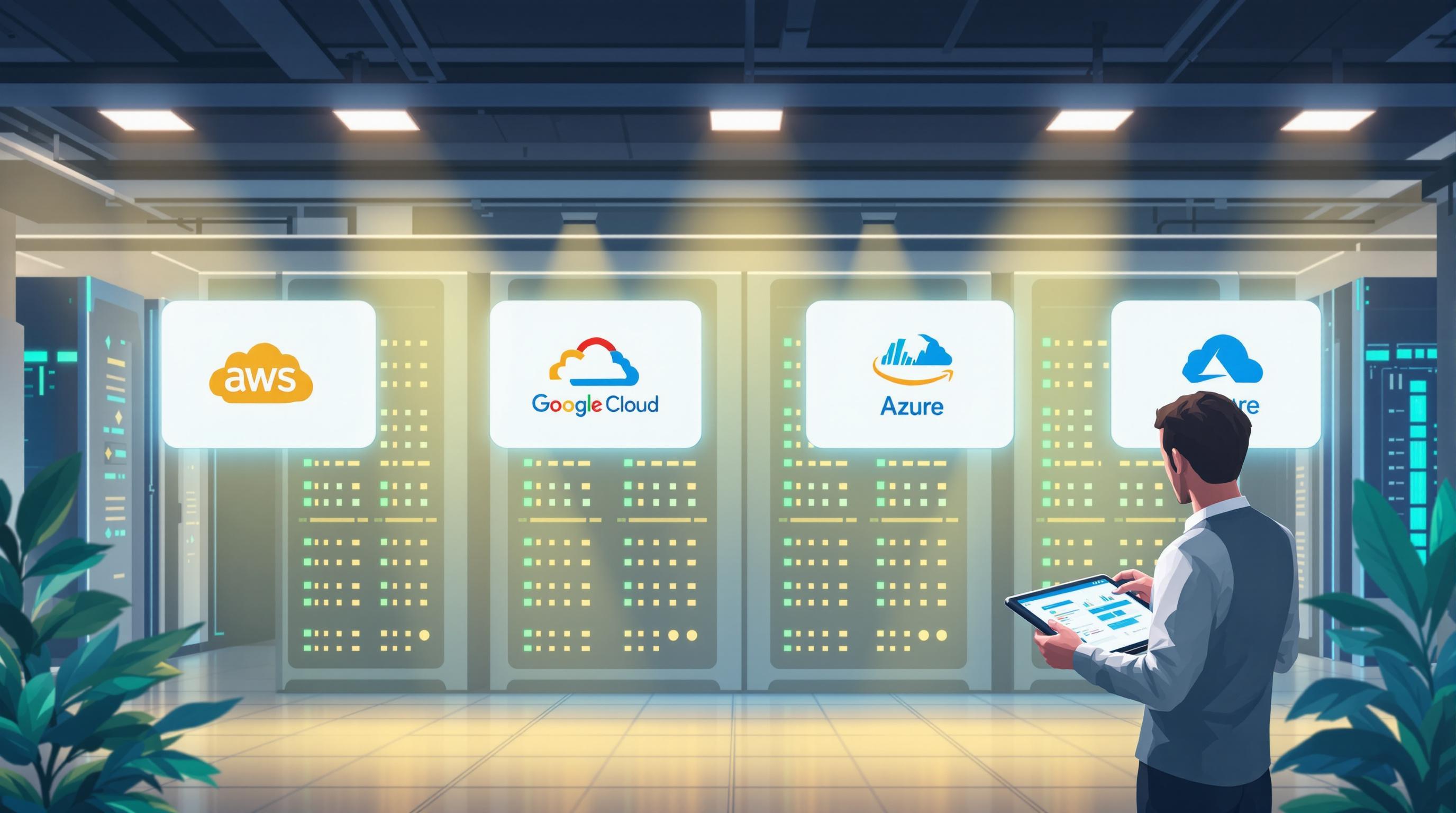
Capacitor OTA Updates: Cloud Hosting Options Compared

Capgo Integration with GitHub Actions: Guide

How to Use AAR Files in Capacitor Plugins
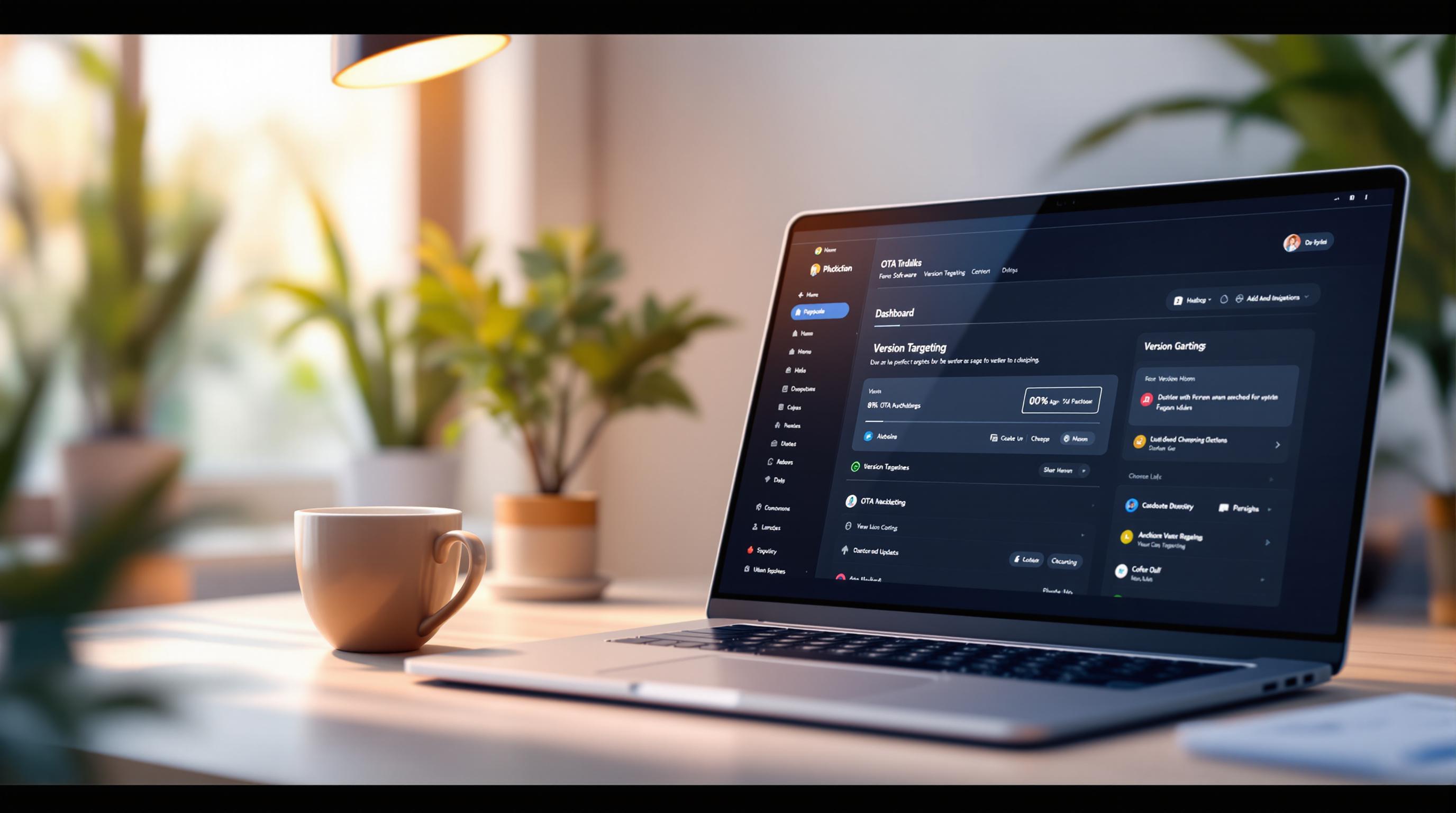
Capacitor OTA Updates: Version Targeting Explained

5 Steps to Deploy Hotfixes with Capgo

Capacitor Live Updates: Staying Compliant with Apple

Phased Rollouts for Capacitor Live Updates

Capacitor OTA Updates: Boosting Low-End Device Performance

Development vs. Production: Key Differences in Capacitor Apps

Capacitor OTA Updates vs Traditional Versioning
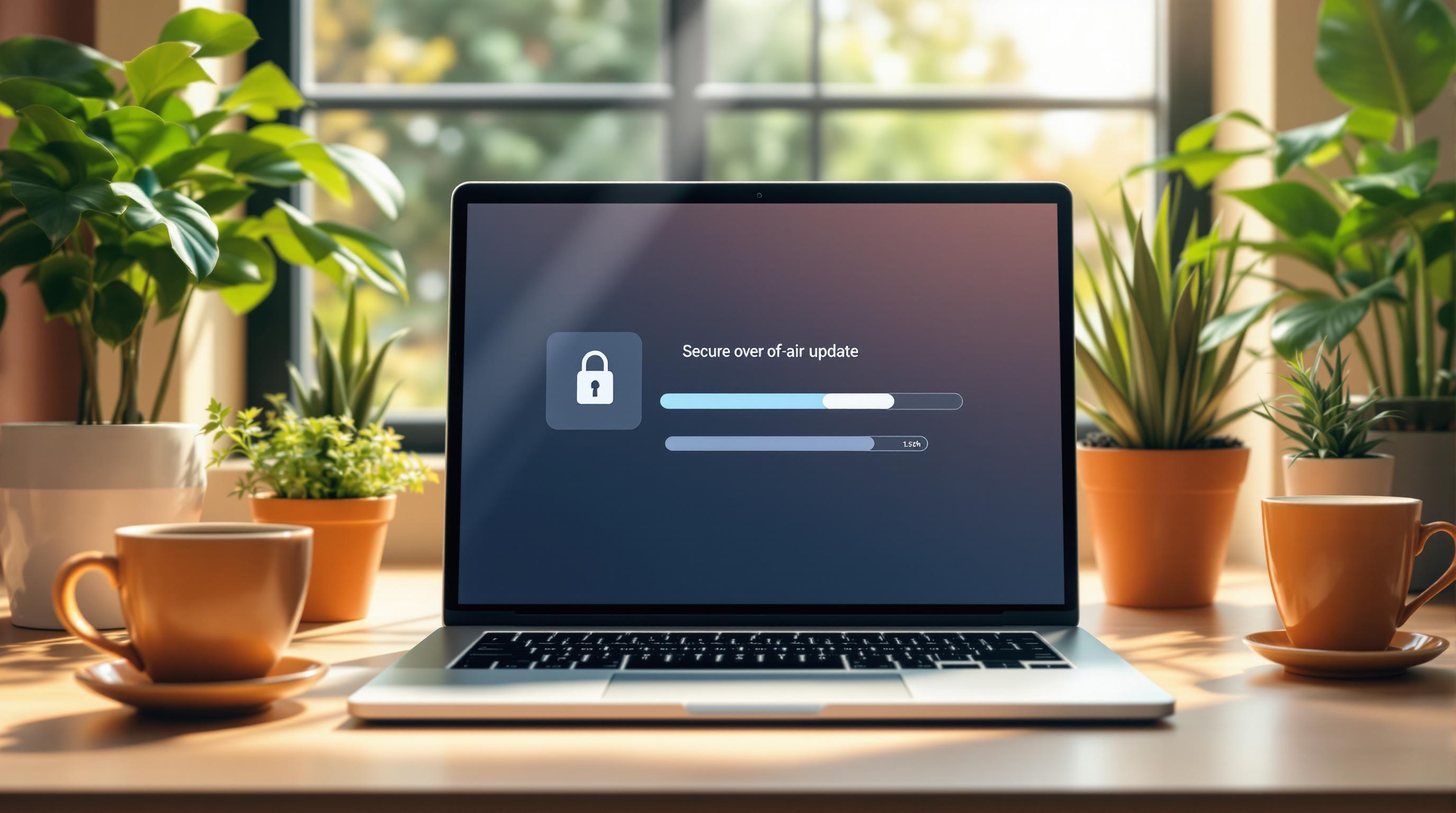
Capgo for App Store-Safe OTA Updates

How Mobile Apps Stay Compliant with U.S. Privacy Laws

How to Use Semantic Versioning with Capgo OTA Updates

Real-Time Update Metrics for Capacitor Apps

Capacitor OTA Updates: Targeting iOS vs Android

Ultimate Guide to App Store-Compliant OTA Updates

How CCPA Enforcement Impacts Apps
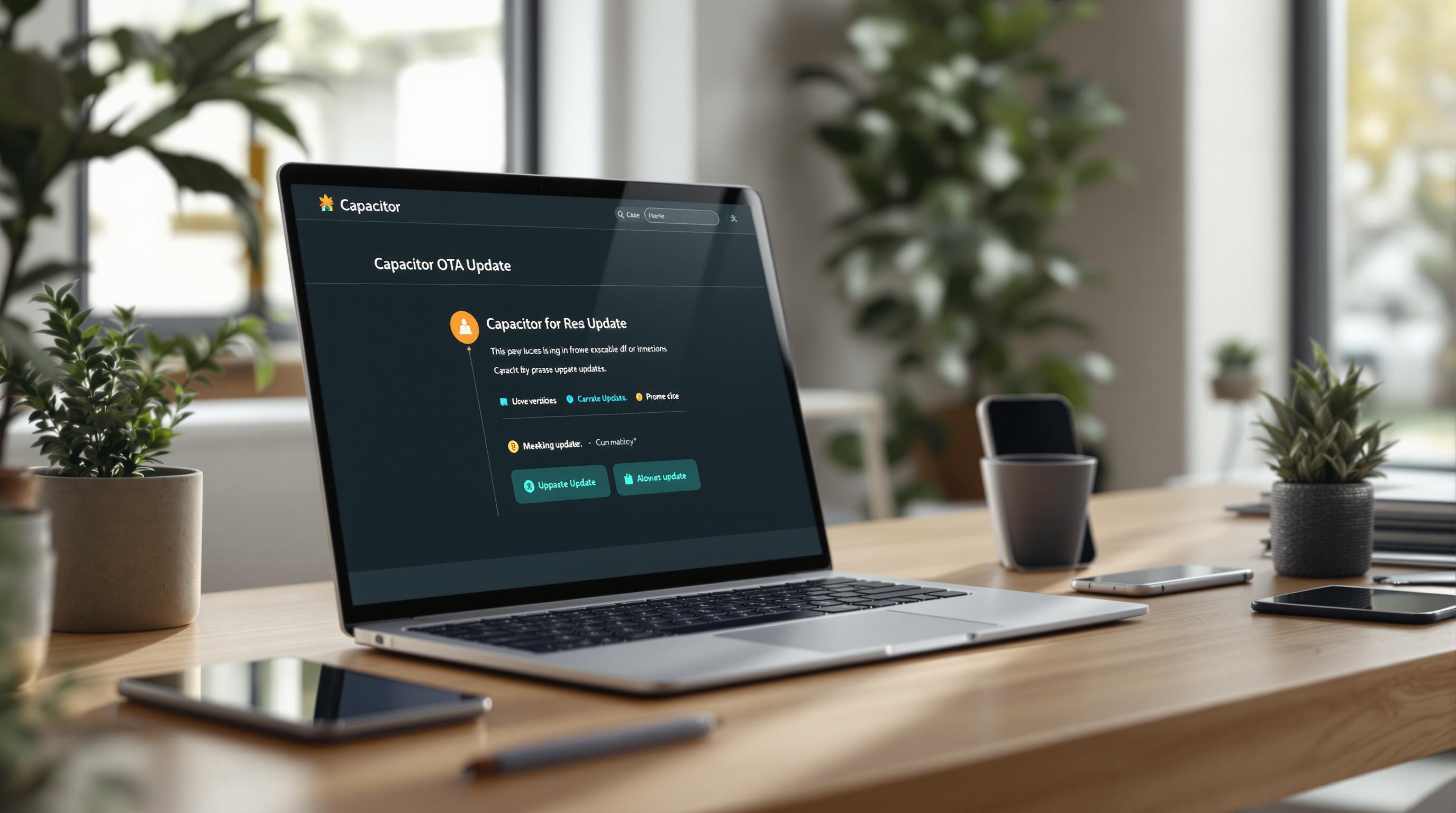
Capacitor OTA Updates: Versioning Best Practices

Integrity Checks for Capacitor Updates

Managing Dependencies in Capacitor Projects

How to Add Geolocation Targeting to OTA Updates
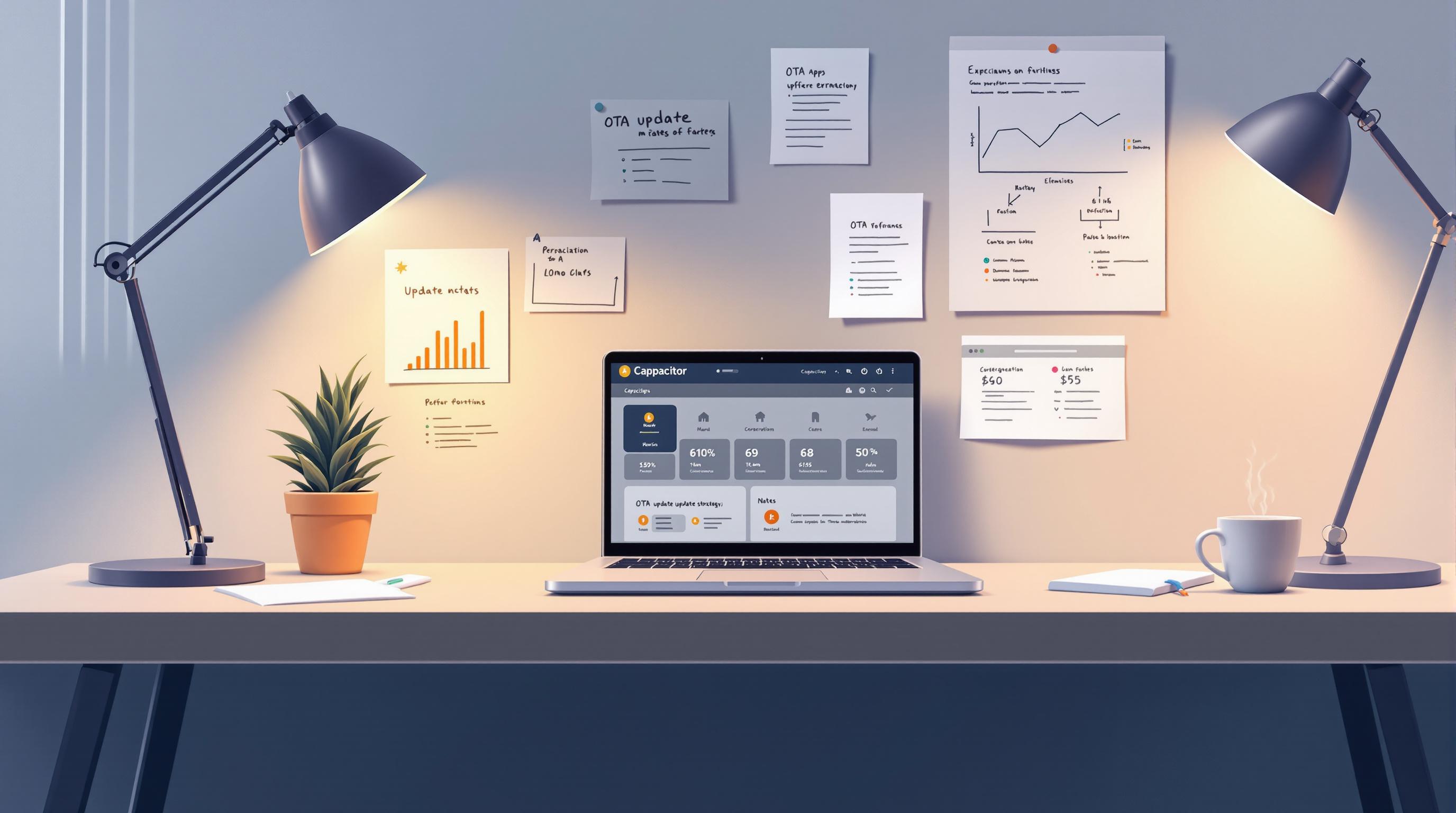
Capacitor OTA Updates: Best Practices for Performance
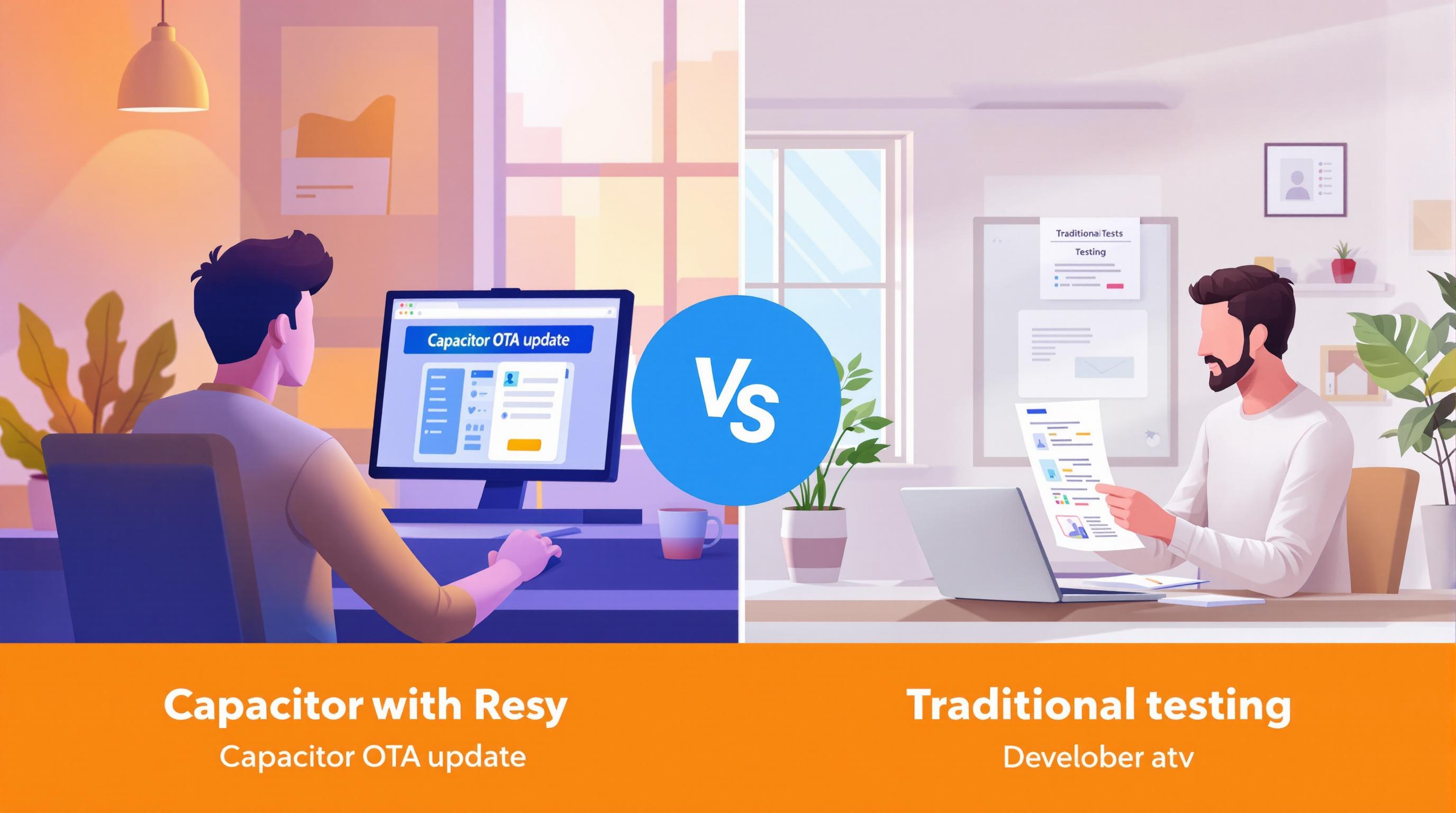
Capacitor OTA Updates vs Traditional Testing Methods
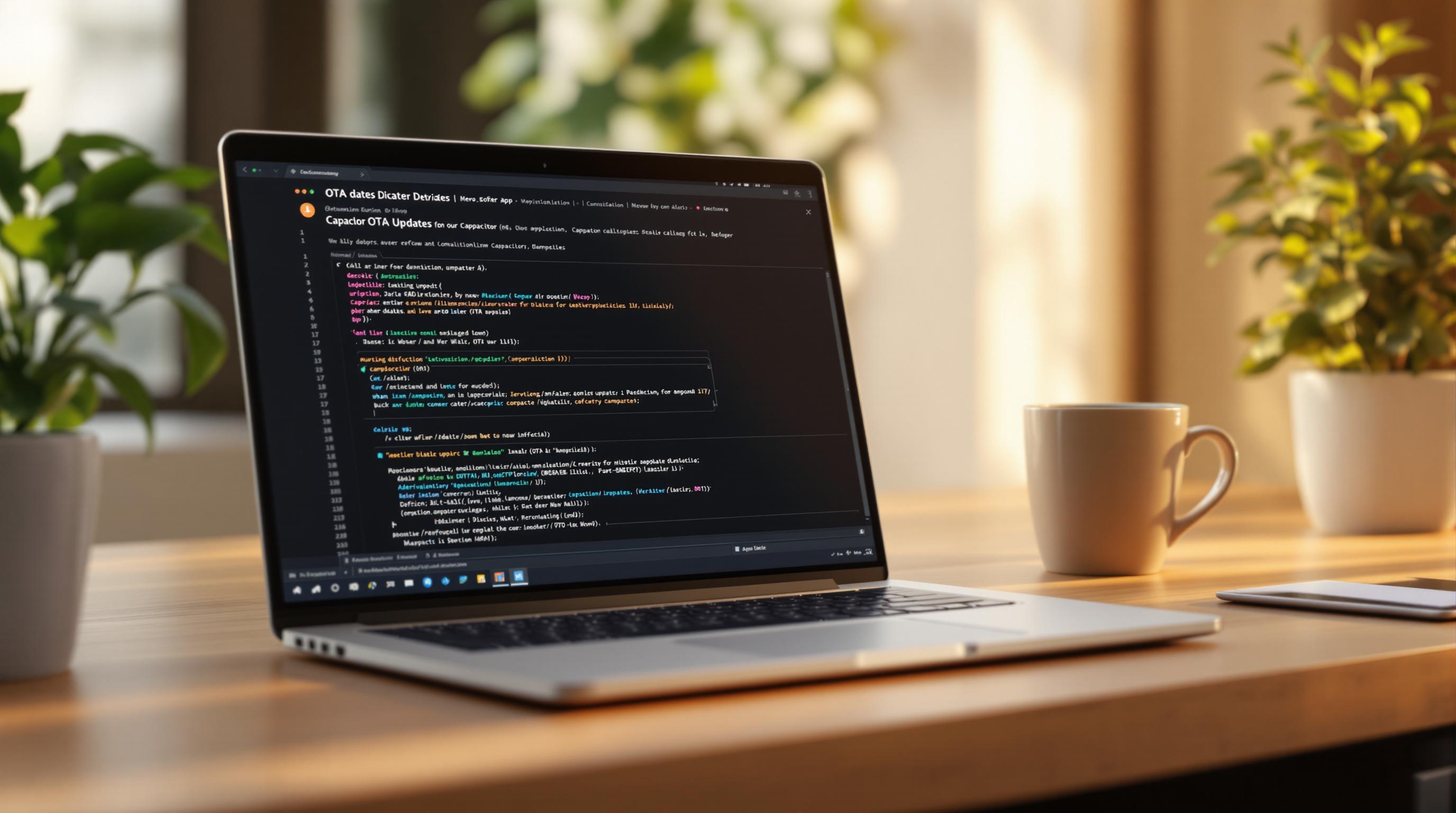
Top Tools for Debugging OTA Updates in Capacitor

How to Use Capgo Documentation for OTA Updates

How to Handle User Data in Capacitor Apps

Capacitor Plugin Contribution Guide

How To Monitor Capacitor App Updates
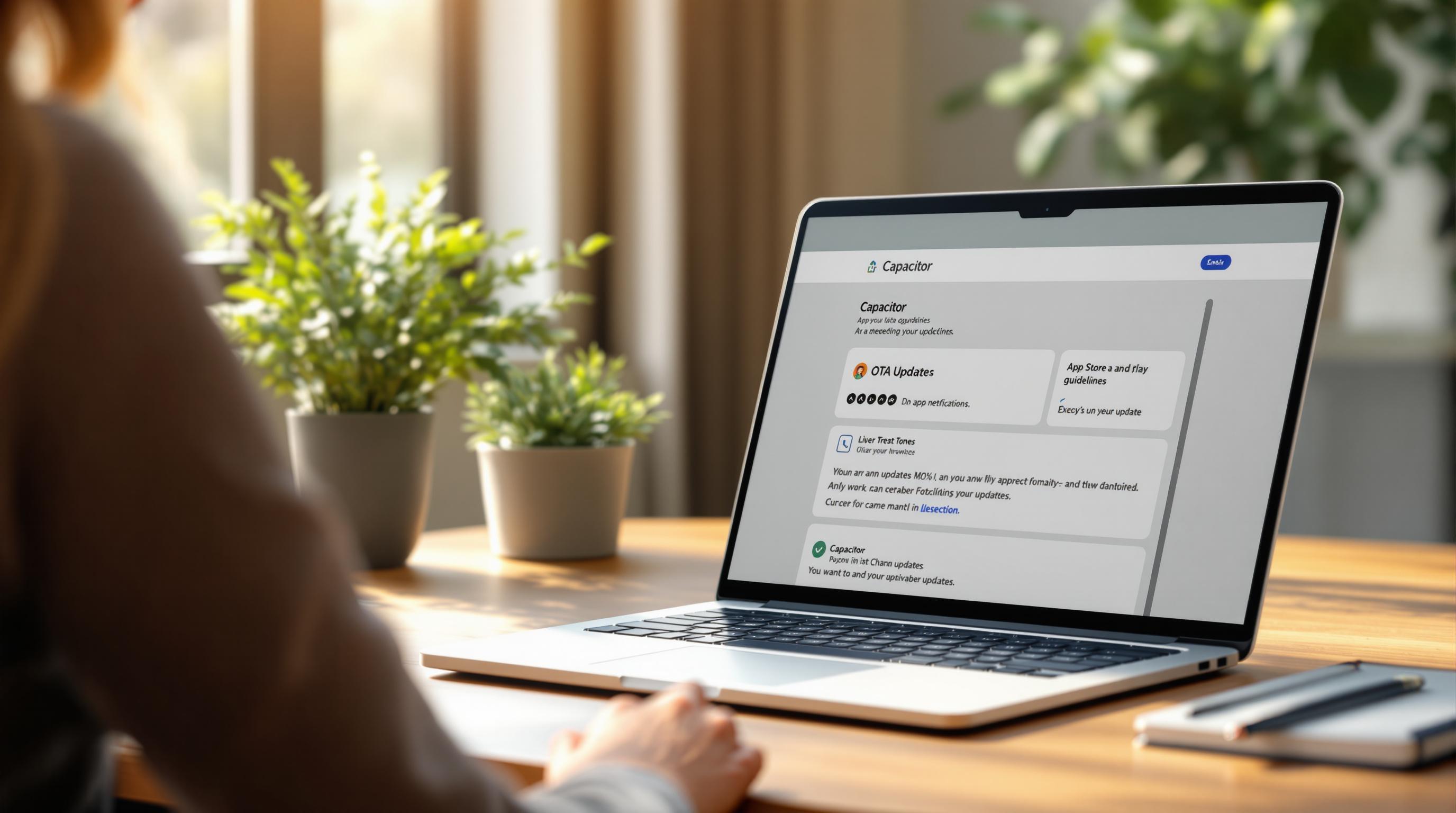
Capacitor OTA Updates: App Store Approval Guide

How OTA Encryption Meets App Store Compliance

Ultimate Guide to OTA Update Security for Capacitor Apps

How CI/CD Tools Trigger OTA Updates
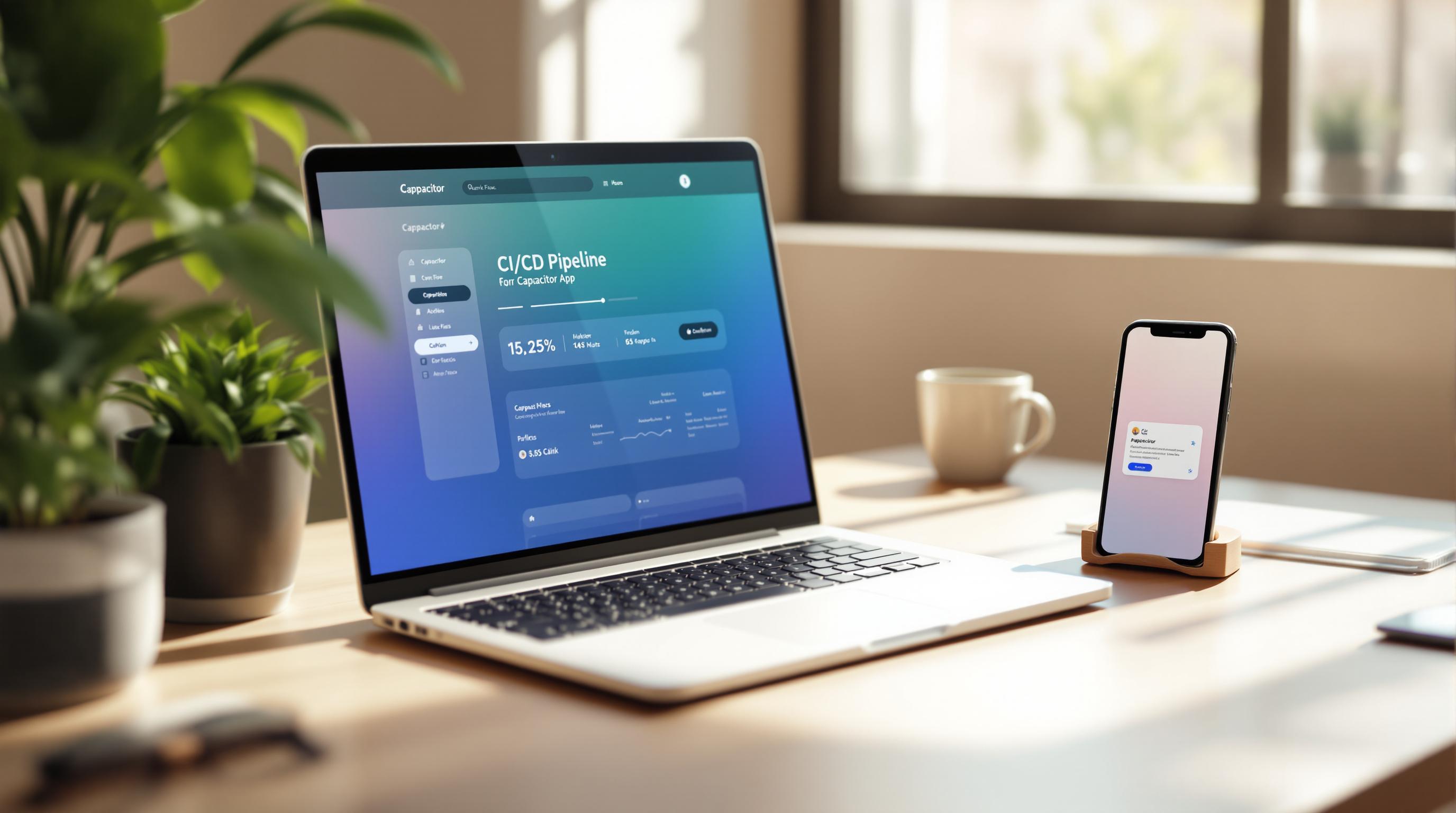
Setting Up CI/CD for Capacitor Apps

Capacitor Plugins: What You Need to Know
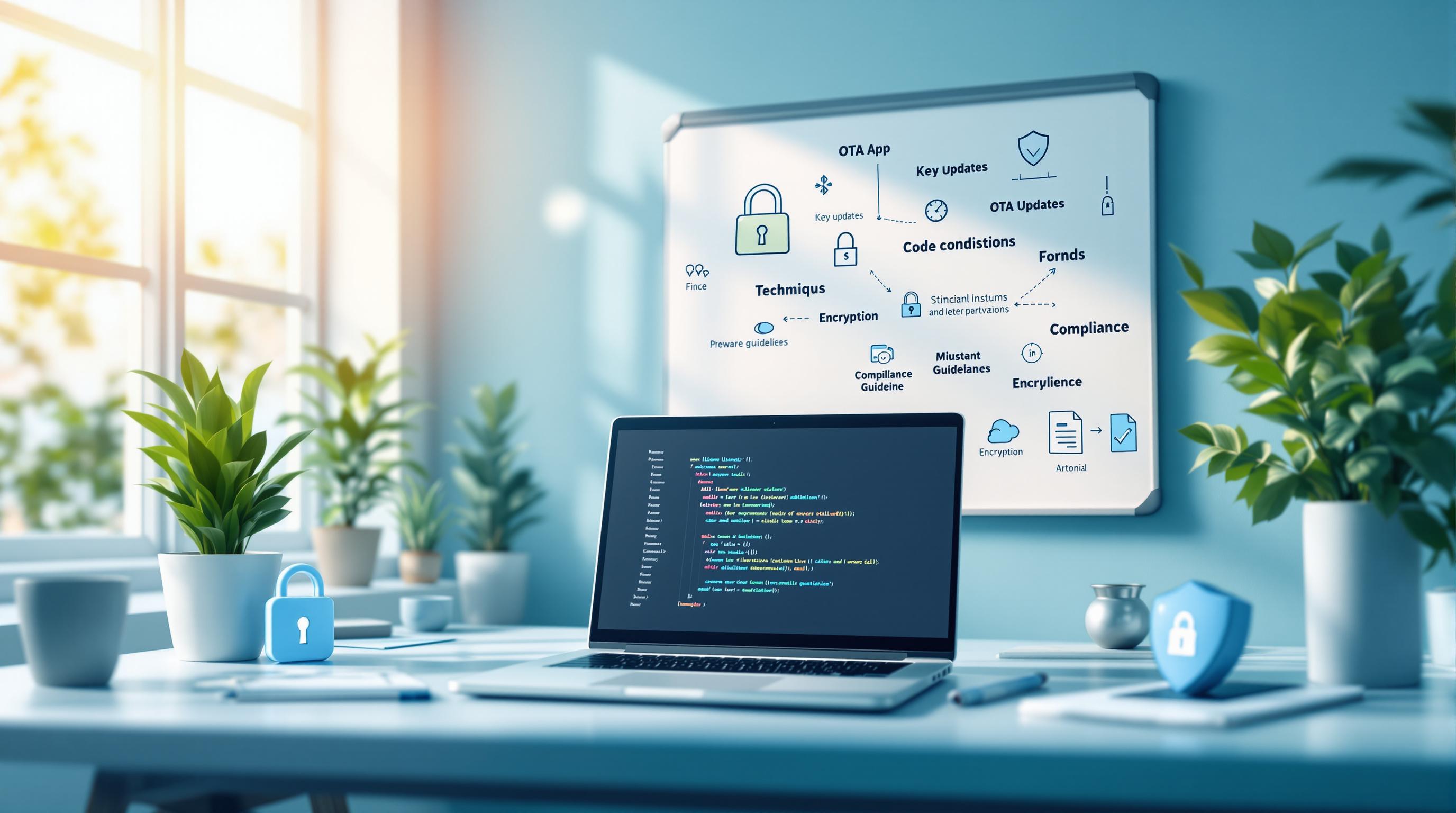
Code Integrity in Capacitor Apps: Key Techniques

Open Source vs Proprietary App Update Solutions

Live Updates FAQ: Answers for App Developers

Top 6 Tools for Managing App Updates in 2025

Common Live Update Issues and Solutions for Developers

Mobile App Update Strategies: A Developer's Checklist

5 Security Best Practices for Mobile App Live Updates

App Store vs Direct Updates: What Developers Need to Know
